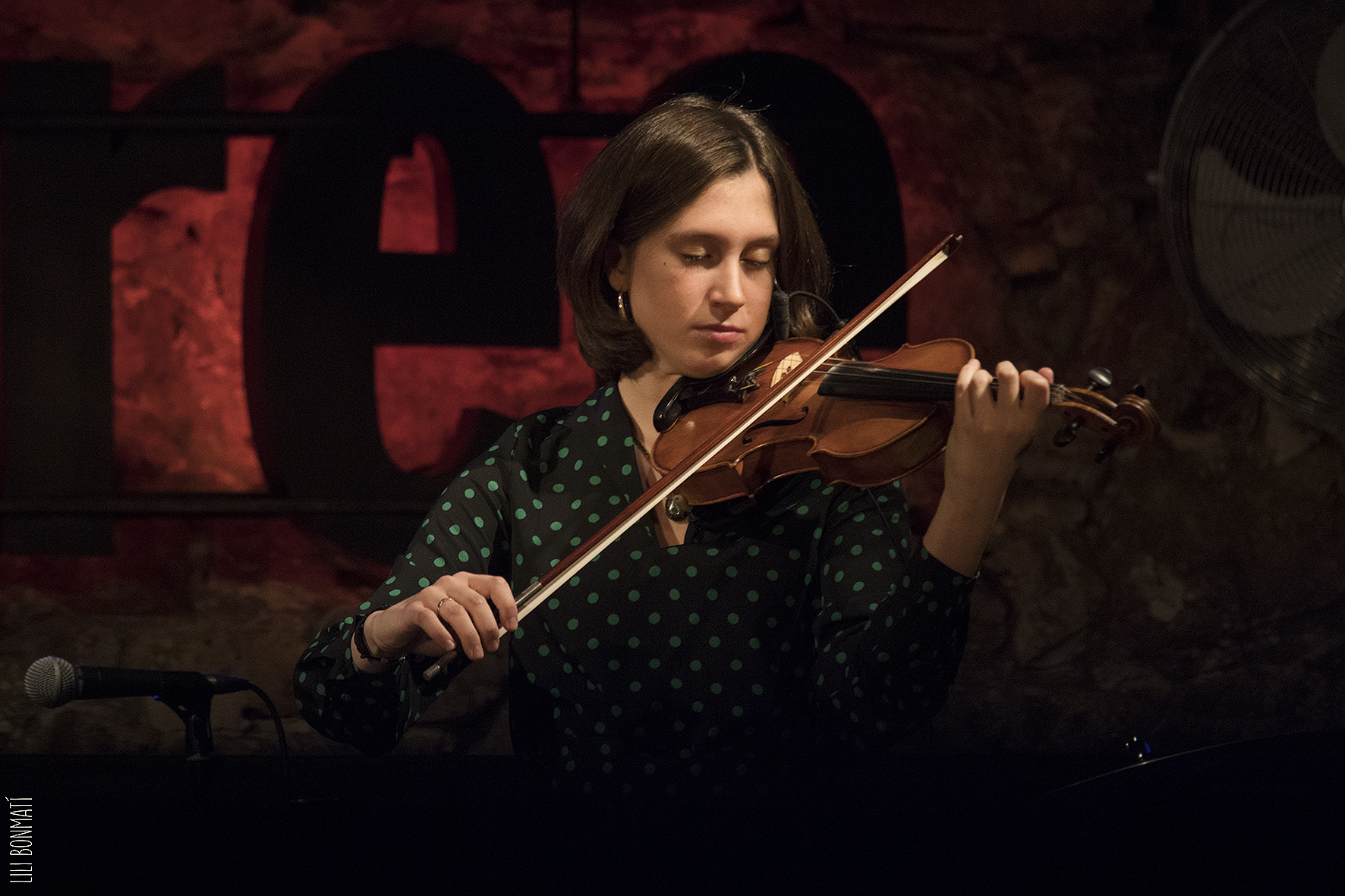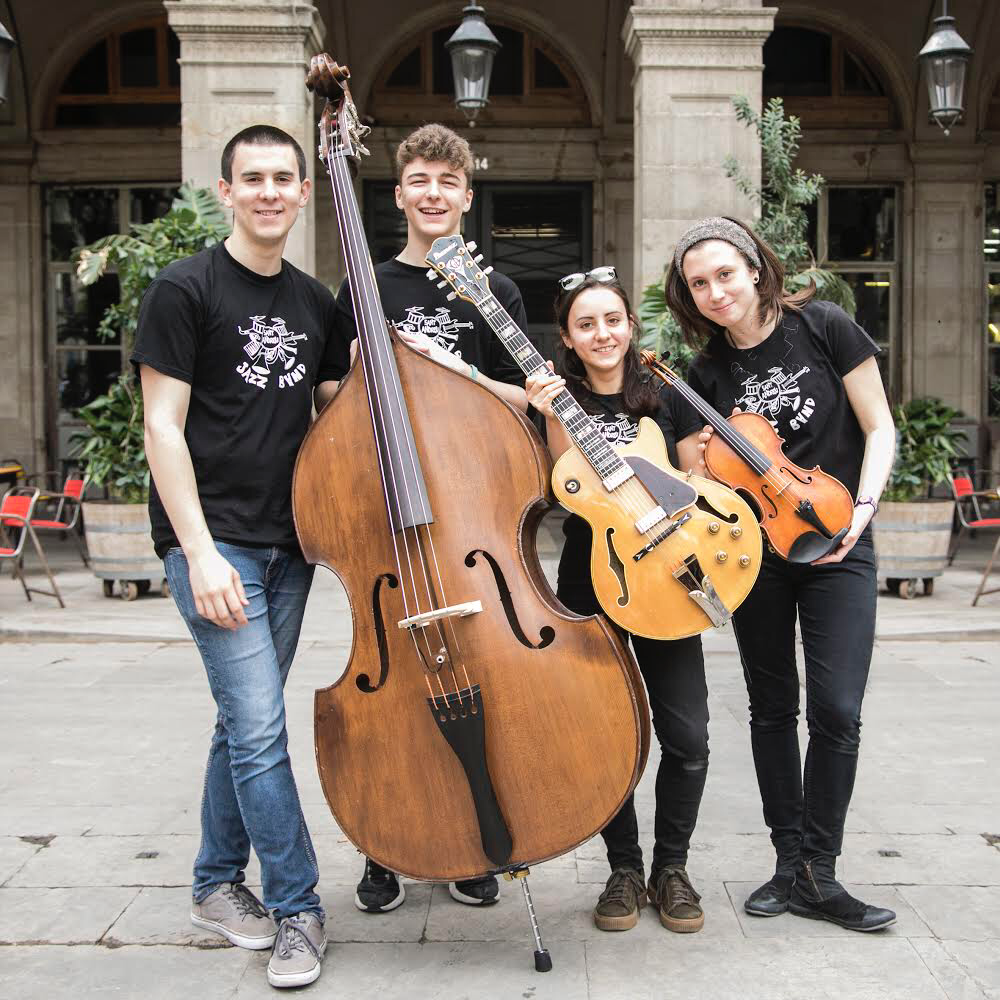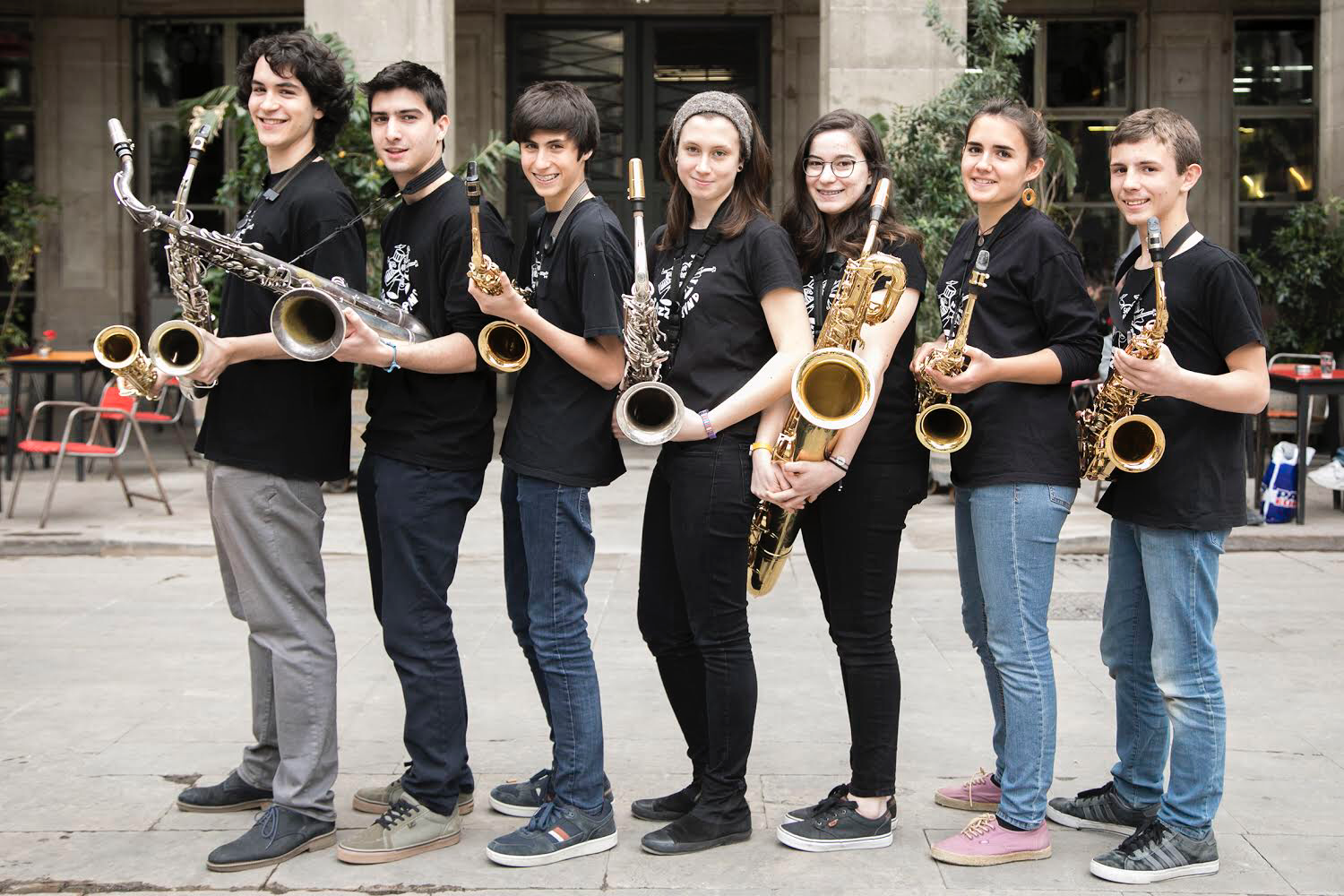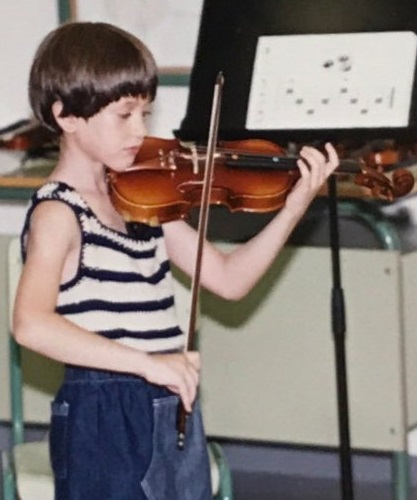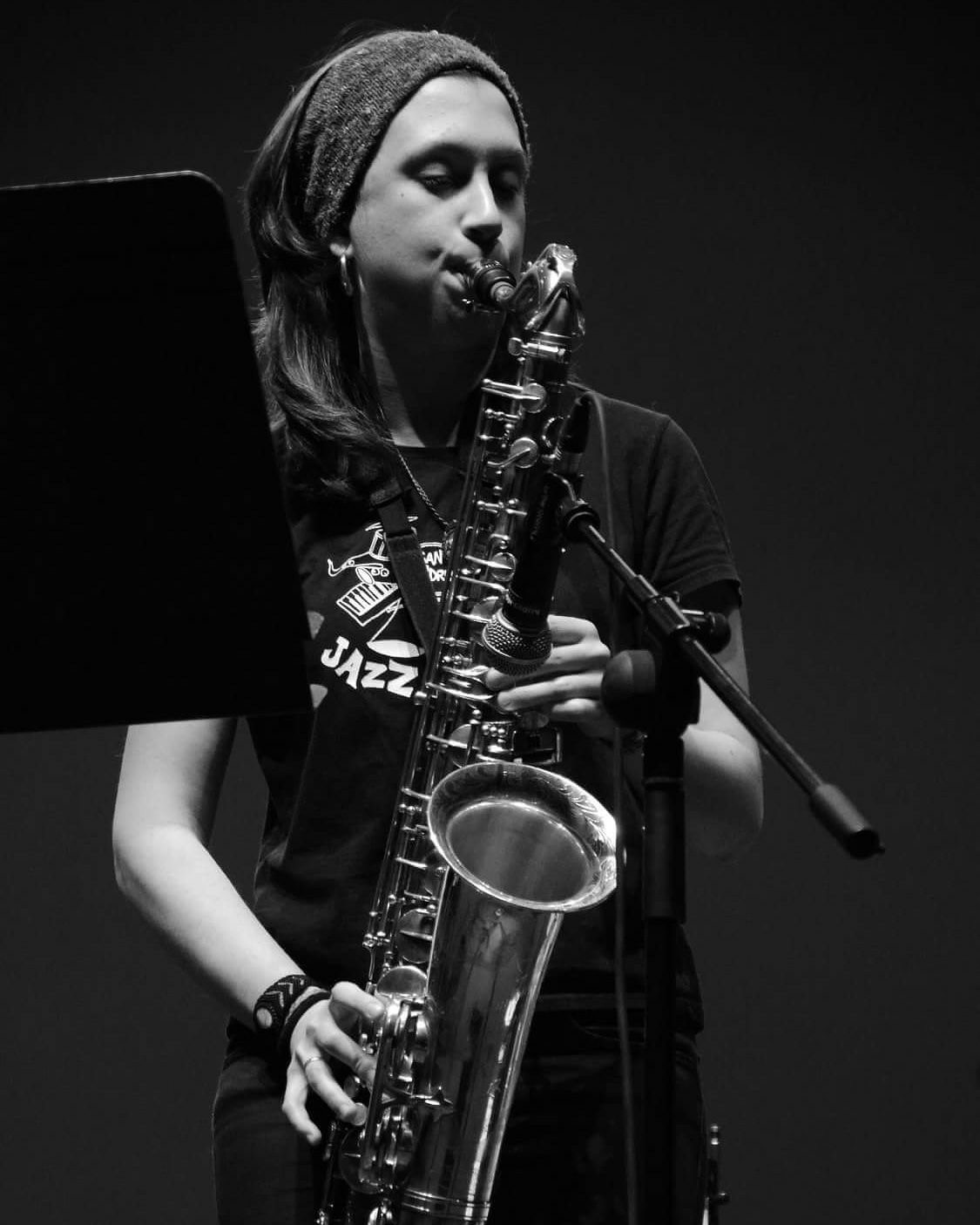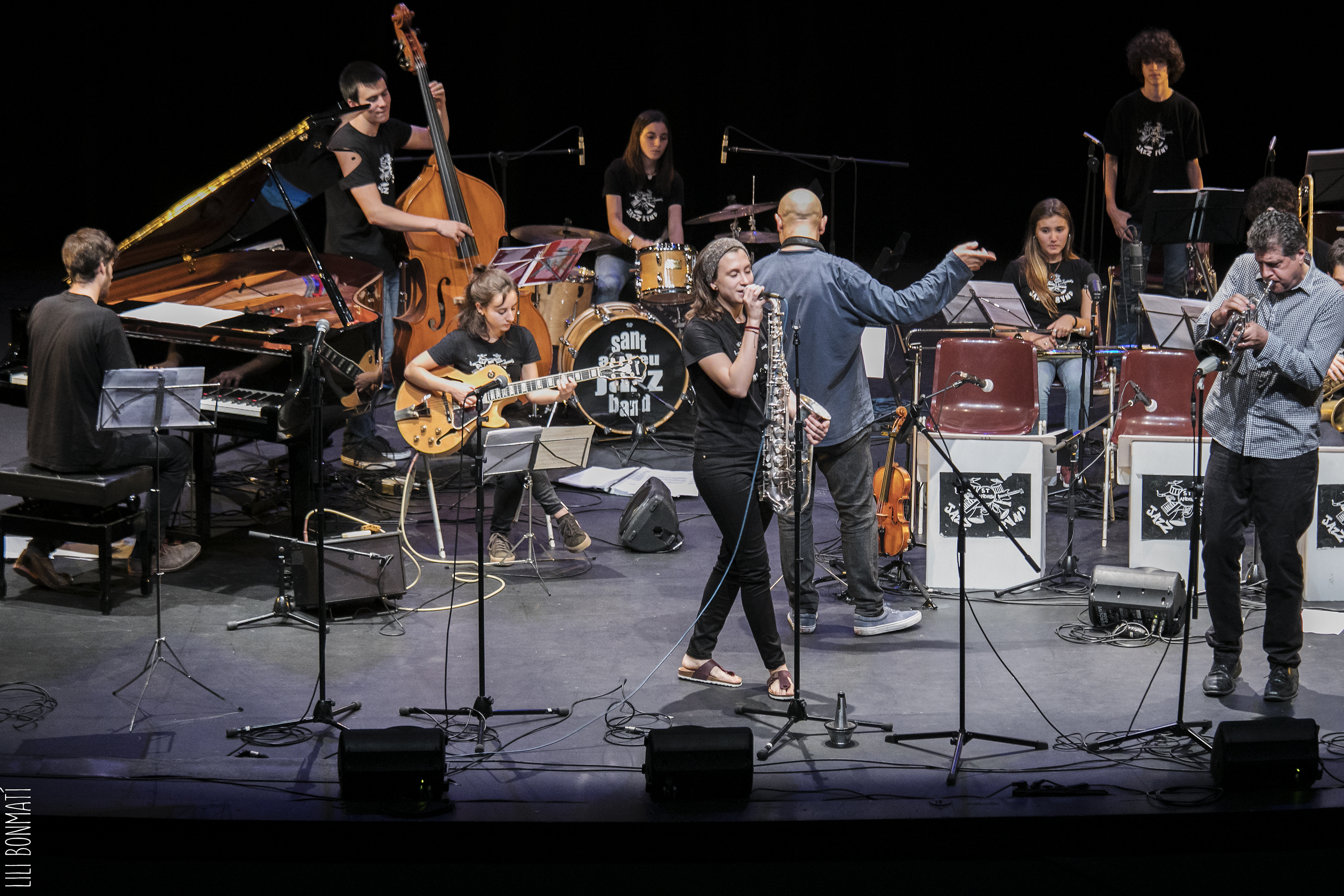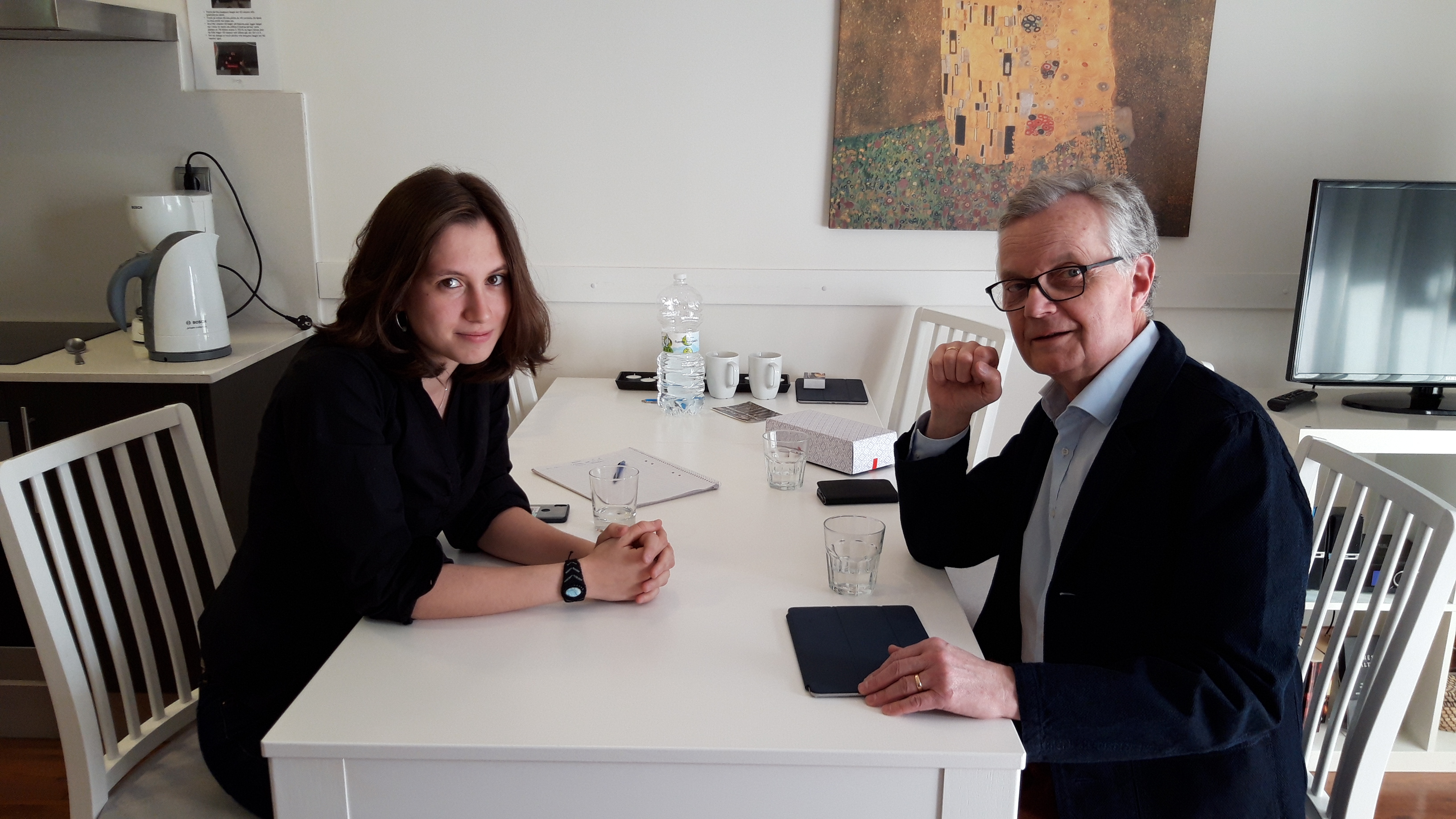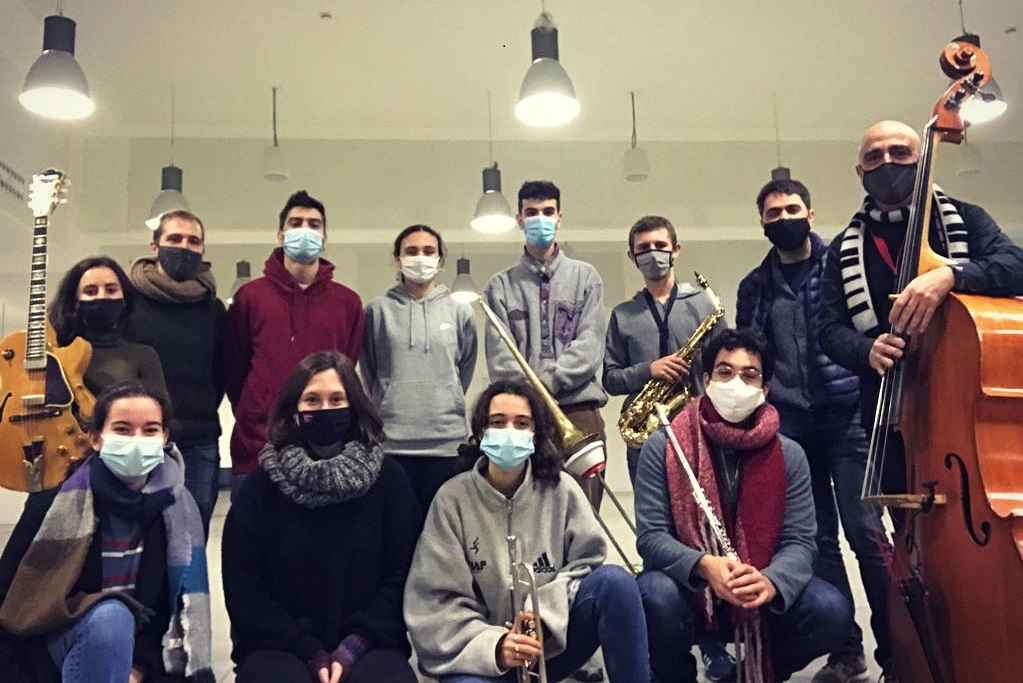
.
We enjoy travelling and we enjoy music. For almost two decades, my wife and I have combined these interests by travelling to different concerts in Europe. Once we are in the city of the concert, we add other experiences. We might visit a few tourist attractions, and we enjoy the daily life of the city.
Sometimes we attend more than one concert in a city, for instance when we visit a jazz festival. And when we go to Lisbon to enjoy fado, we go to different fado houses every night. There are many!
Some years ago, we decided not to travel by air any longer. This means that we now travel by train. We enjoy it very much, and we have the time as we are retired so the fact that travelling from Sweden to our destination might take two or three days is not a problem. However, once having reached the south of Europe, it is practical to combine a couple of concert destinations. This demands some planning, which we also like. The planning and the actual travelling give us the possibility to enjoy the journey twice.
We discovered Joan Chamorro and the Sant Andreu Jazz Band in 2016, and we have enjoyed the band’s music a lot since then. The project is about music education for children and teenagers, where the actual performing is an important part. There are many albums, YouTube videos and live concerts. We have been able to enjoy the big band and smaller constellations of SAJB members and associates live, several times in Scandinavia and in the band’s home base, Barcelona. We have also been able to combine SAJB jazz in Barcelona with fado experiences in Lisbon, another music love of ours, a couple of times. The music flourishes in the two cities, and we have enjoyed both kinds of experiences very much. In 2020, we had planned two journeys to Barcelona and one to Lisbon.
–––––––––––––––––––––
When the pandemic hit the world in the beginning of 2020, everything changed. The most serious consequences of Covid-19 naturally concern public health, but there have also been serious consequences for economies, social life and culture. To stop the spread of the virus, the authorities have imposed restrictions on attending school, working at our normal work places, socialising, shopping, travelling, attending sport and cultural events etc.
The consequences for cultural life have been hard on consumers of culture, but harder still on those who produce culture and earn their living from it. Consumers of music can still enjoy audio and video recordings, which up to a point can compensate for the loss of live concerts, but most musicians nowadays earn their living mainly from performances. Selling albums cannot compensate for this. The loss of performances is also a matter of lost opportunities to communicate with audiences, and thereby sustain and develop cultural skills and expressions.
This article is about the consequences of the pandemic for one specific cultural entity – the Sant Andreu Jazz Band project.
–––––––––––––––––––––
I am not the only one outside Barcelona who has discovered the Sant Andreu Jazz Band. The music is of an amazingly high quality, even if one disregards the musicians’ ages, and the project has some very attractive features in terms of how Joan Chamorro achieves these qualities with the band. Joan aims to educate the young members both as musicians and as people, and the two ambitions turn out to be mutually supportive. Therefore, there are many fans of the SAJB, mainly jazz lovers, all around the world. Before the pandemic, some of them occasionally travelled to live concerts in Barcelona.
The Sant Andreu Jazz Band is a big band playing music from a classical jazz repertoire with lots of swing – sometimes in collaboration with professional musicians. From time to time different SAJB members, former SAJB members and professional musicians collaborate in smaller constellations. These constellations have added some beautiful bossa nova to the SAJB repertoire. (In the photo above you can see a constellation focusing on vocals, La Màgia de la Veu.)
The educative ambition of SAJB and the extensive number of constellations – with Joan Chamorro in the centre of it all – means that we actually should talk about this phenomenon in terms of an extensive and developing project rather than in terms of just a band. I have interviewed Joan Chamorro a couple of times and published a few articles on his work with the SAJB project. (Links below to those articles.)
Joan Chamorro initiated his project, the Sant Andreu Jazz Band, in 2006. This means that the band has been around for fifteen years, and Joan had big plans for the anniversary year, starting already in the end of 2020. What has happened to the Sant Andreu Jazz Band project during the pandemic? Recently I was in contact with Joan by e-mail to hear about the consequences. These were my questions and Joan’s answers.
When did you realize that Covid was going to stop or delay much of what you had planned?
As soon as there was talk about restrictions. Two students came from Italy a few days before the general alarm, and what they told us put us on the alert. Shortly after, the restrictions were announced to last for two weeks, then for another two weeks, and then up to three months. The rest is already known.
Concerts began to be cancelled. We couldn’t rehearse (and we still can’t rehearse the whole orchestra in the jazz house, all together – we do it in sections).
I’m still happy that we were able to do the Jazzing Festival in September and were able to record the concert. I’m also happy because we were able to do a couple of recording sessions to finish some of the albums that we were halfway through. Finally, we were also able to do the concert at the Barcelona Jazz Festival, which I also recorded and which will be released in the coming months.
That alone, for me, was already a miracle, as things were.

Cover of Jazzing 11 vol. 4. Photo and design by Lili Bonmati. Image from Barcelona Jazz Festival 2020 at Palau de la Música Catalana.
Can you briefly tell me how Covid affected your SAJB activities during 2020 – and your plans for 2021 so far?
There were numerous consequences. As I mentioned, for several months there was no type of rehearsal and some of the classes, especially with the little ones, we carried out through the internet.
Since all this began, band rehearsals are limited to rehearsals section by section.
To prepare for a concert, we have done the general rehearsals in a larger room, kindly provided by the concert hall, one or two days before the concert and also by the Nau Bostik. (Near the Jazz House.)
We had planned to record with Scott Hamilton and I rescheduled the date twice – but in the end it could not be arranged.
Two musicians were due to come from New York, but they couldn’t make it.
The entire Jazzing Festival was left with very few people attending, because obviously, no one came from outside Barcelona. A big band from Mexico was planned to come, but obviously couldn’t. A lot of visitors from outside Spain could not come, etc. etc.
But, well, as I have already mentioned, I am happy to have carried it out. We are already preparing the next.
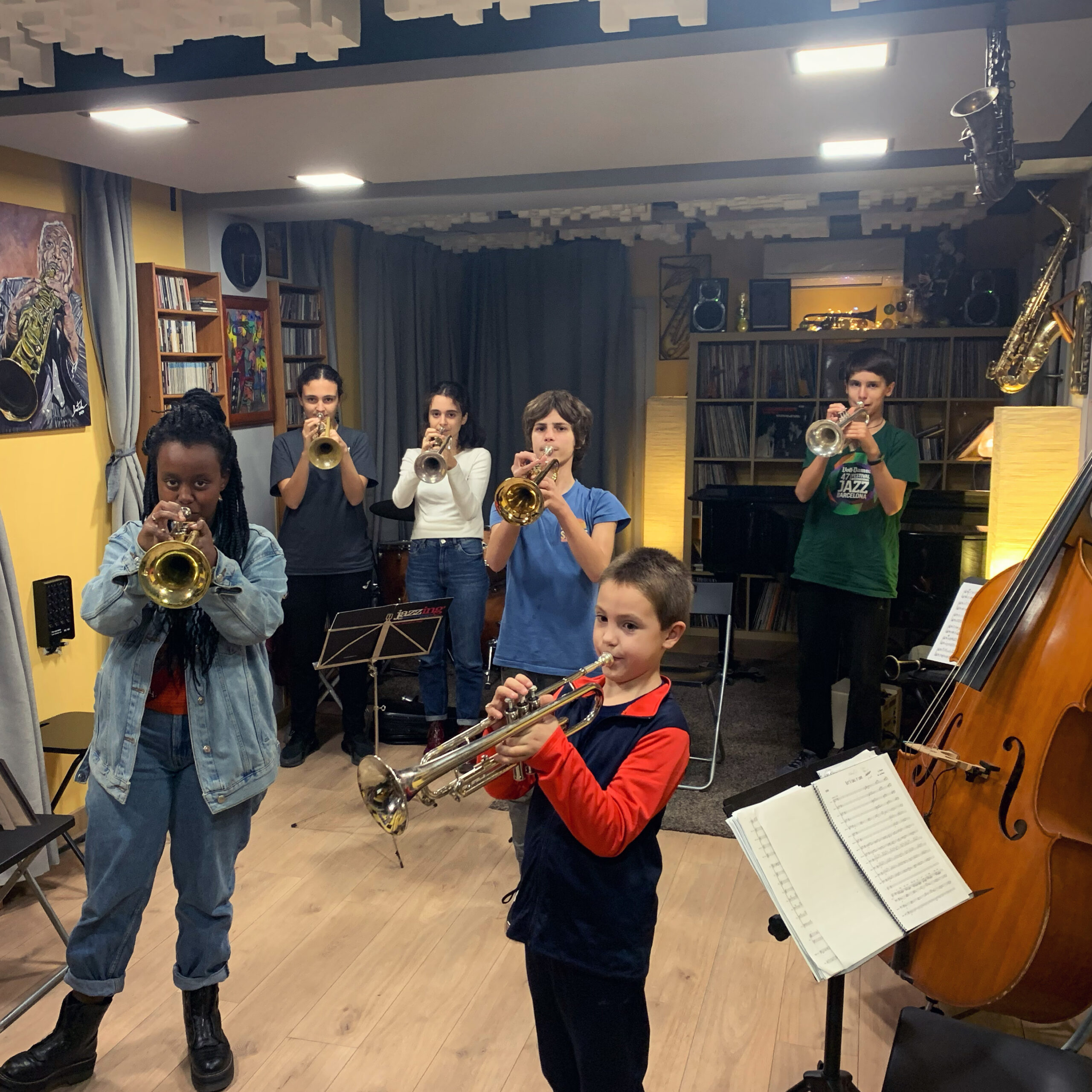
Rehearsing with the new section of trumpets
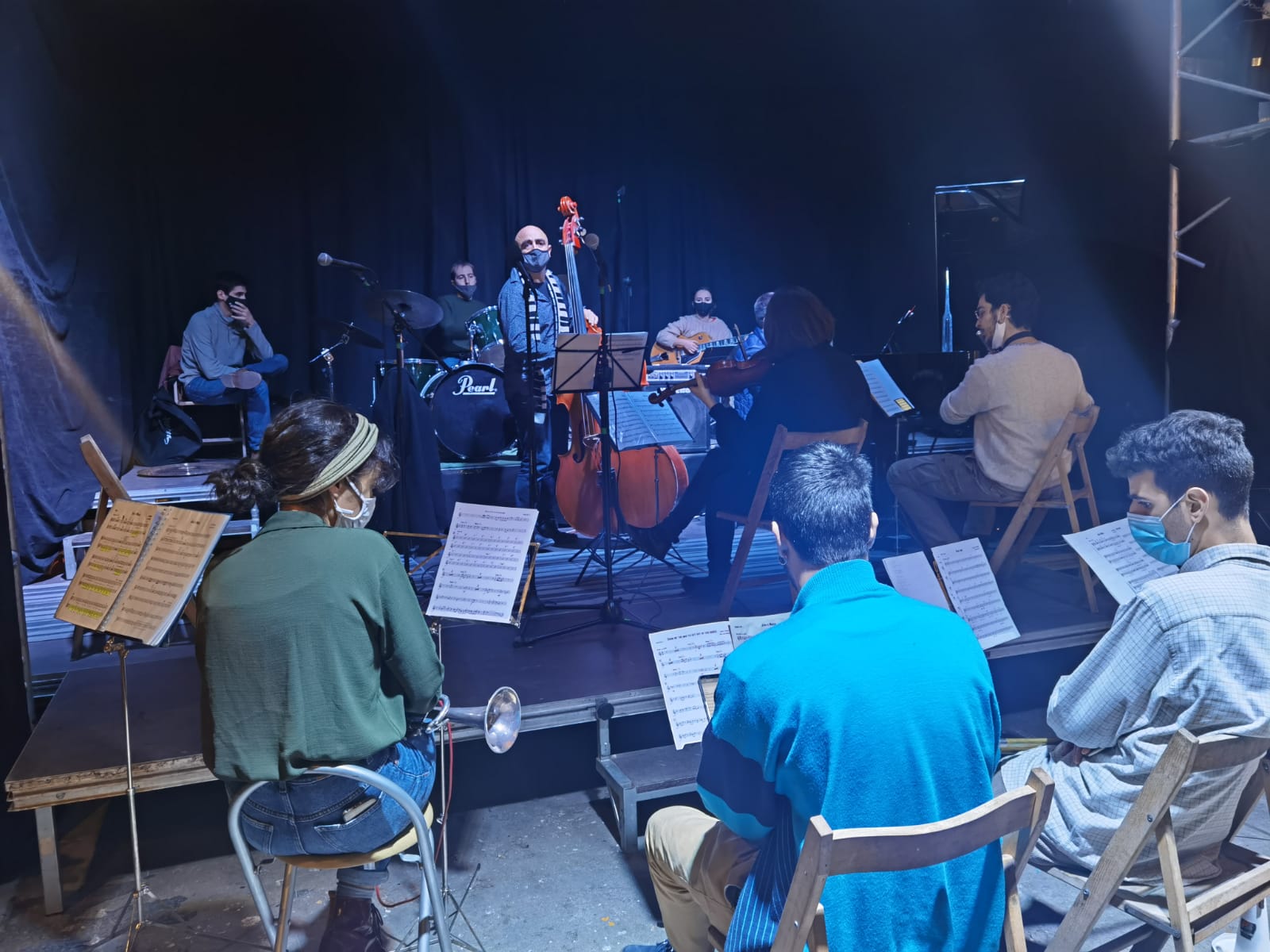
Rehearsing at the Nau Bostik
What have the human consequences been for you as leader of the SAJB, and for members of the SAJB? How have you and the young musicians felt about the situation?
Humanly, it is a very sad situation because you have to stop doing what you are dedicated to – in my case, all that is my life.
But once reality is accepted, we have been able to do important things.
When you work with people that young, close follow-up is important. Rehearsals and concerts generate positive energy and enthusiasm for studying at home and wanting to move forward.
I, for my part, have taken the opportunity to think and organize myself, to clarify my ideas of what I want for my future and, little by little, to make decisions for the future of my project.
On an economic level, for the Sant Andreu Jazz Band, it has been a disaster and, although for the moment we can move on, the situation, if it lasts much longer, will be untenable.
Luckily, concerts are beginning to appear. Concerts are our way of making our dreams come true, and we need them for economic reasons.
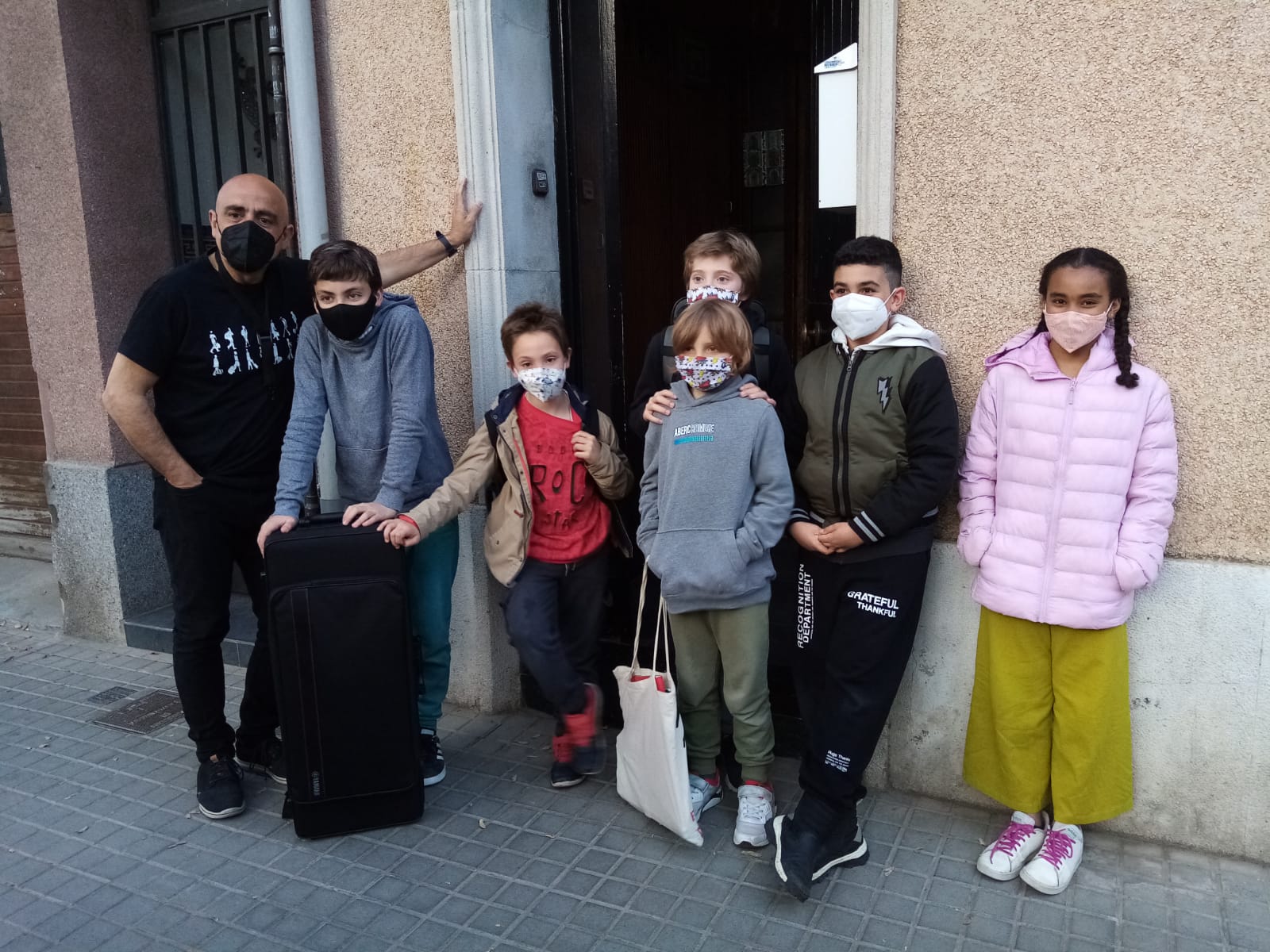
After rehearsal with the little ones at the Jazz House
How do you see the future of SAJB now – in 2021 – and later?
I am very excited about this new rejuvenated orchestra. Several older musicians left this year (although they continue to collaborate with us), and we have a very good feeling about it all.
The average age of the orchestra has dropped a lot, and that, in part, is good, because it is the present and it is the future.
There are very good students, with great enthusiasm, and that makes me also feel that desire to continue with the work of these past 15 years.
We have several projects for 2021:
Soon the Joan Chamorro presentations of Joan Martí and Marçal Perramon will see the light.
Also the four volumes of Jazzing 11. Only vol 1 will be made a physical album. The other three will be released only on internet portals such as Spotify and Itunes.
This year we will also record the Jazzing 12, Joan Chamorro presents Alba Esteban, Alba Armengou sings Brazil etc, etc.
And since this is the anniversary year 2021, there will be several important concerts – from our part in the Jazzing Festival in September and onwards.
We will do a concert where I will try to bring together the more than 60 musicians who have passed through the Sant Andreu Jazz Band these 15 years.
I am also going to gather in a concert all those who have their presentation CD and I am gooing to make a big band with them, with new songs. (This will be only for a concert, which I want to record and edit on a new CD).
etc etc
As you know, I am writing a book on the SAJB project. I have decided to publish the book in 2022, in order to give me time to include my reflections from 2021, when really important things will happen. I want to include my reflections on those things in the book.
and take a photo with all the musicians, include it in the book, etc etc etc
As you can see, I am with the same enthusiasm as always and the same desire to continue with the project. Let’s hope things improve and the winds continue to blow in the right direction.
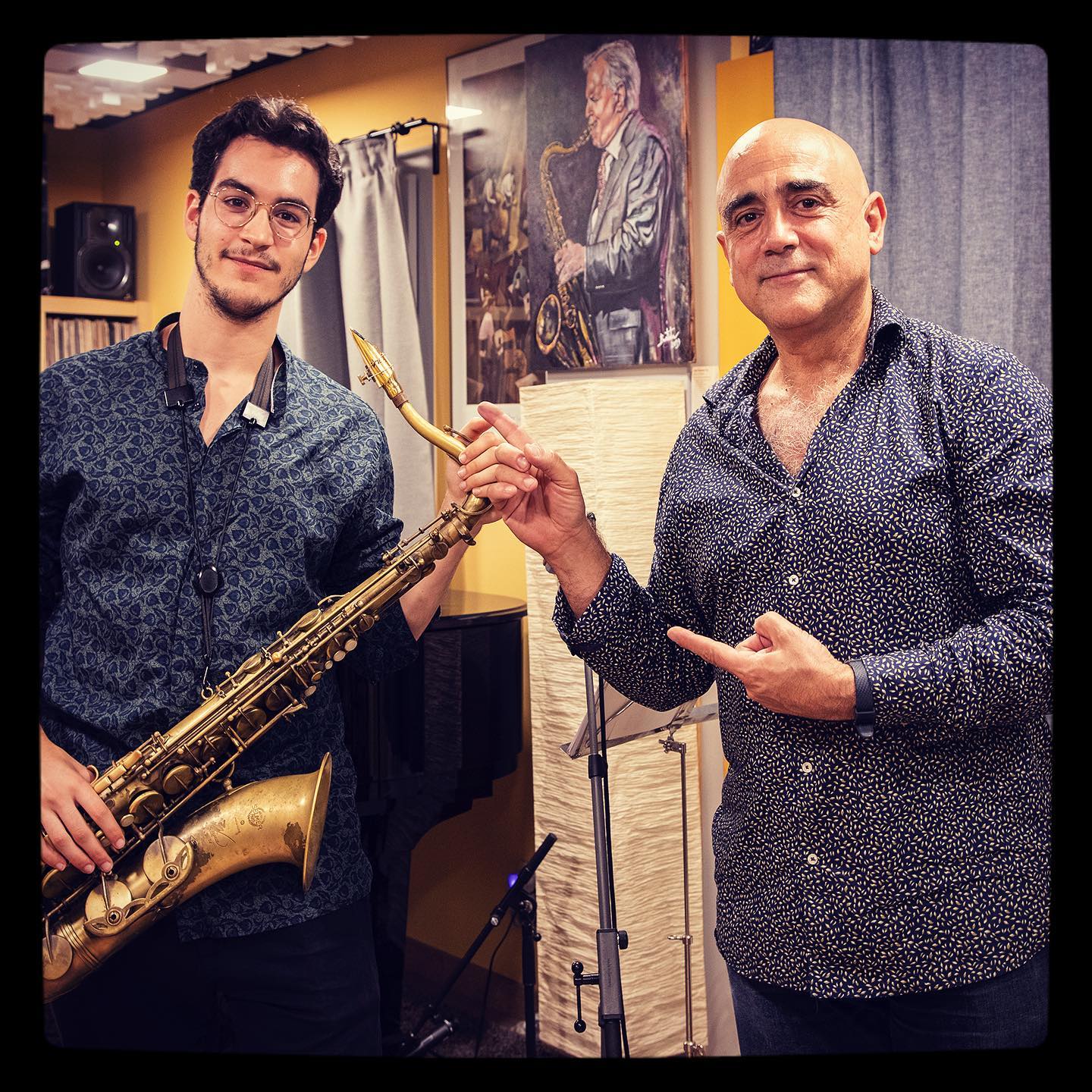
Preparing Joan Chamorro presenta Joan Martí
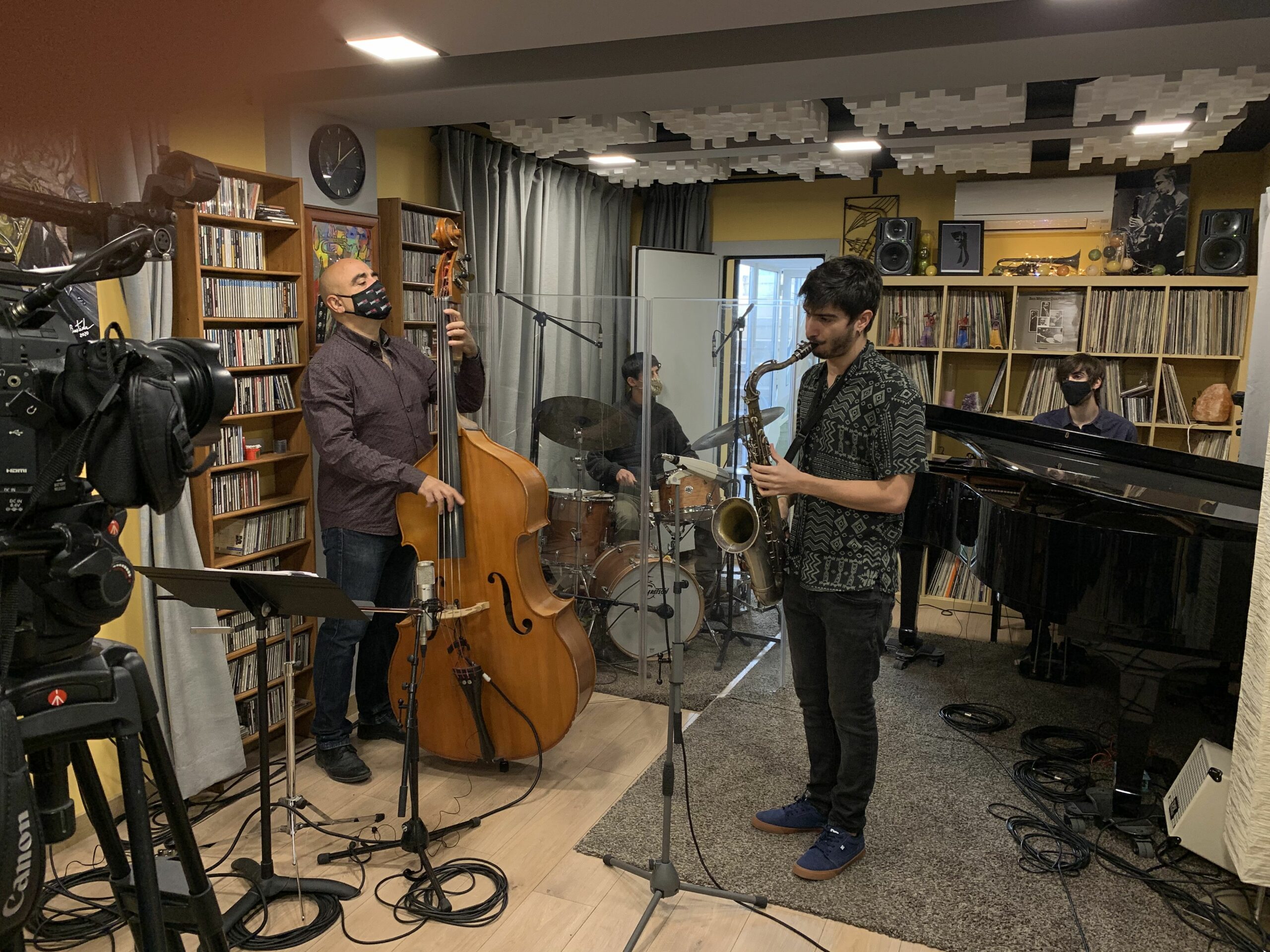
Recording for Joan Chamorro presenta Marçal Perramon

Recording session for Jazzing 11 vol. 3
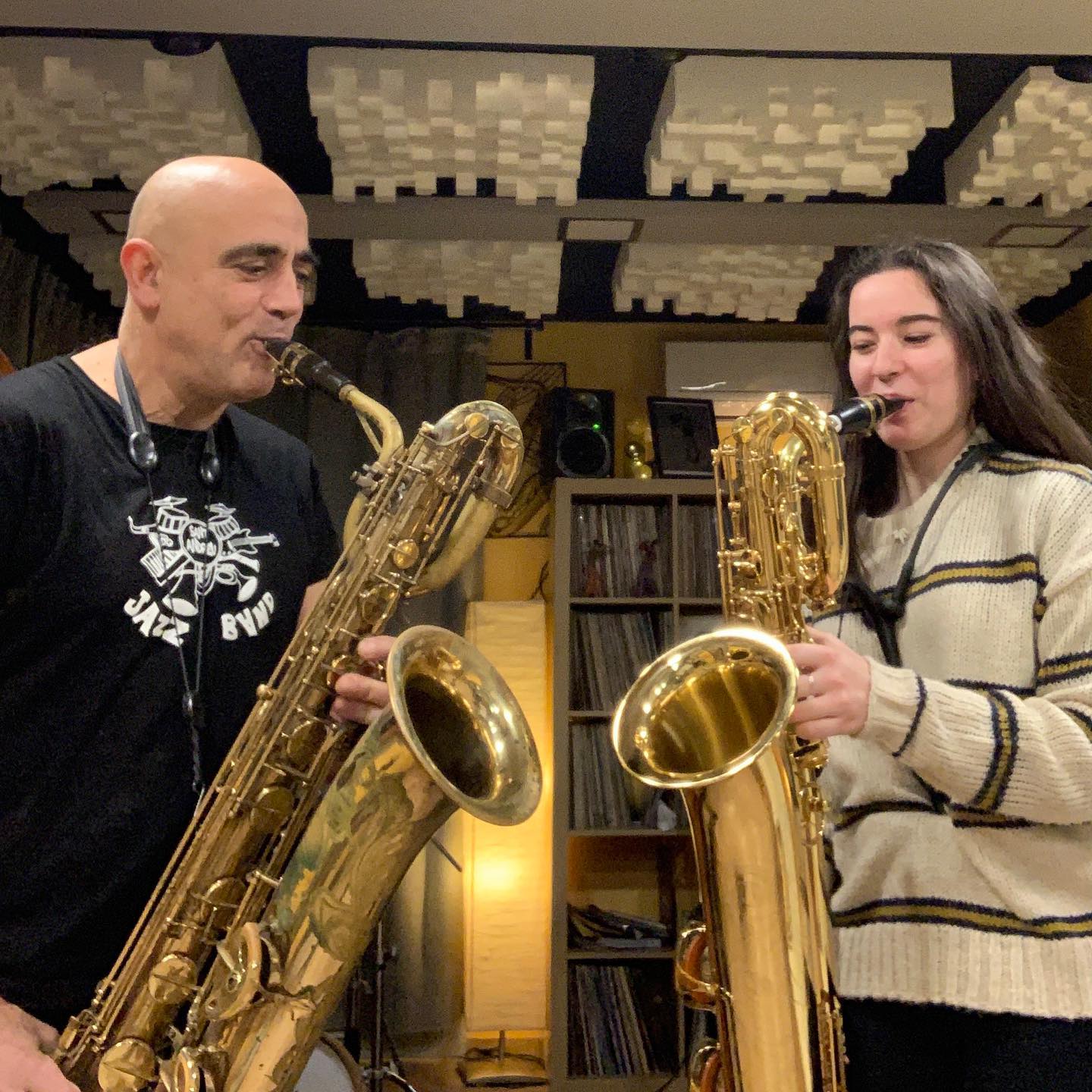
Preparing for Joan Chamorro presenta Alba Esteban
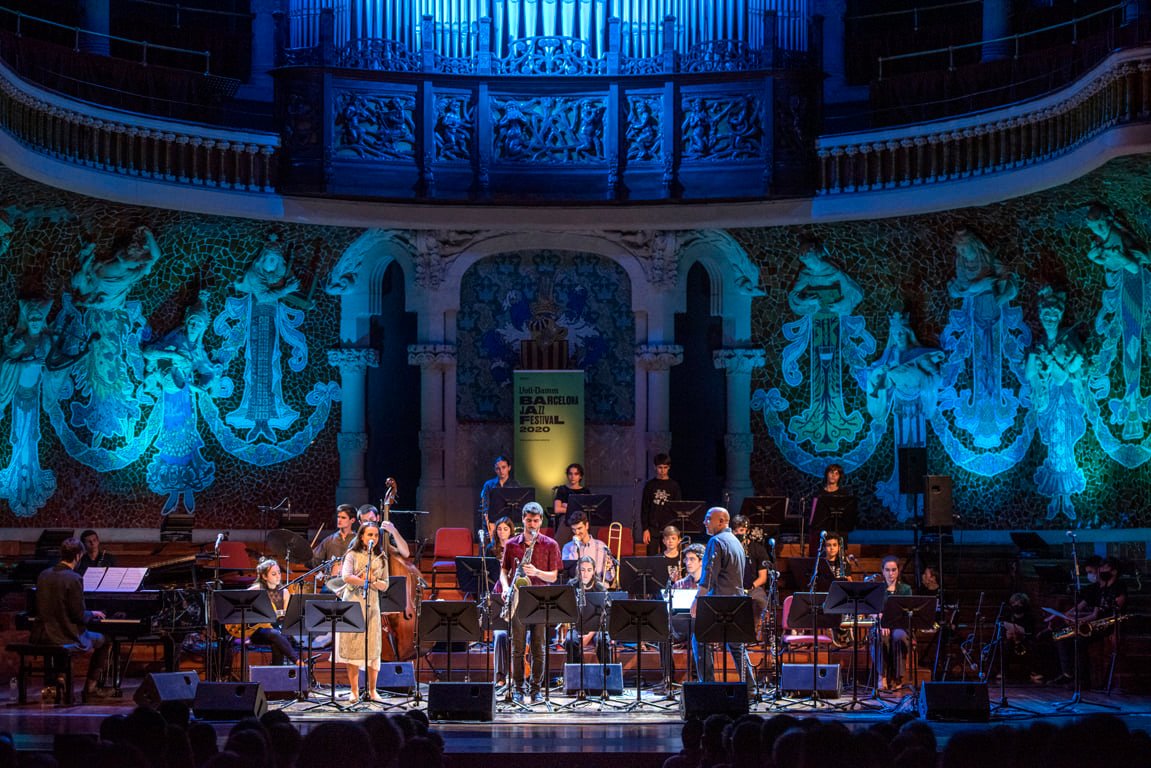
SAJB at the Barcelona Jazz Festival. (December 18, 2020)
Photo: Lorenzo Duaso
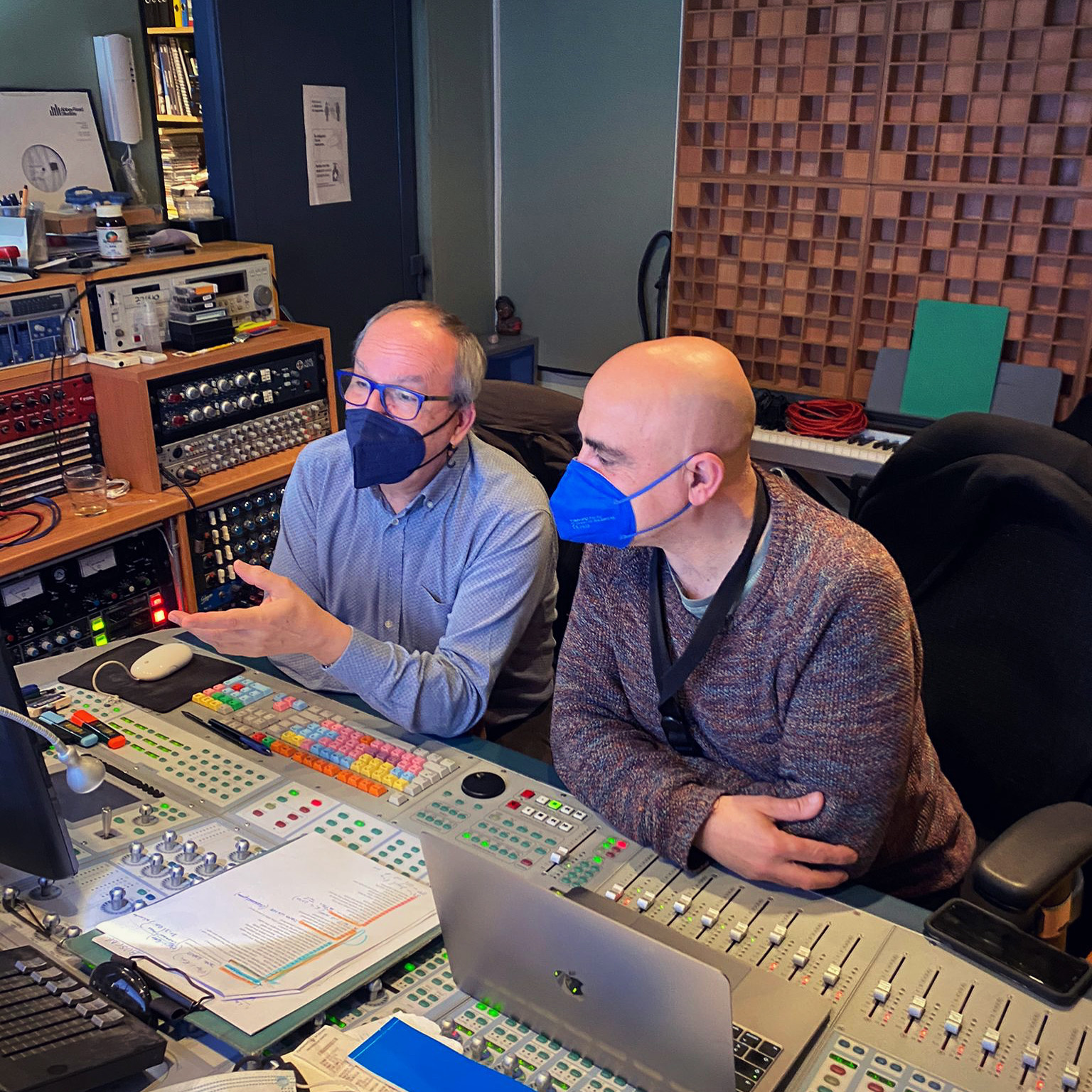
Joan mixing with Josep Roig, Temps Records
Those were Joan’s answers to my questions. Apart from the economic threat, which is serious, Joan gives us some very positive signals concerning the future of the SAJB project. After more than one year of the pandemic, and all the restrictions related to it, we all need those kinds of positive signals. Joan Chamorro and his SAJB project continue to educate young boys and girls as both musicians and people and, when the vaccination programme hopefully has had its effects, it will again be possible to travel to Barcelona and enjoy live performances by the Sant Andreu Jazz Band and related constellations of musicians. Maybe we will meet there?
Videos from YouTube and Facebook
A recording in confinement, each from their home
.
Rehearsals
- Rehearsal at Nau Bostik (Facebook)
- Rehearsal at the Jazz House (Facebook)
.
Recordings in the Jazz House, in the middle of the pandemic
.
The Jazzing Festival, September 2020
––––––––
Related posts
Why do we love the Sant Andreu Jazz Band? (June 26, 2020)
To be sincere (May 30, 2020)
Joan Chamorro New Quartet (February 3, 2020)
Joan Chamorro (August 9, 2019)
Èlia Bastida (May 24, 2019)
Added reflections on The Sant Andreu Jazz Band formula (January 3, 2019)
The Sant Andreu Jazz Band formula (October 26, 2018)
La Màgia de la Veu & Jazz Ensemble (July 8, 2017)
Sant Andreu Jazz Band live (April 30, 2017)
Sant Andreu Jazz Band (September 22, 2016)

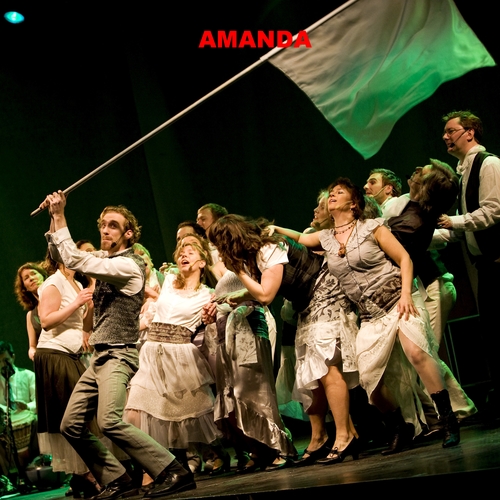

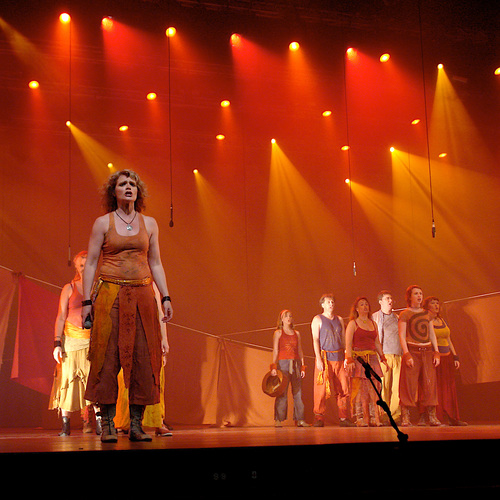
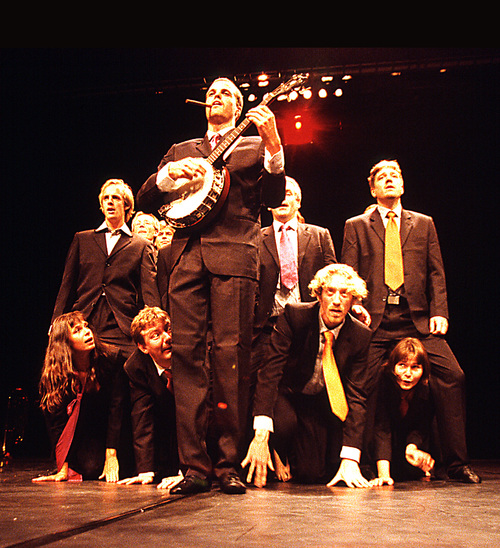
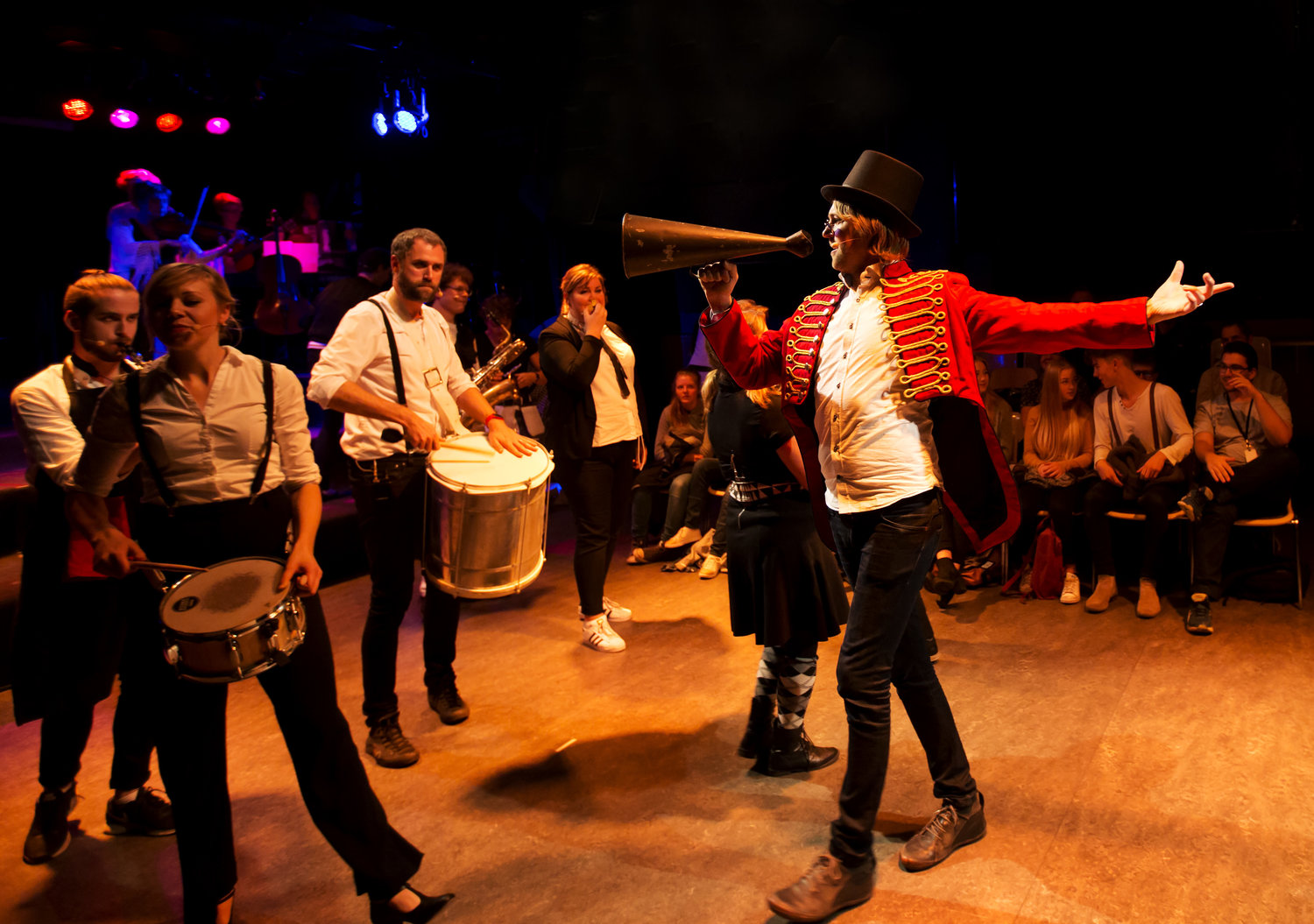
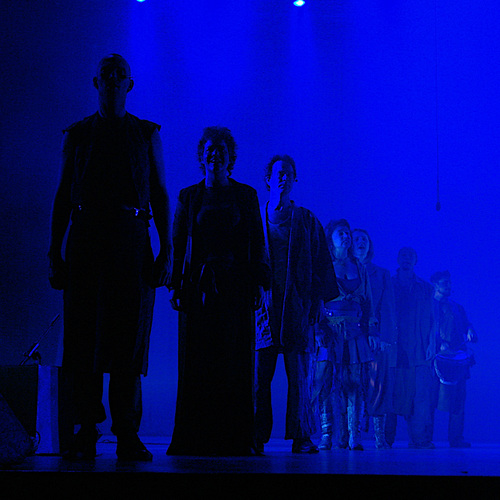
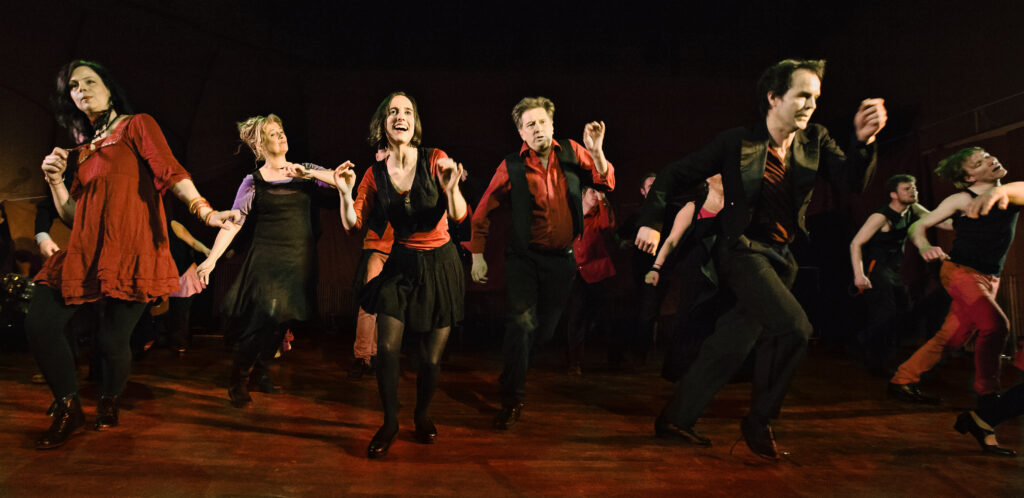
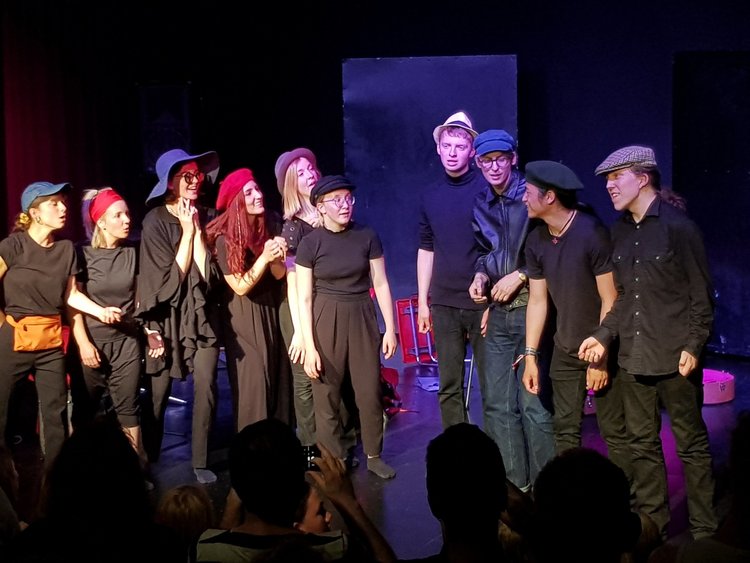
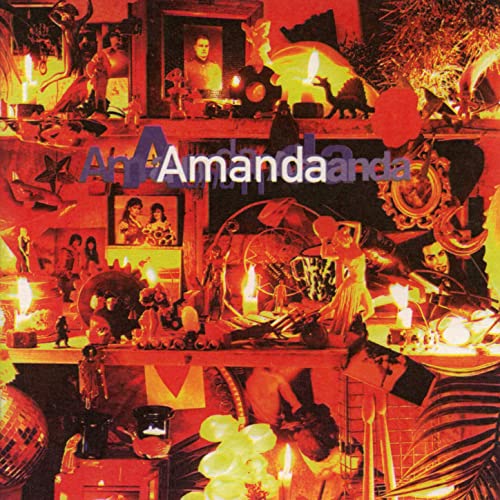
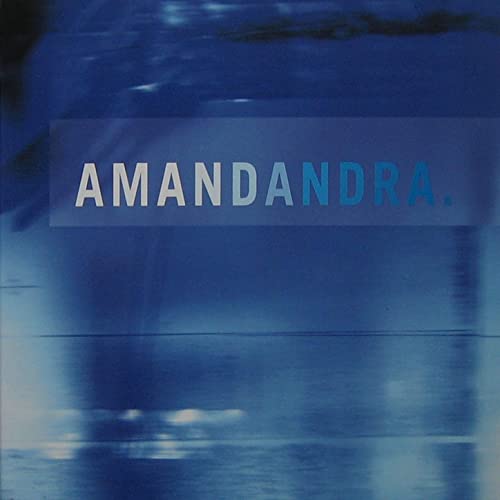

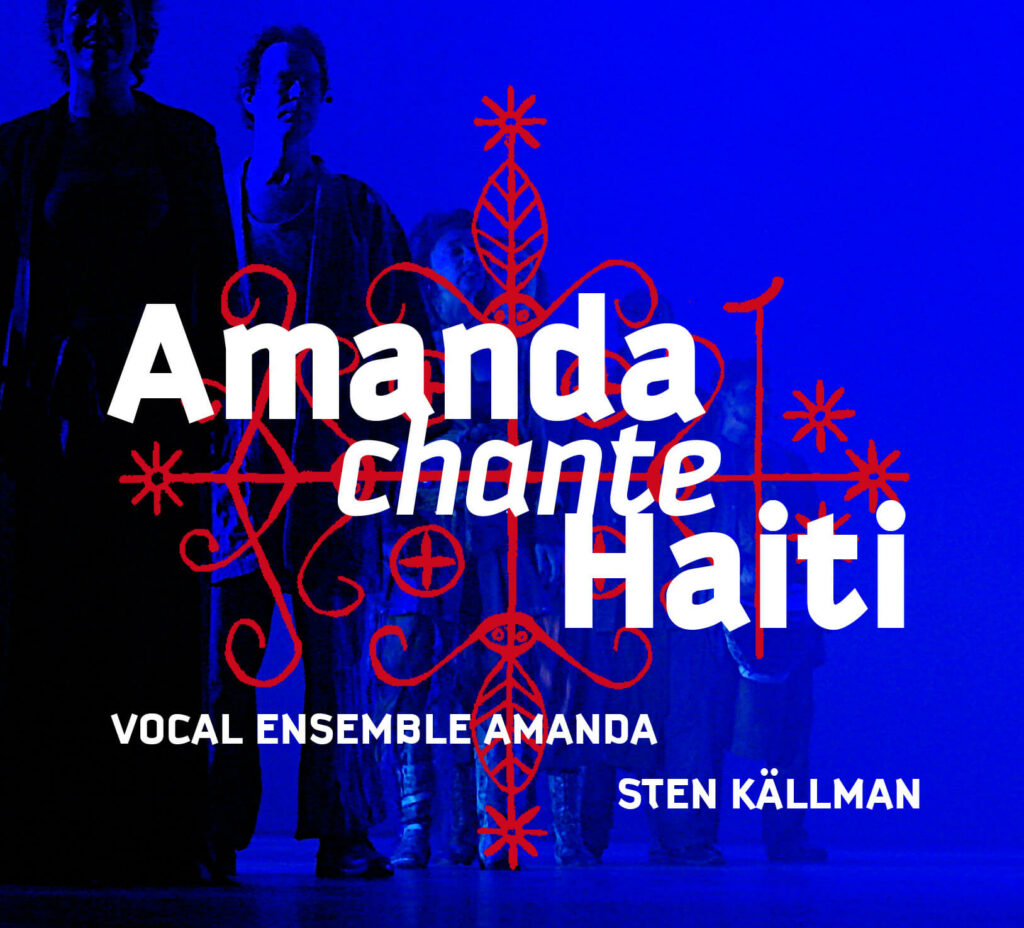
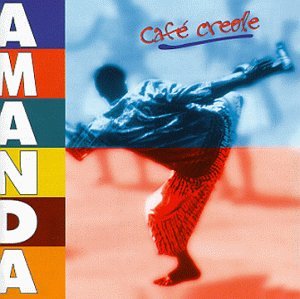
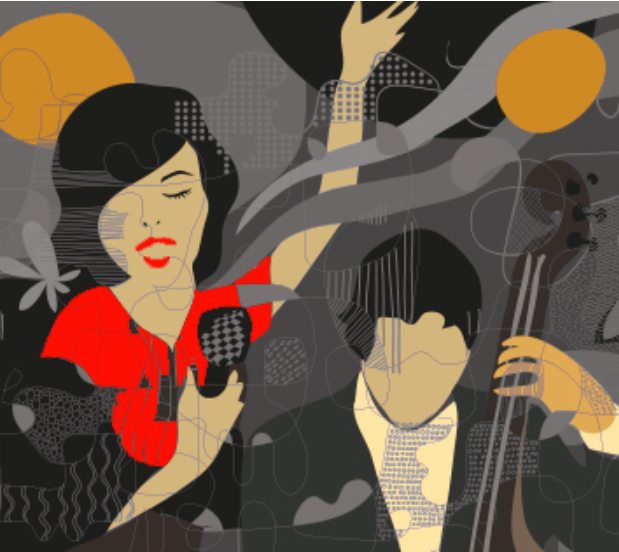
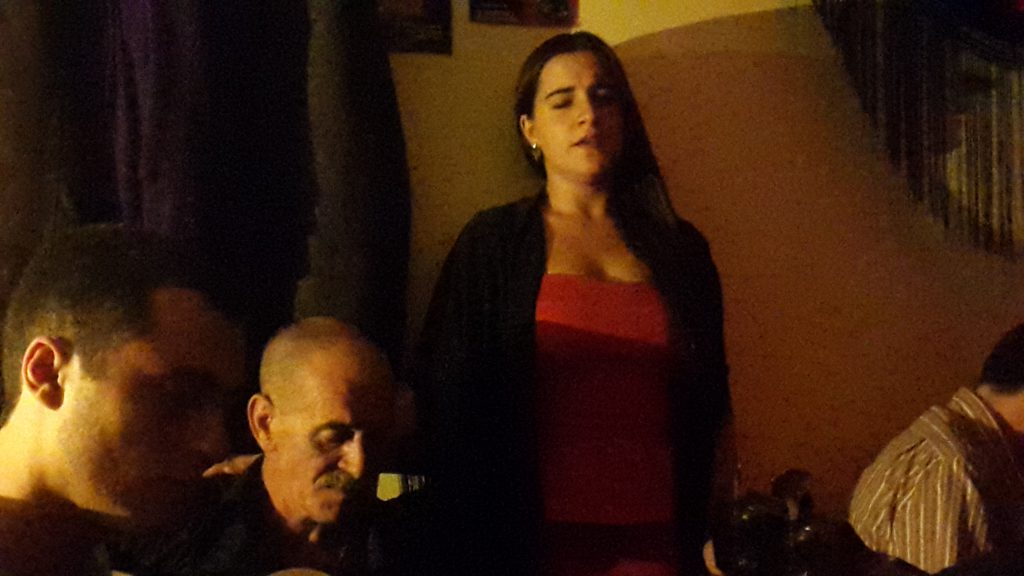
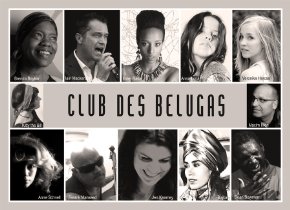
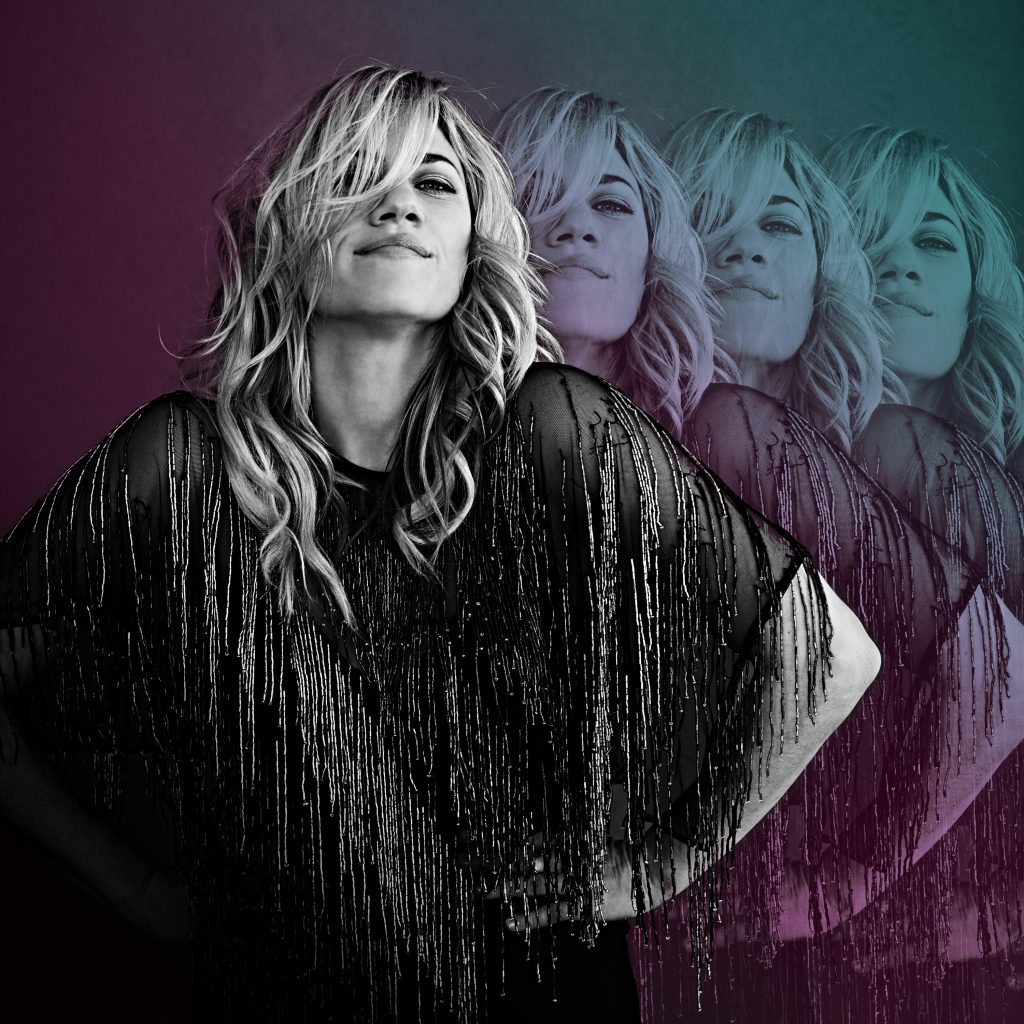
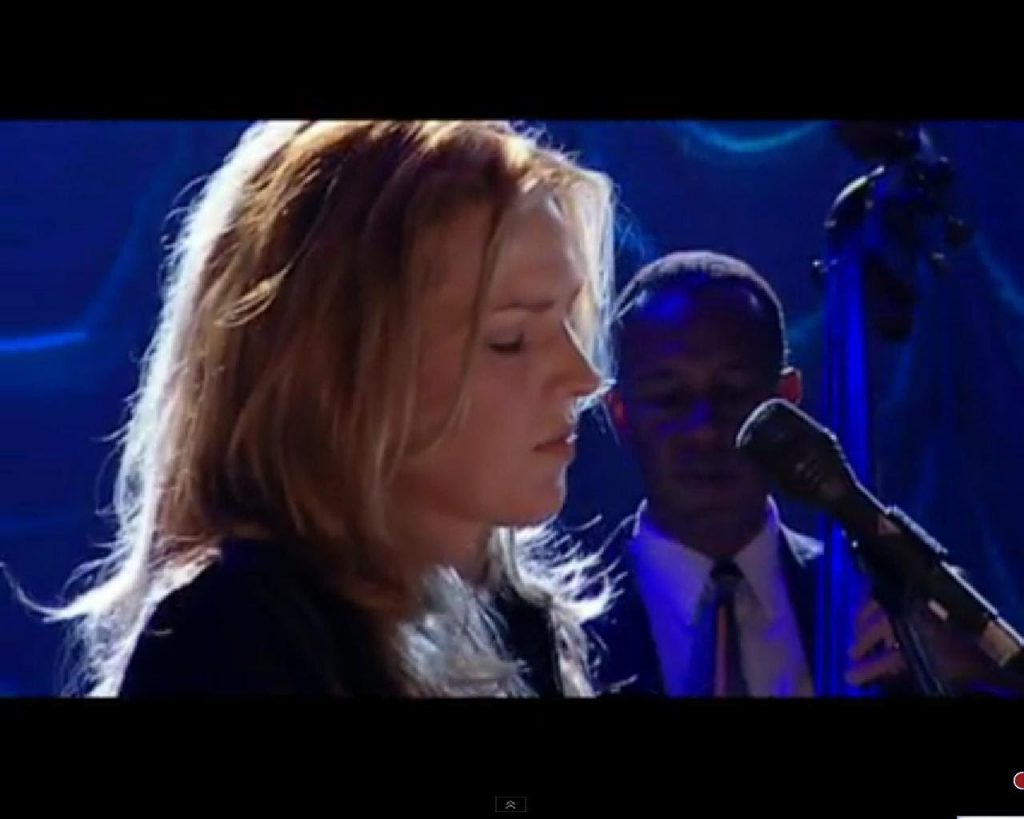
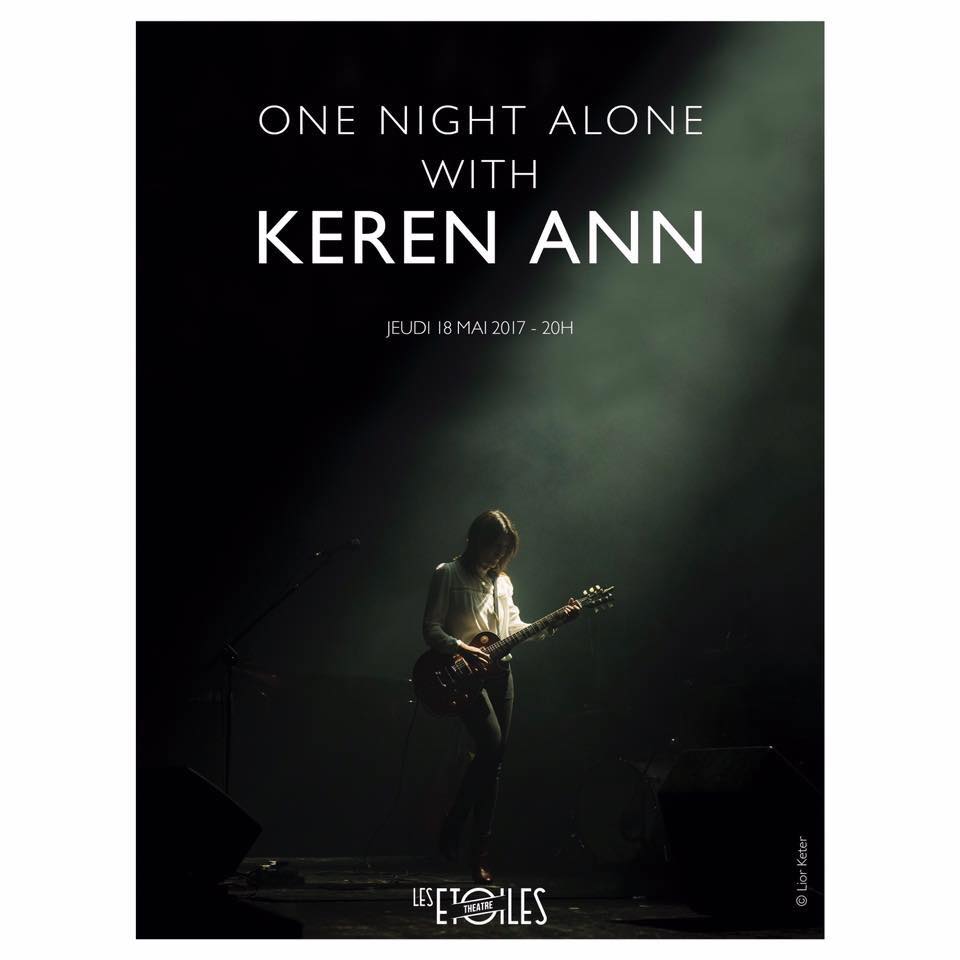
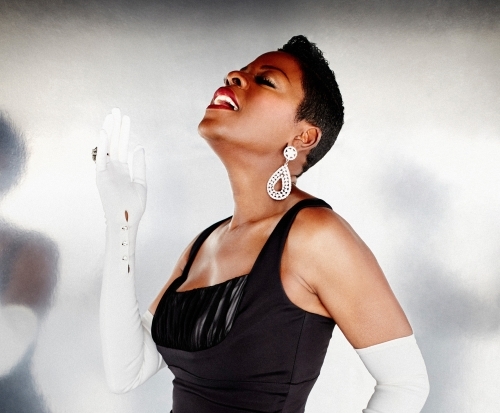
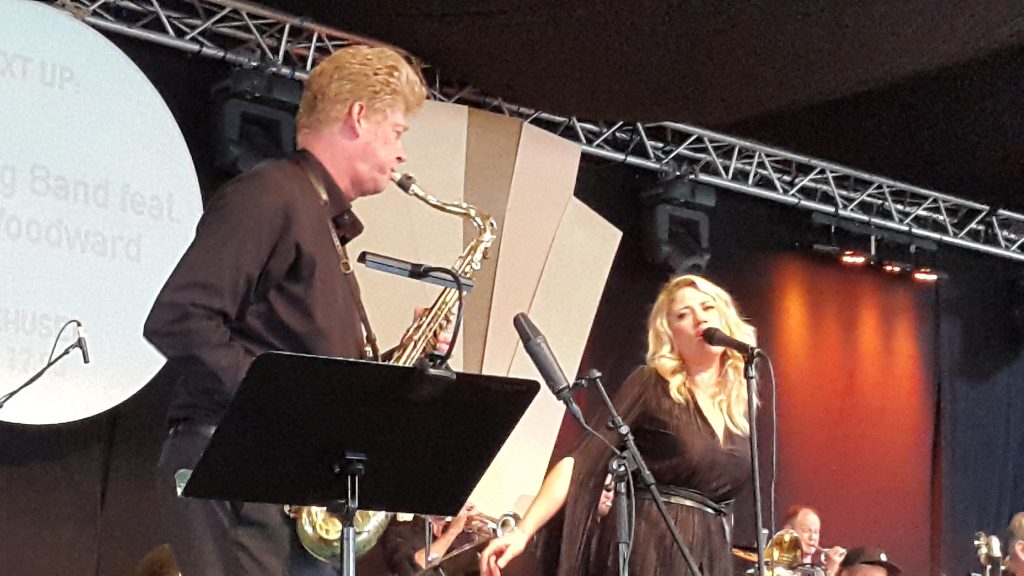
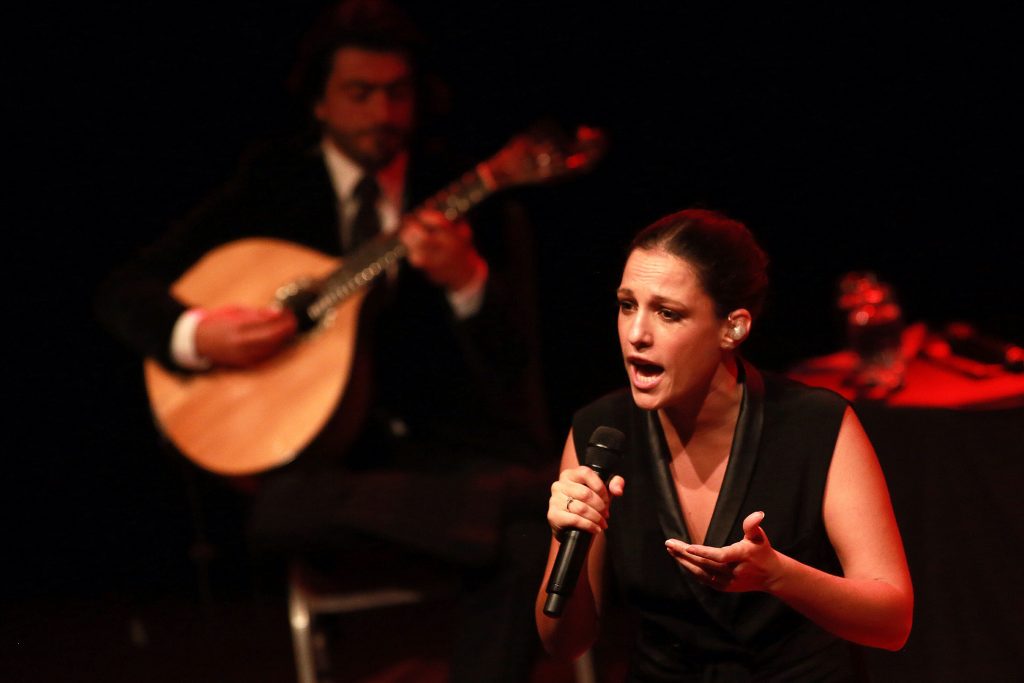
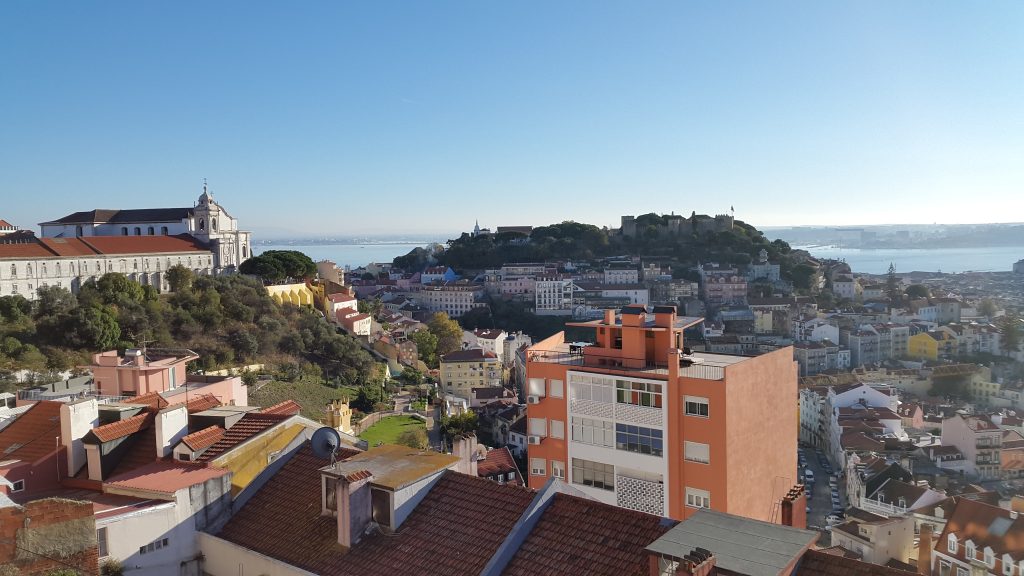
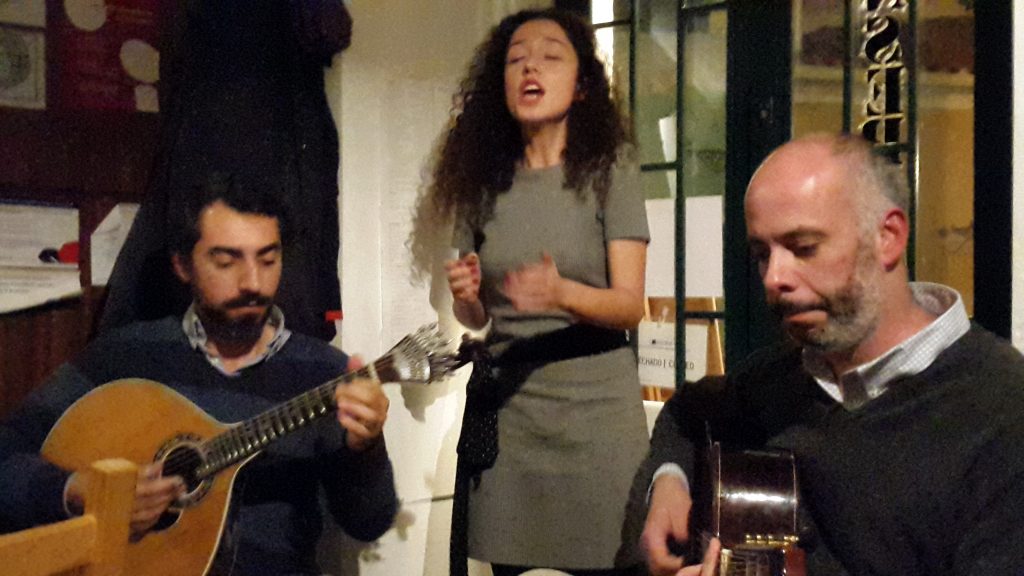
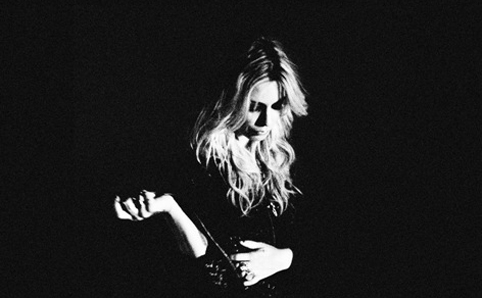



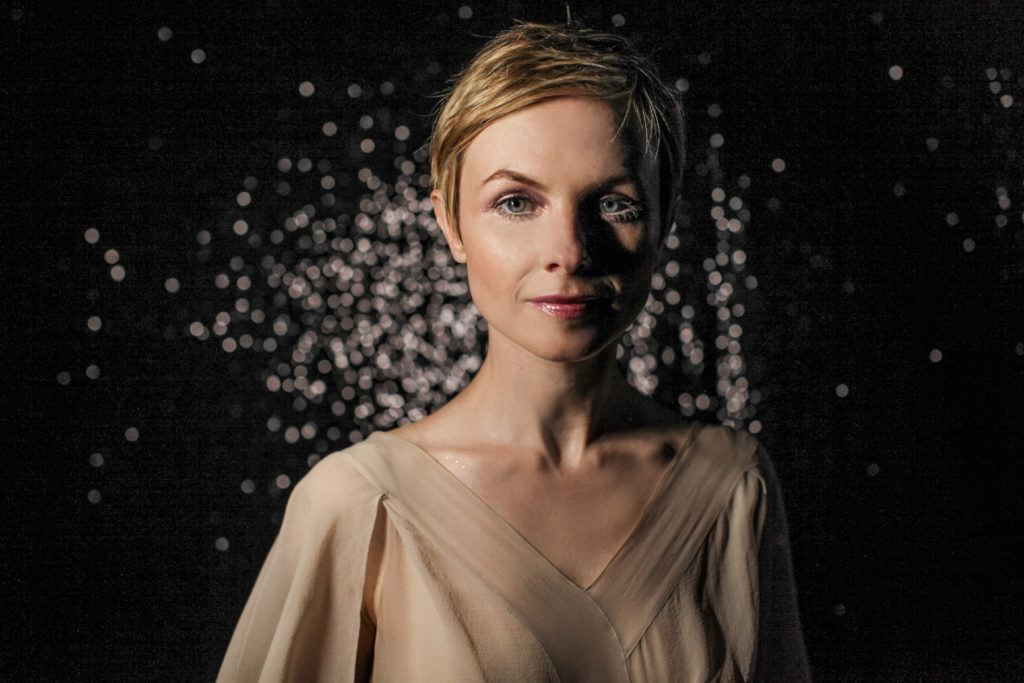

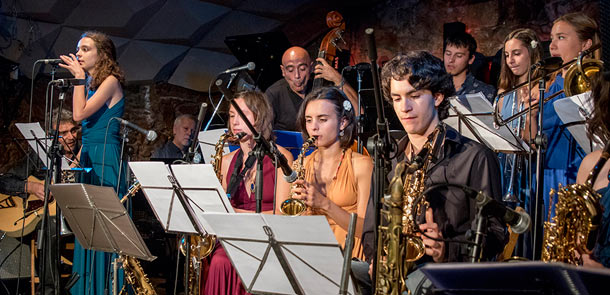
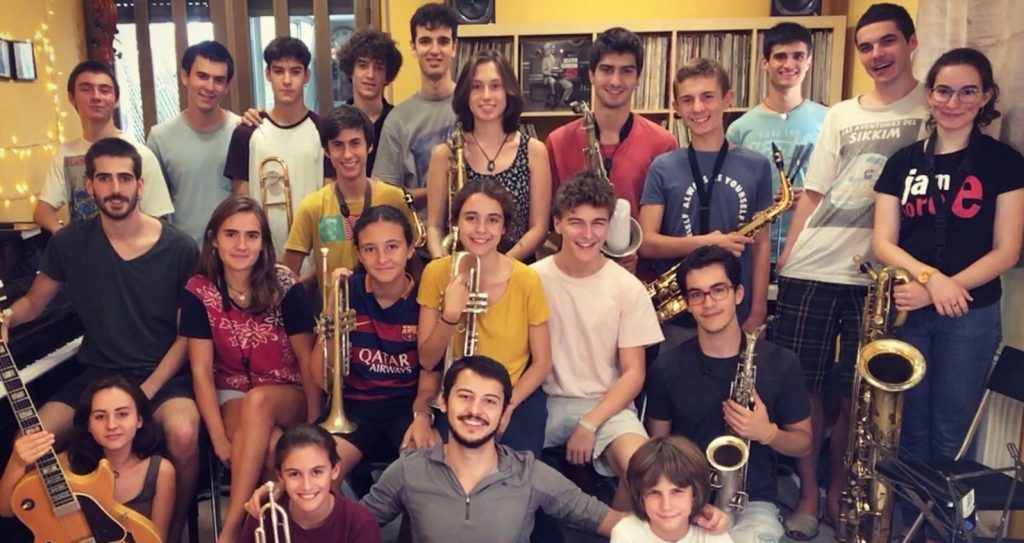


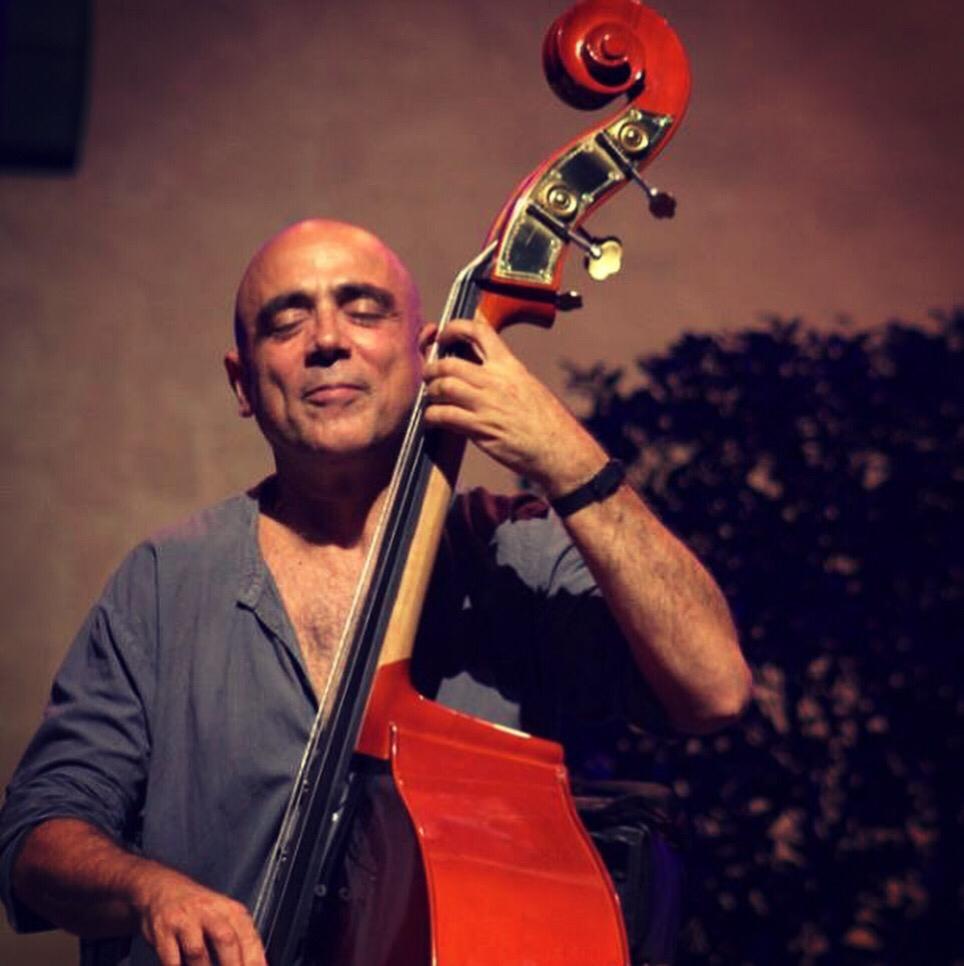
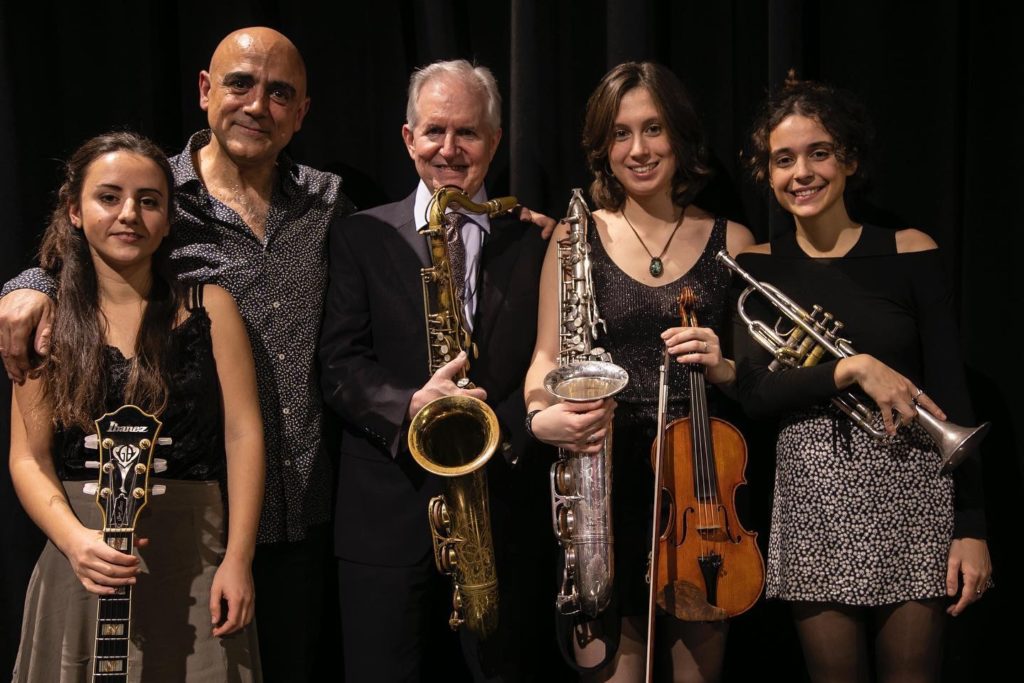
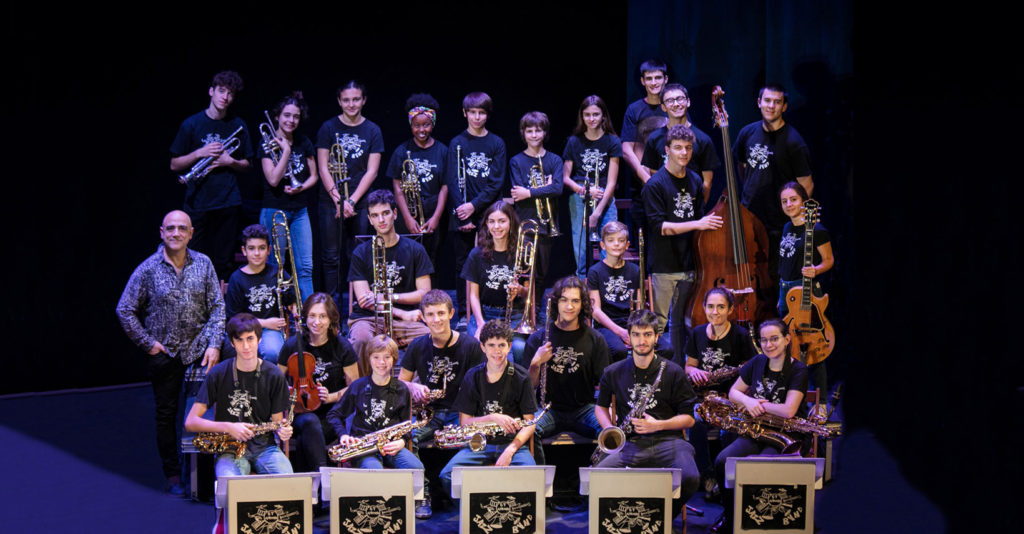

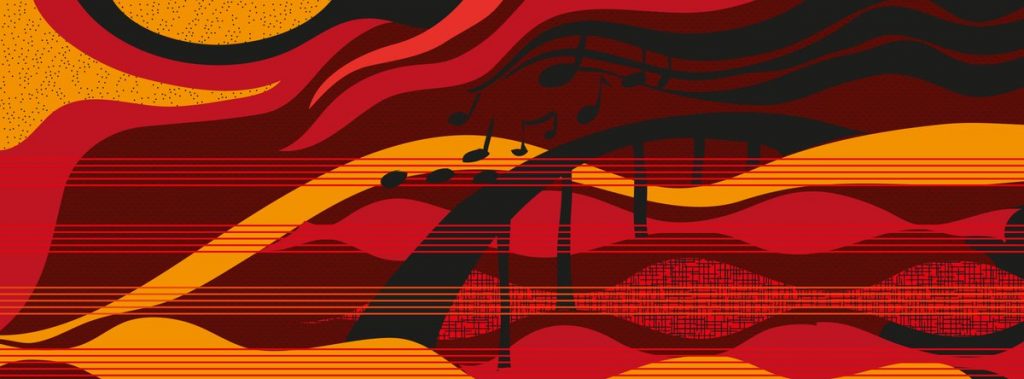
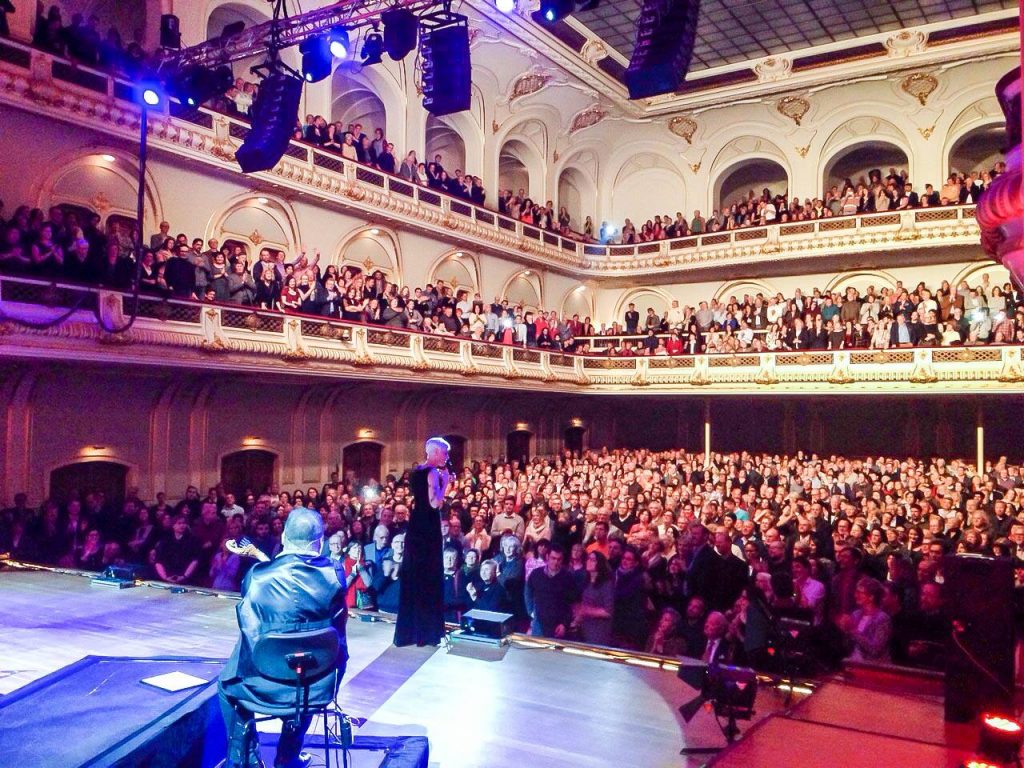

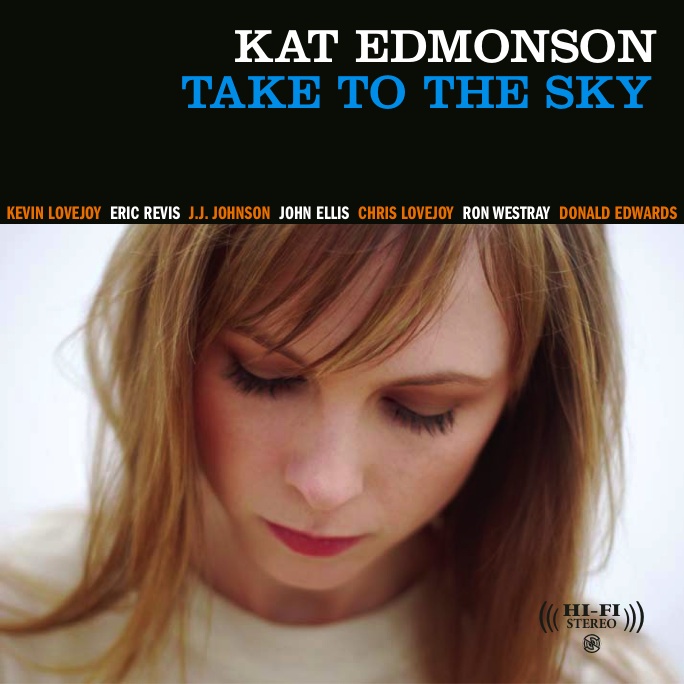
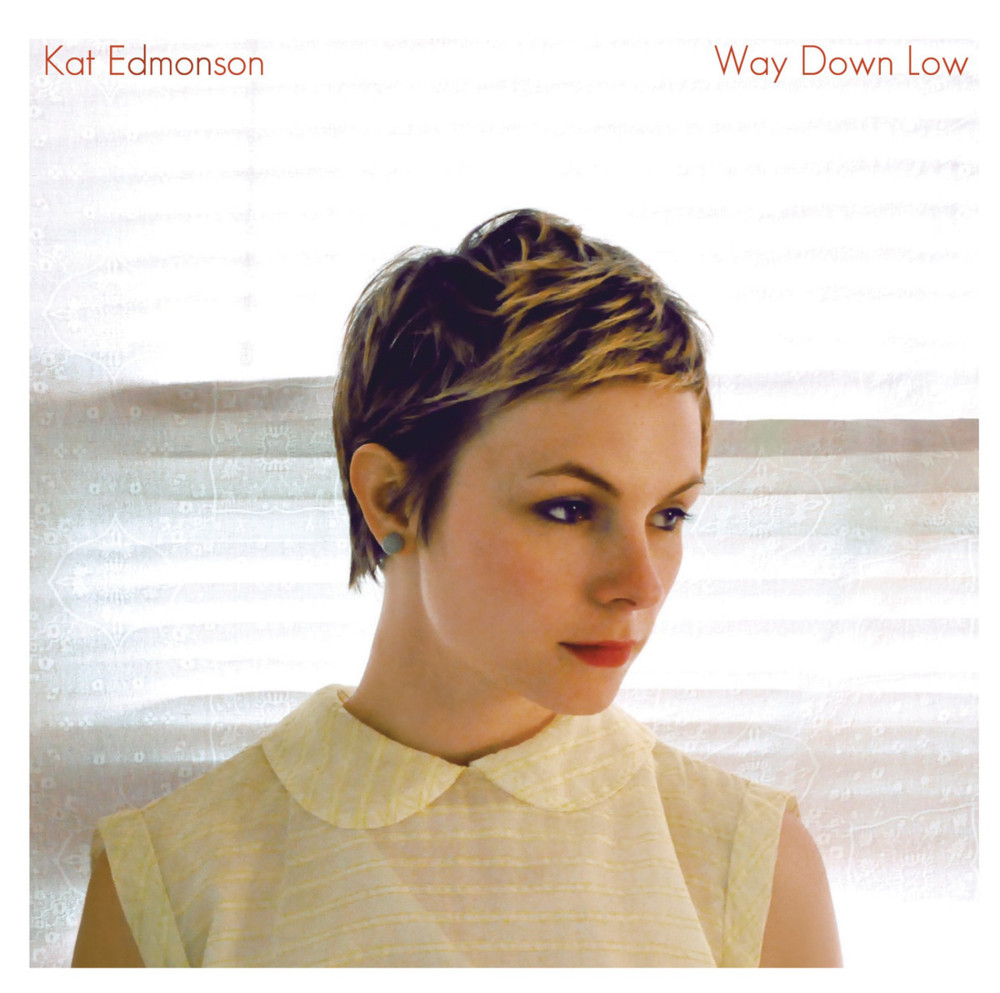

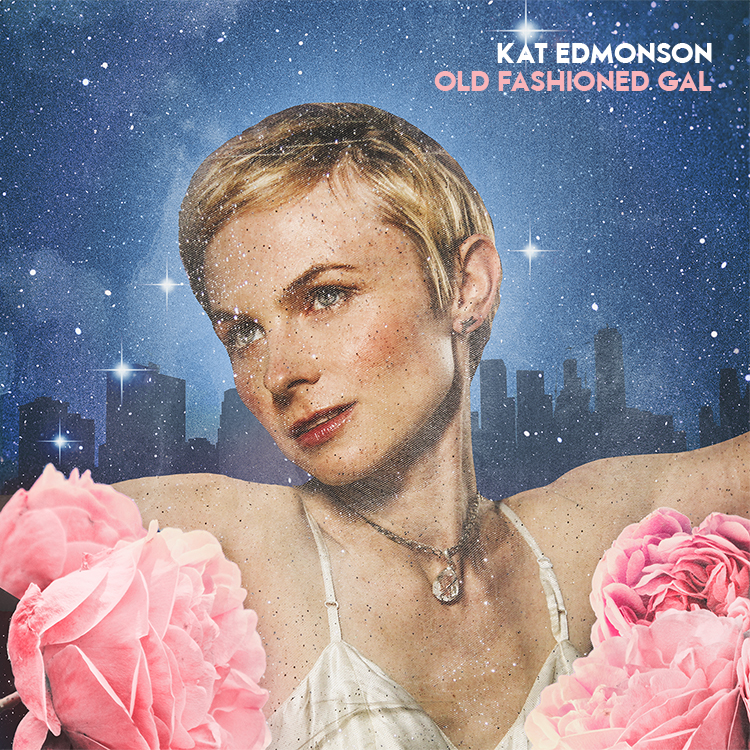
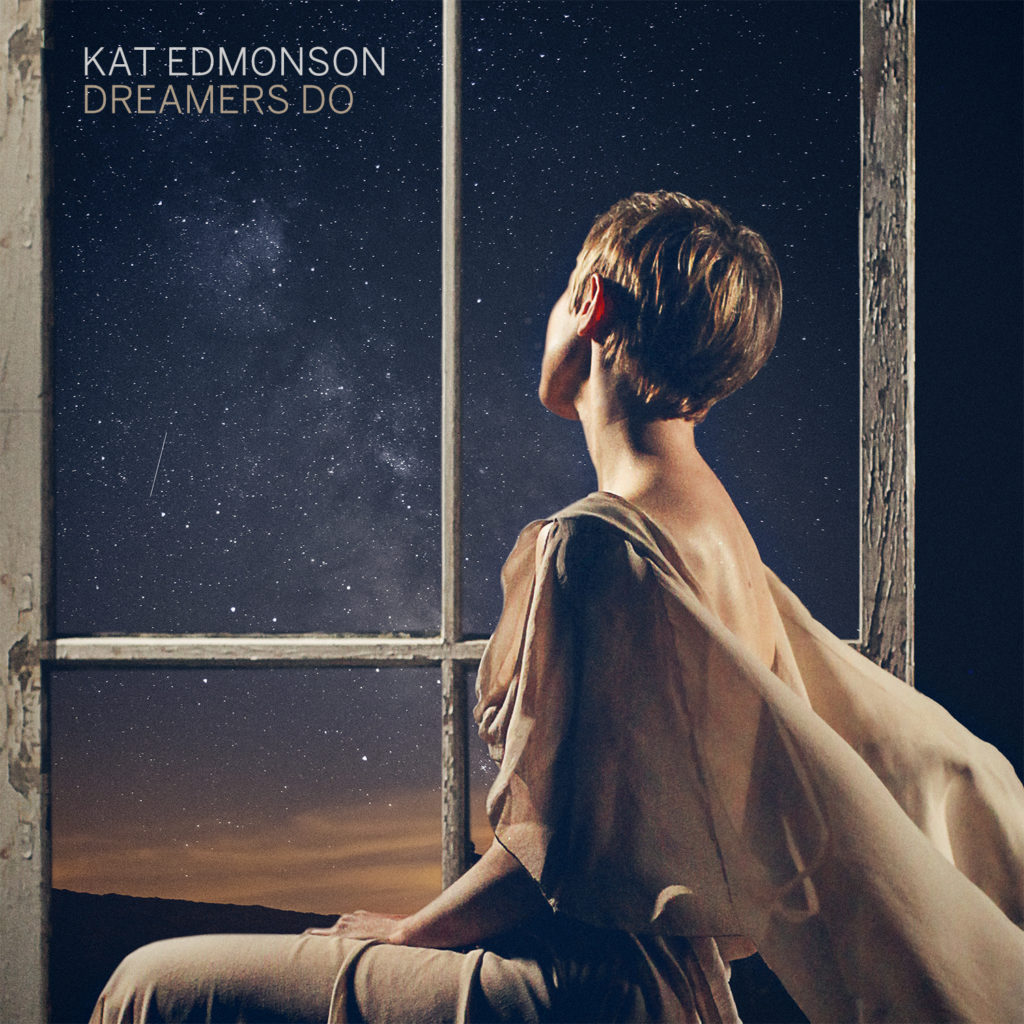
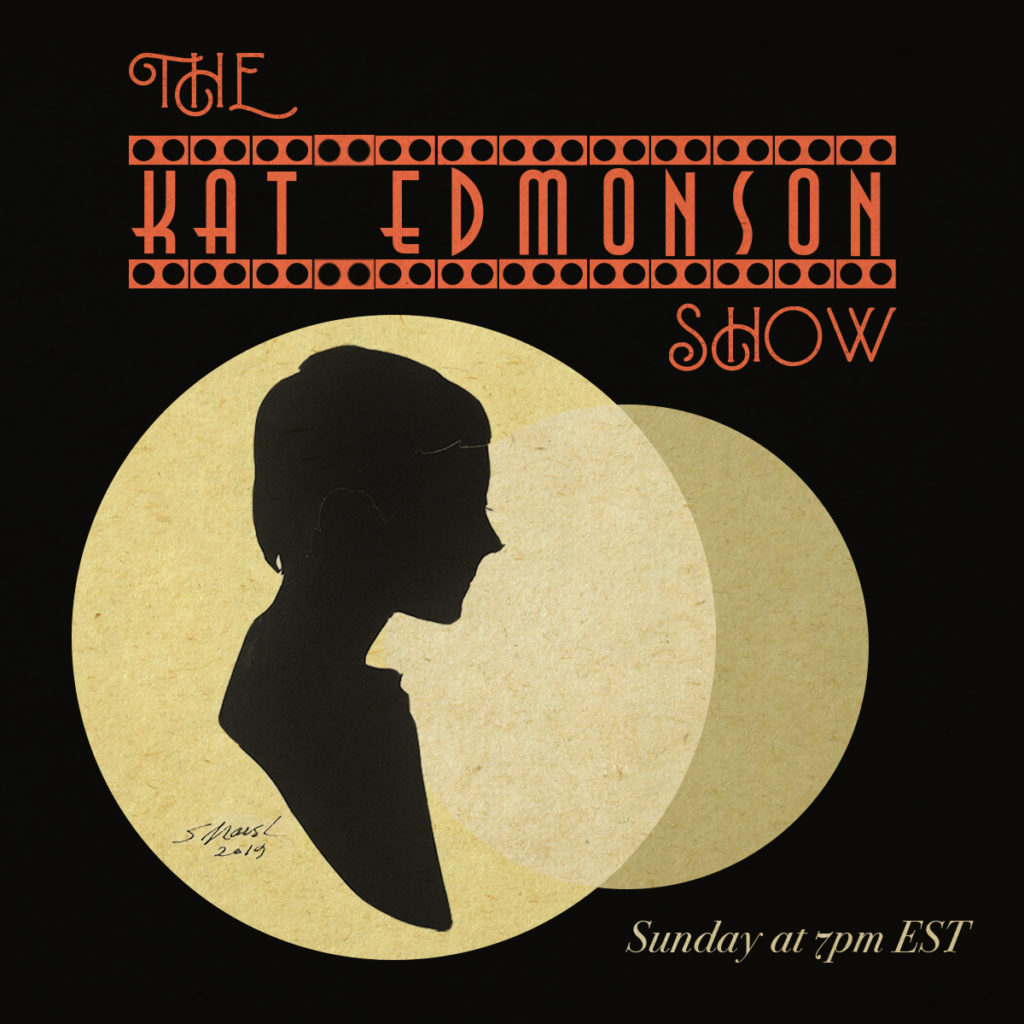
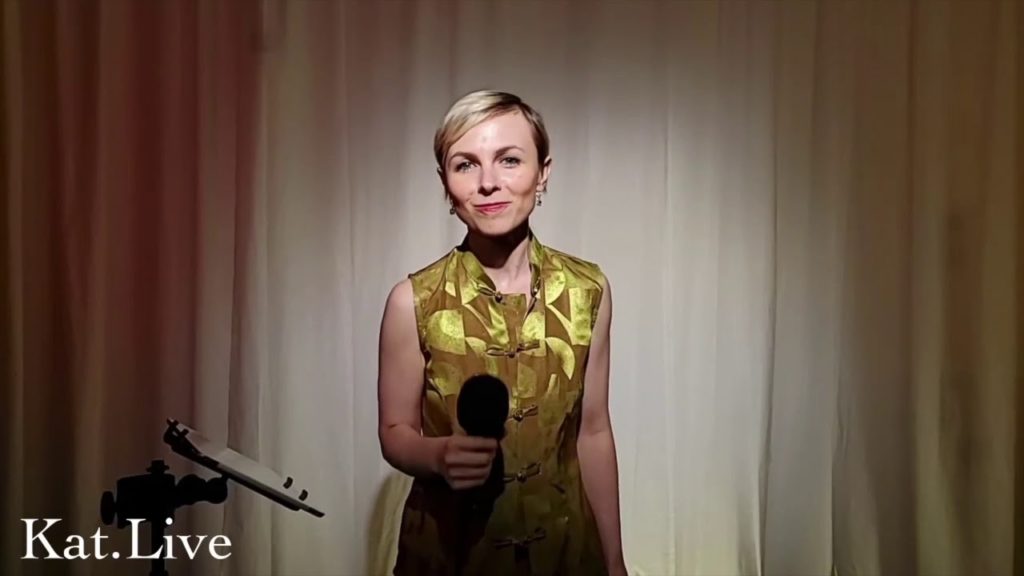
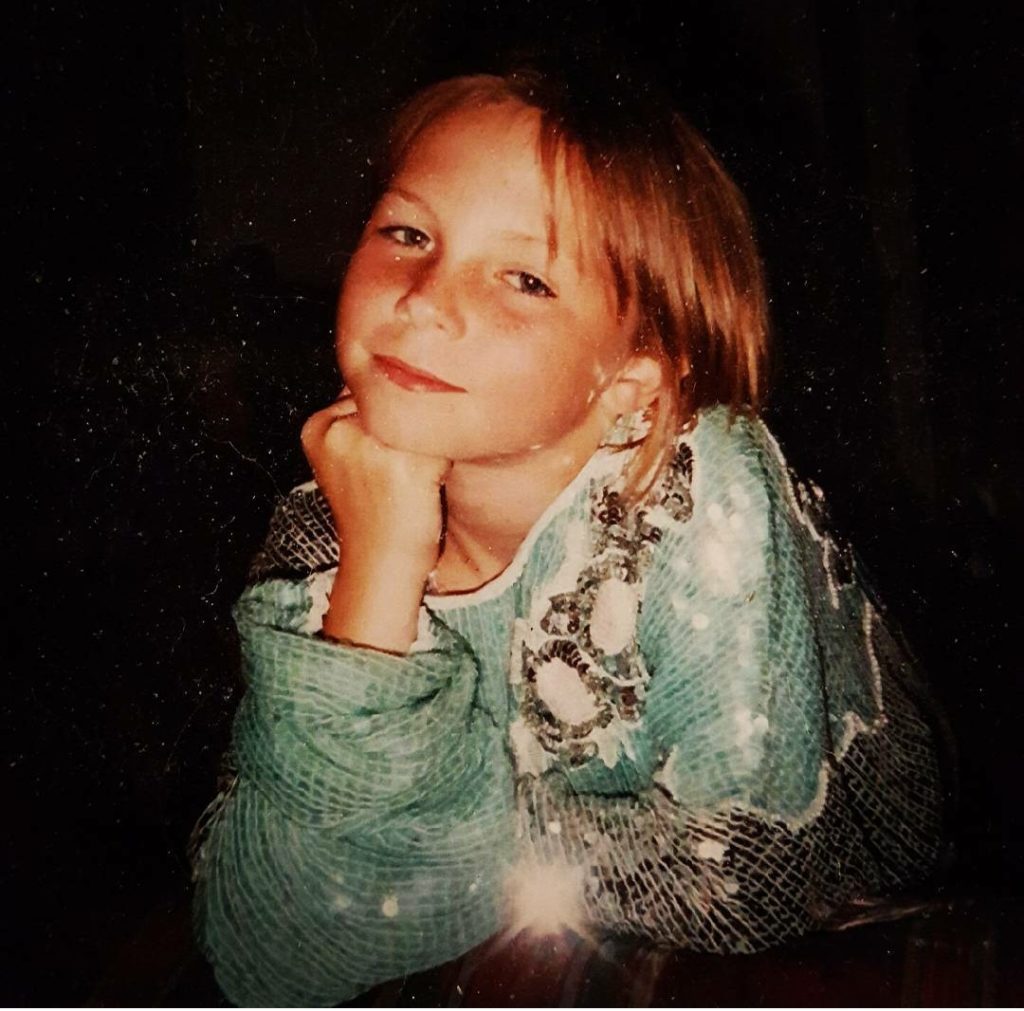
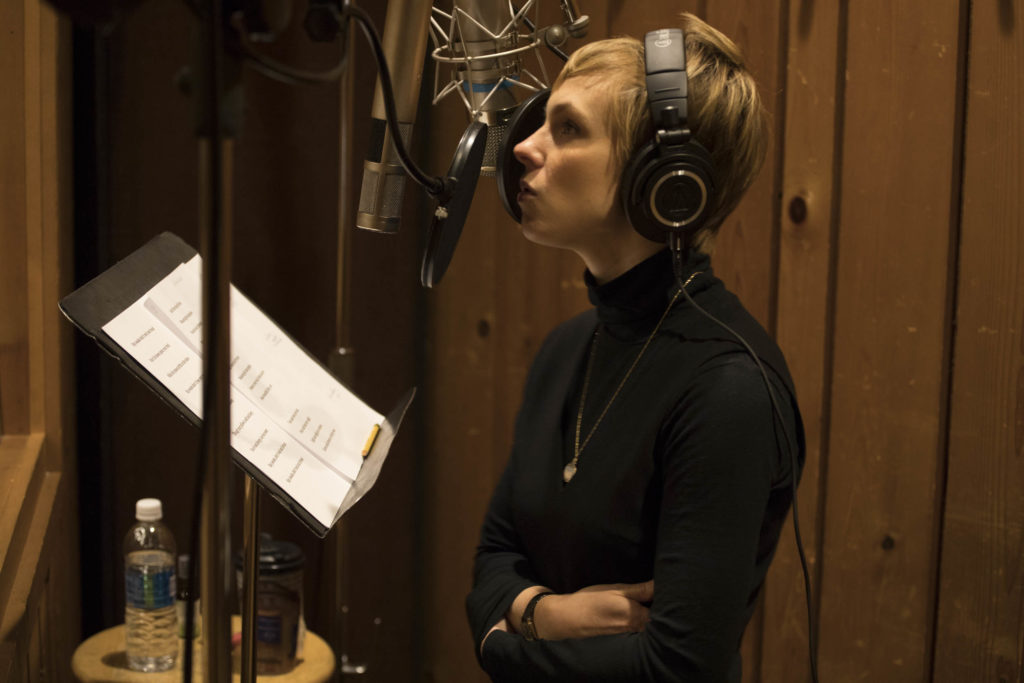

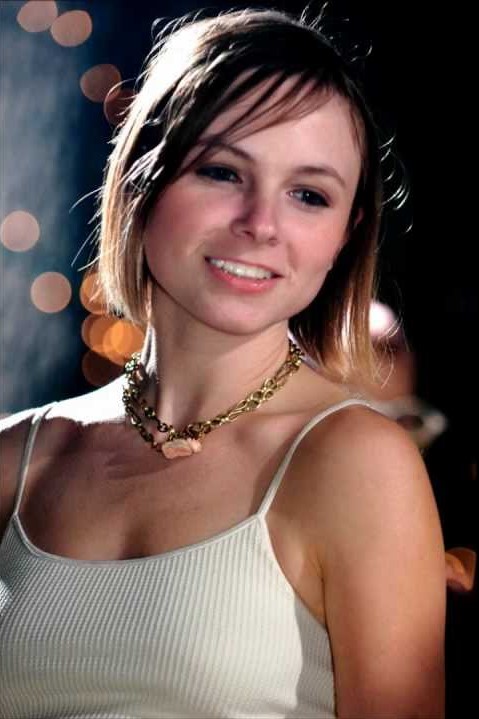


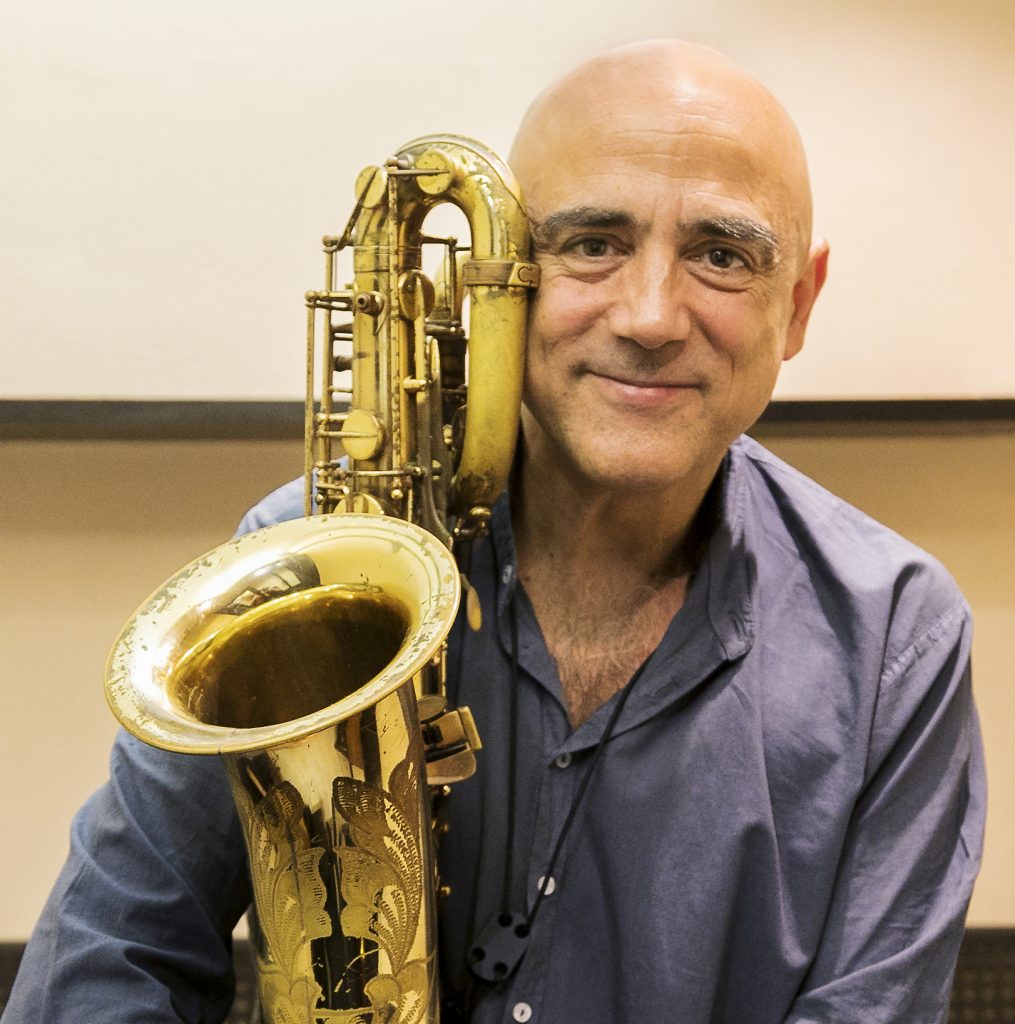

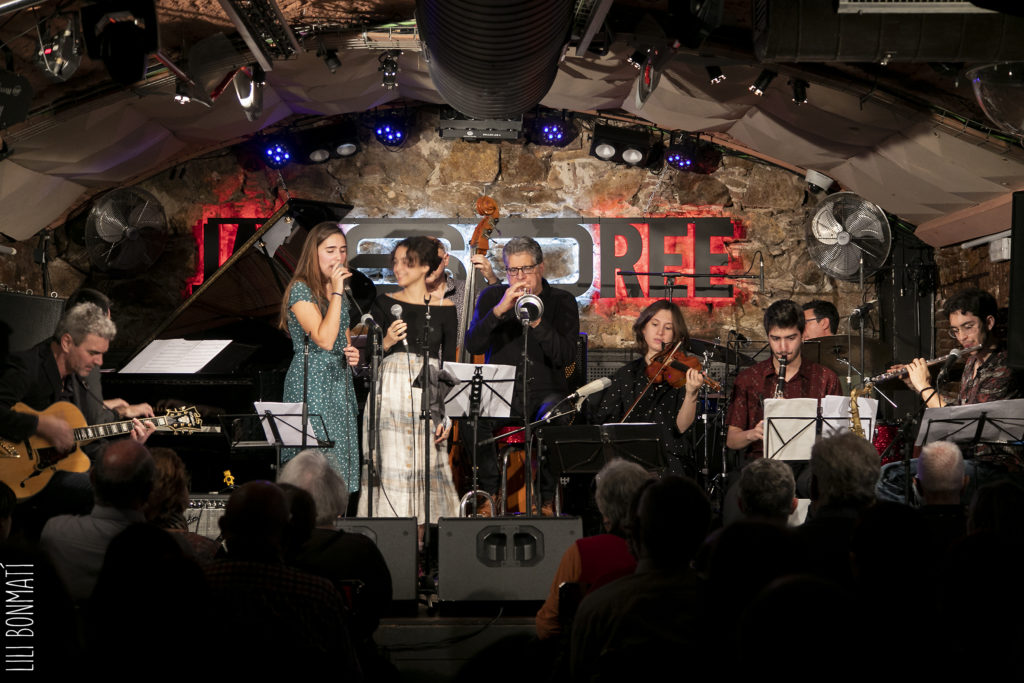
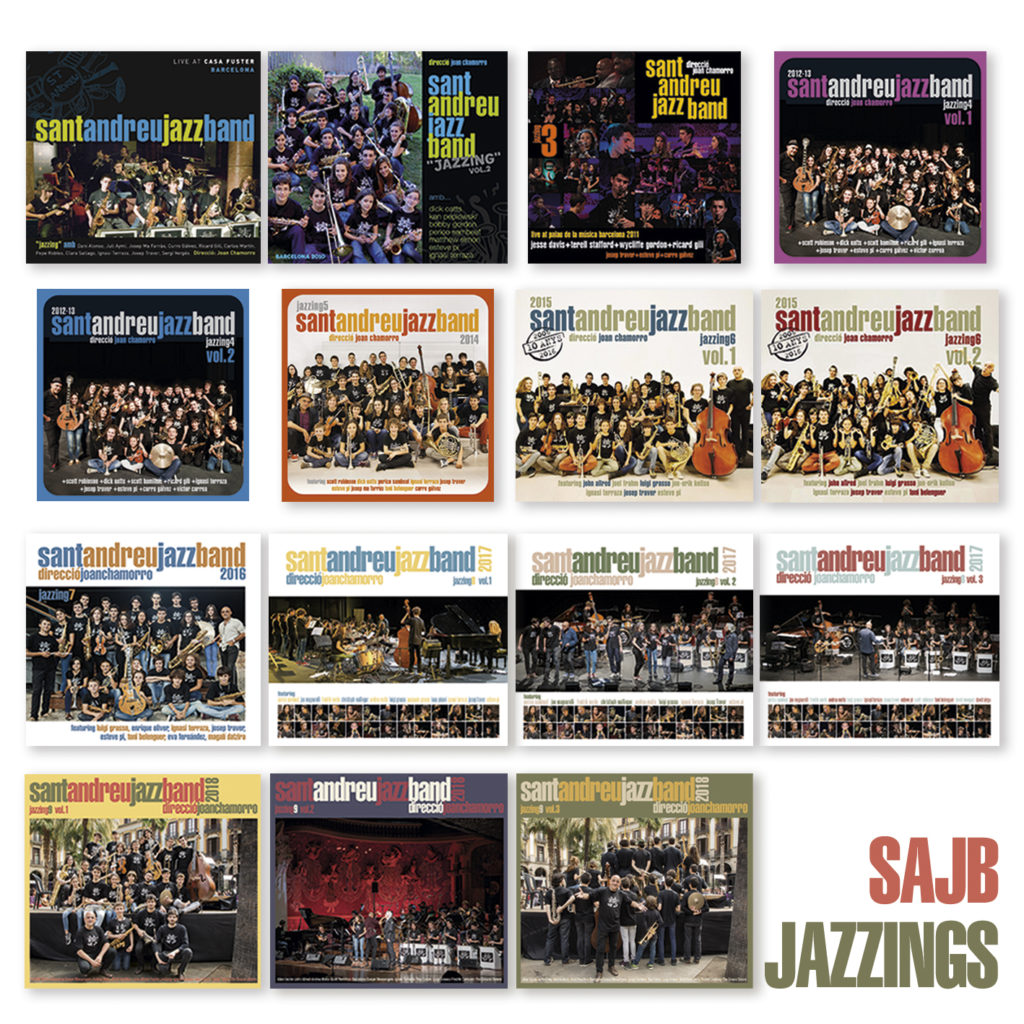

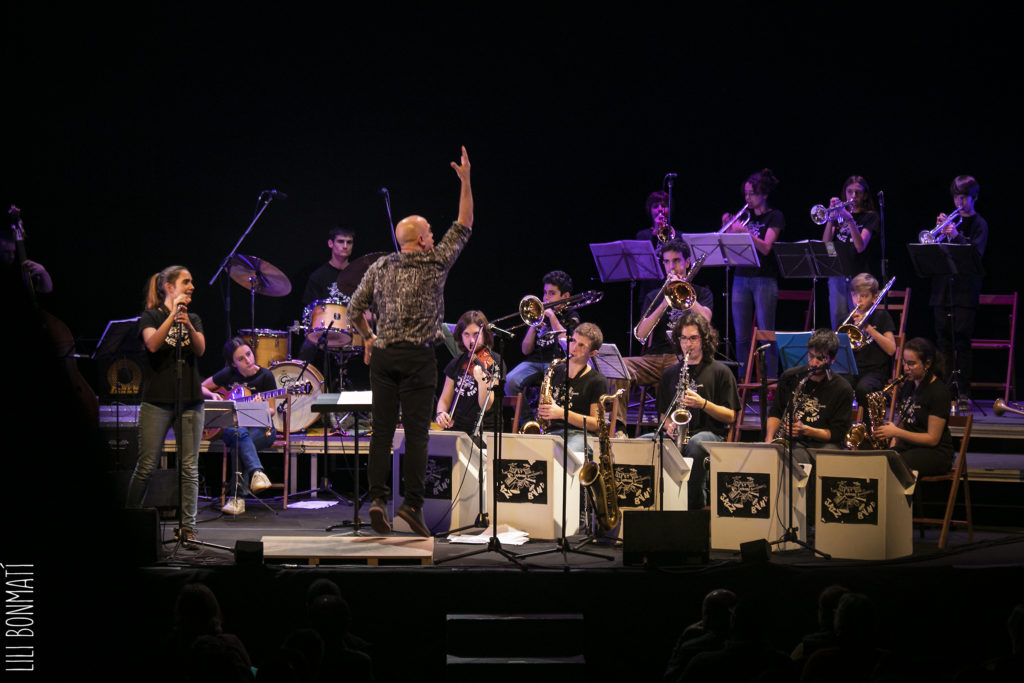
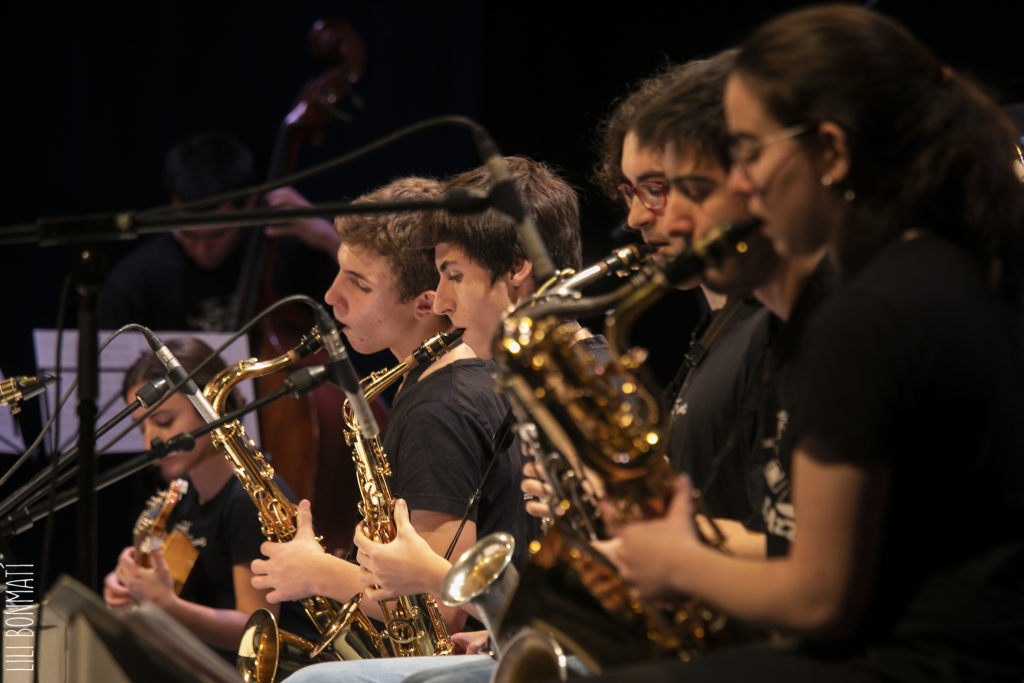
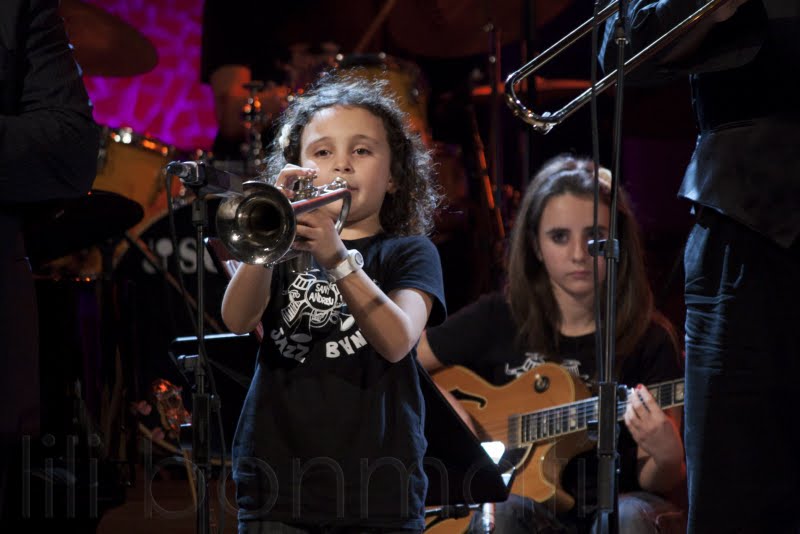
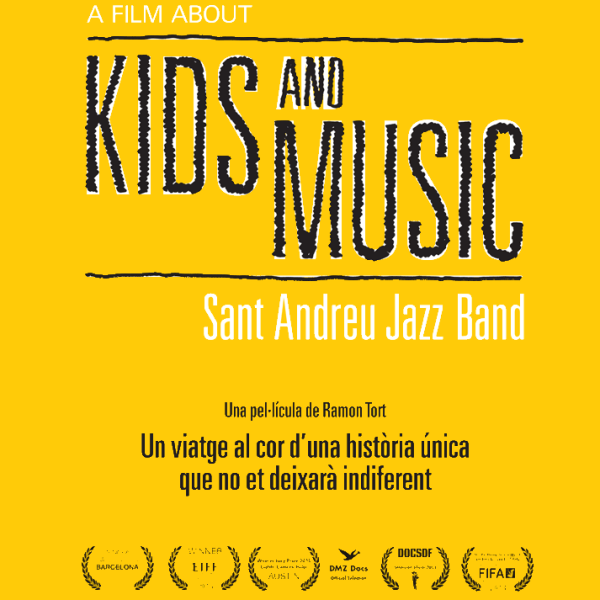
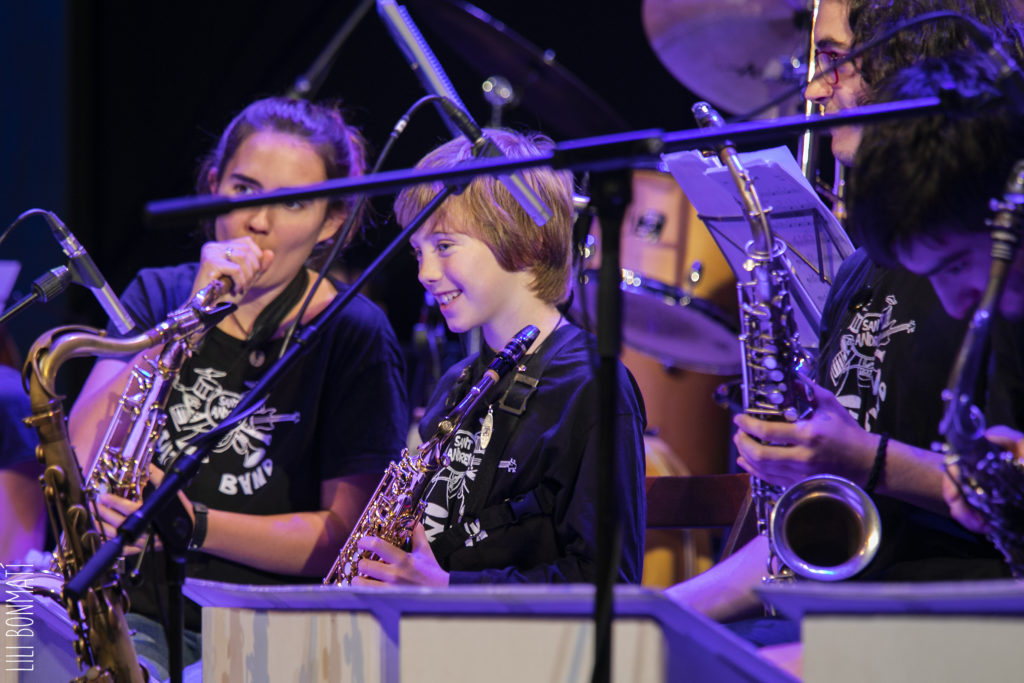
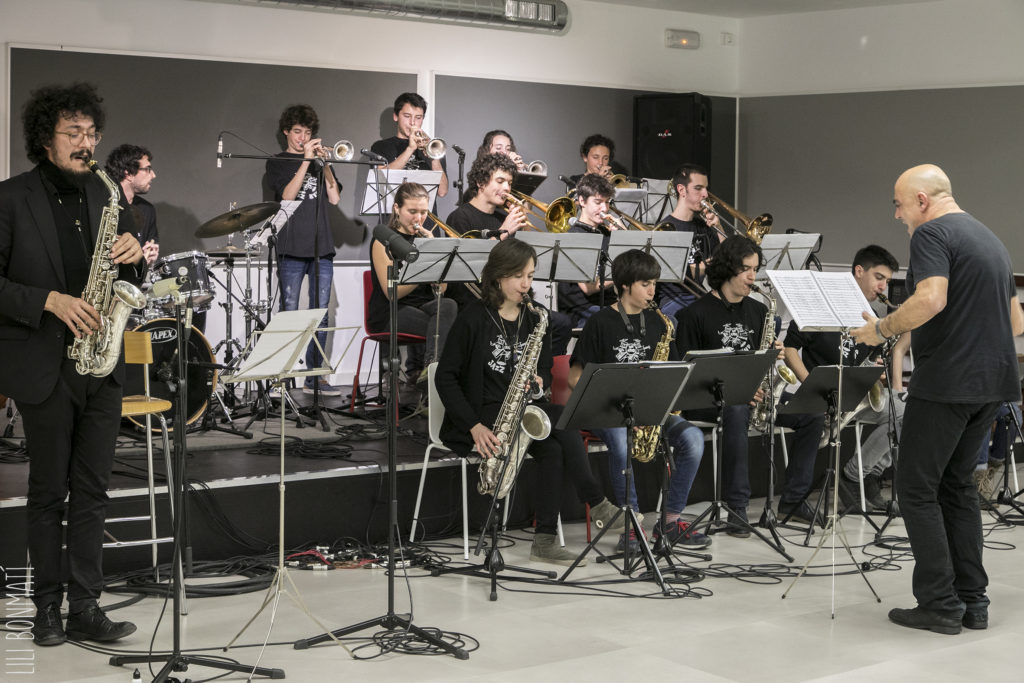
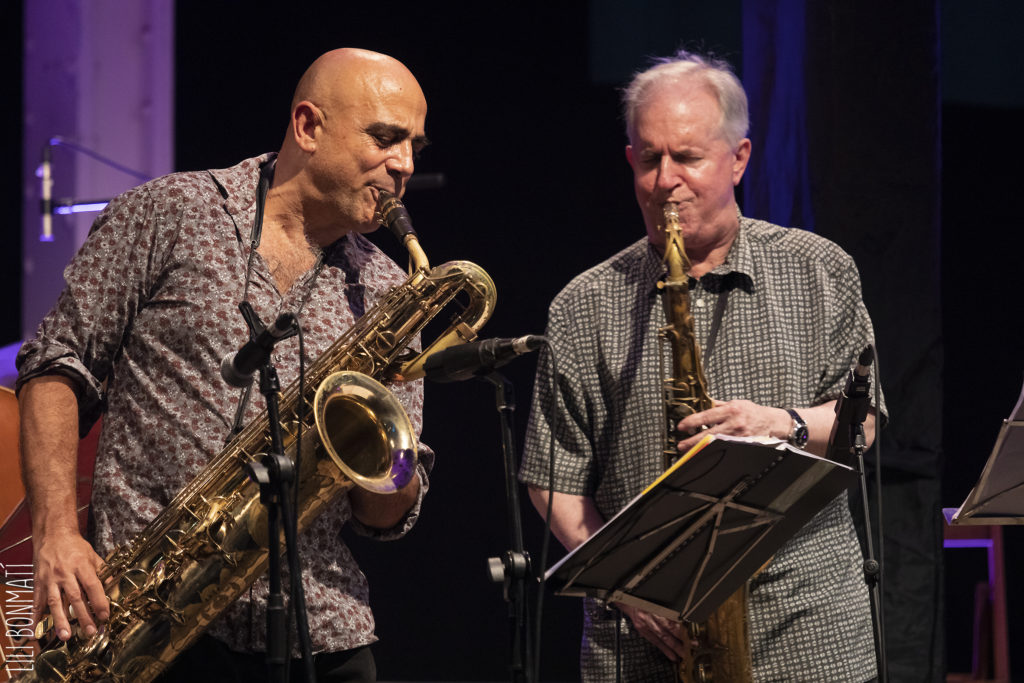
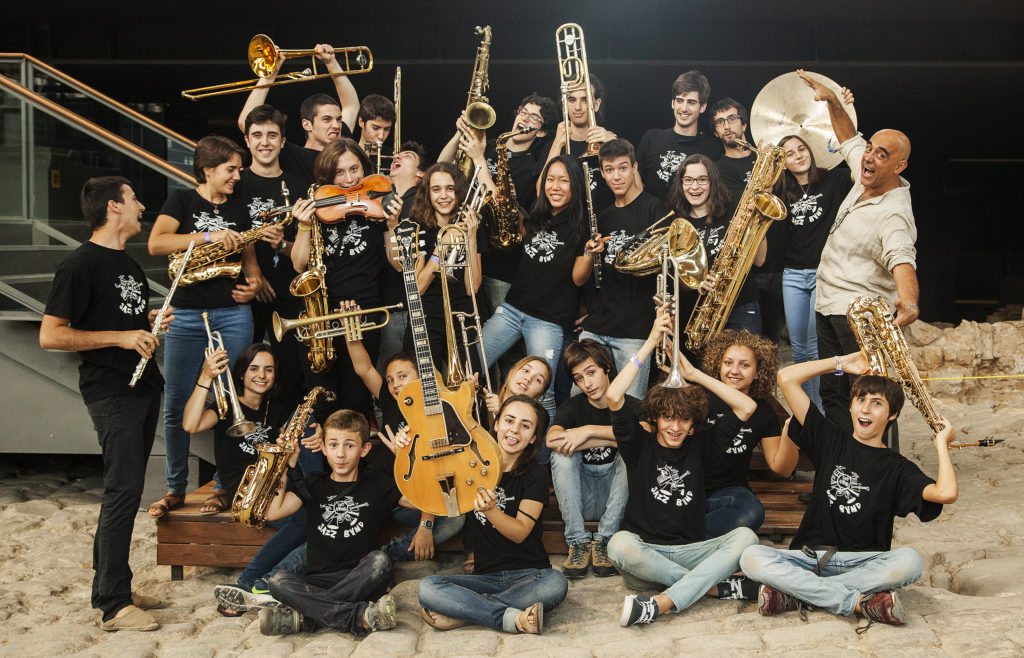


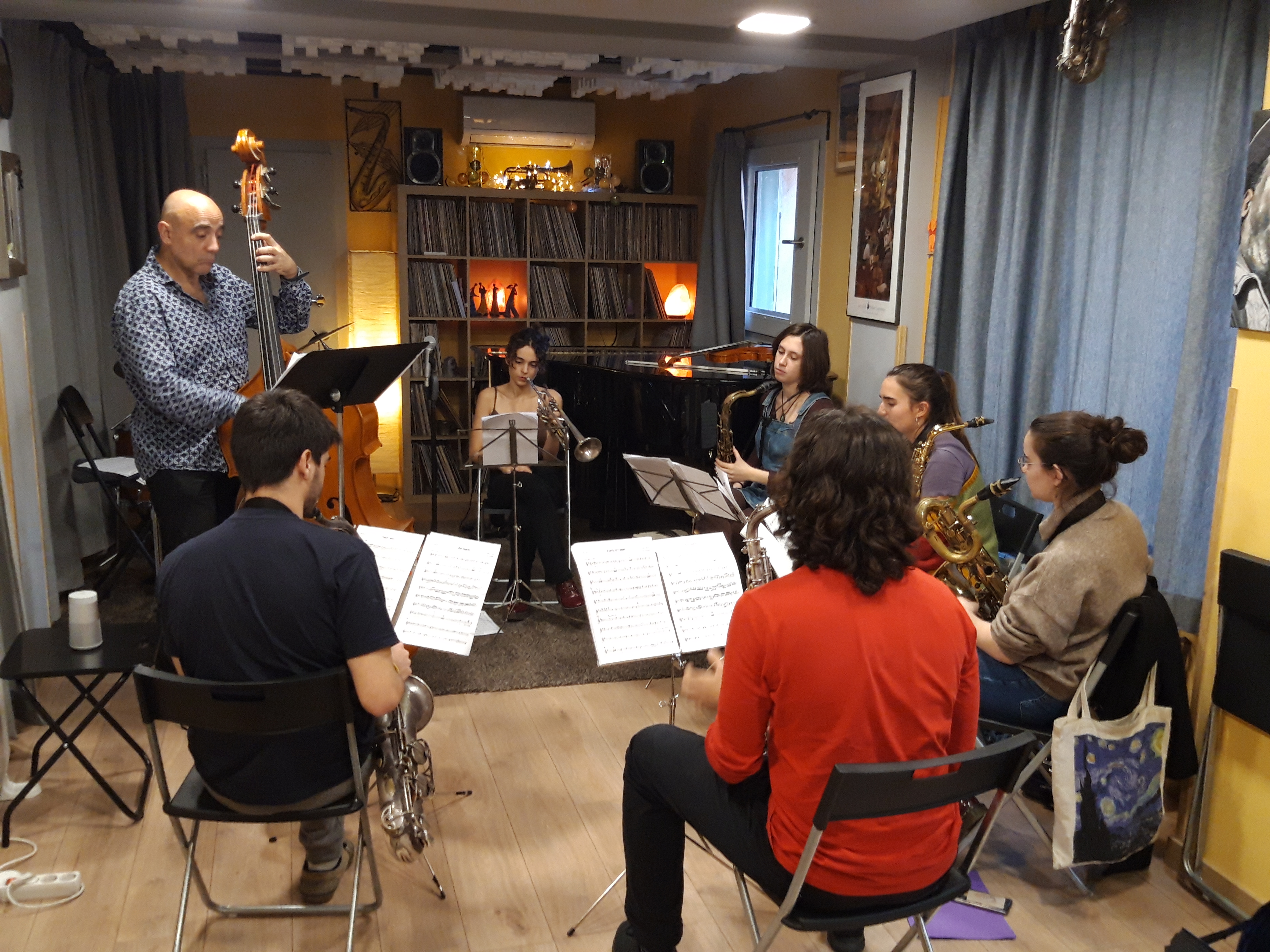
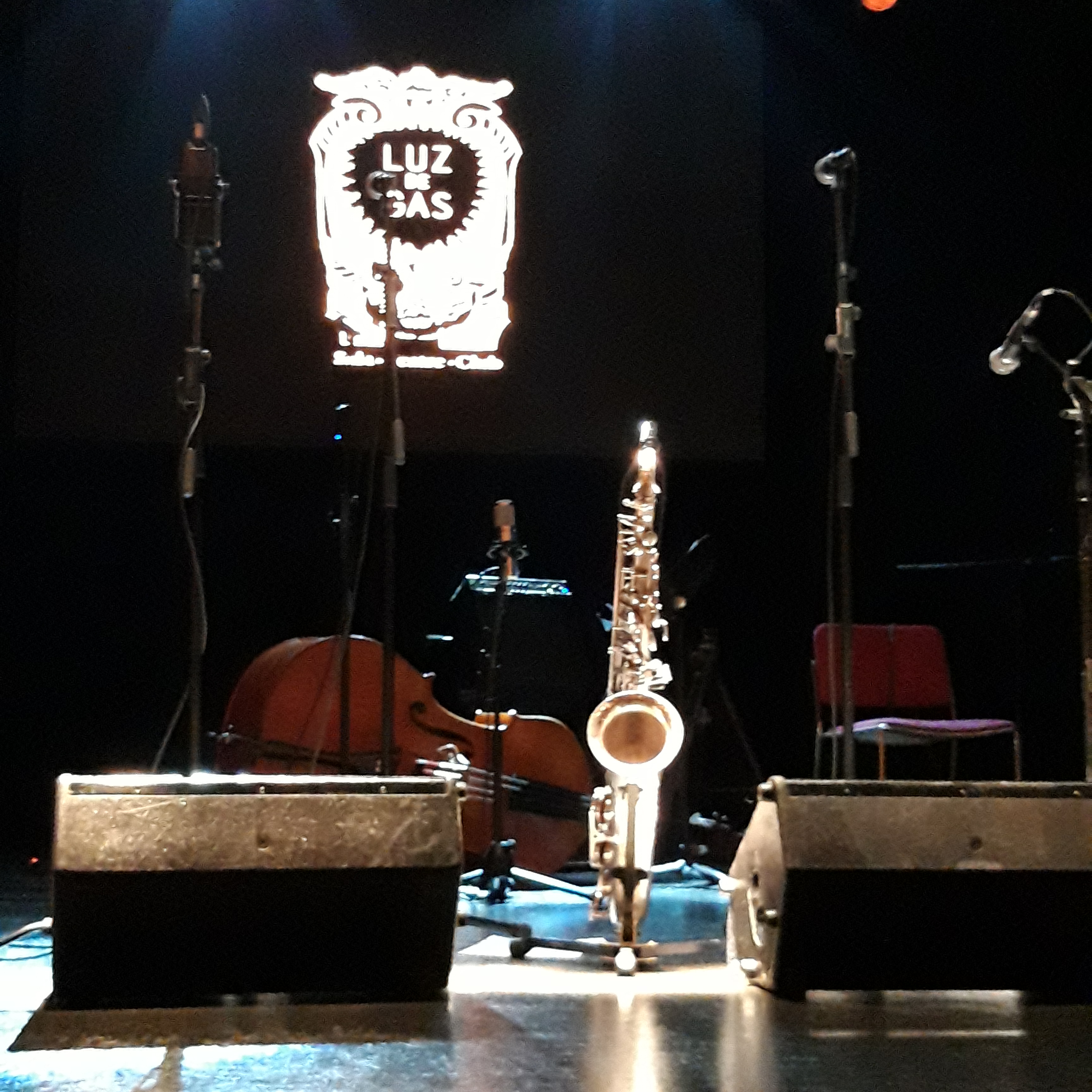
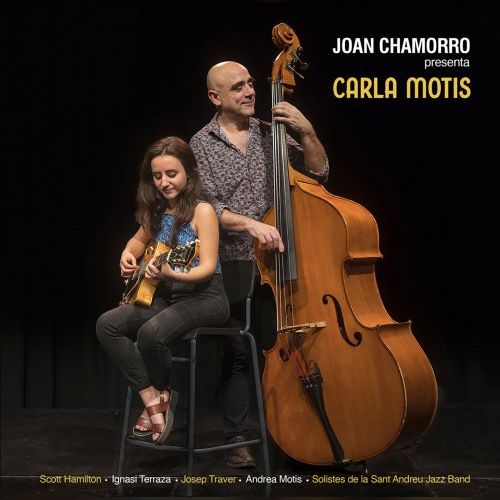



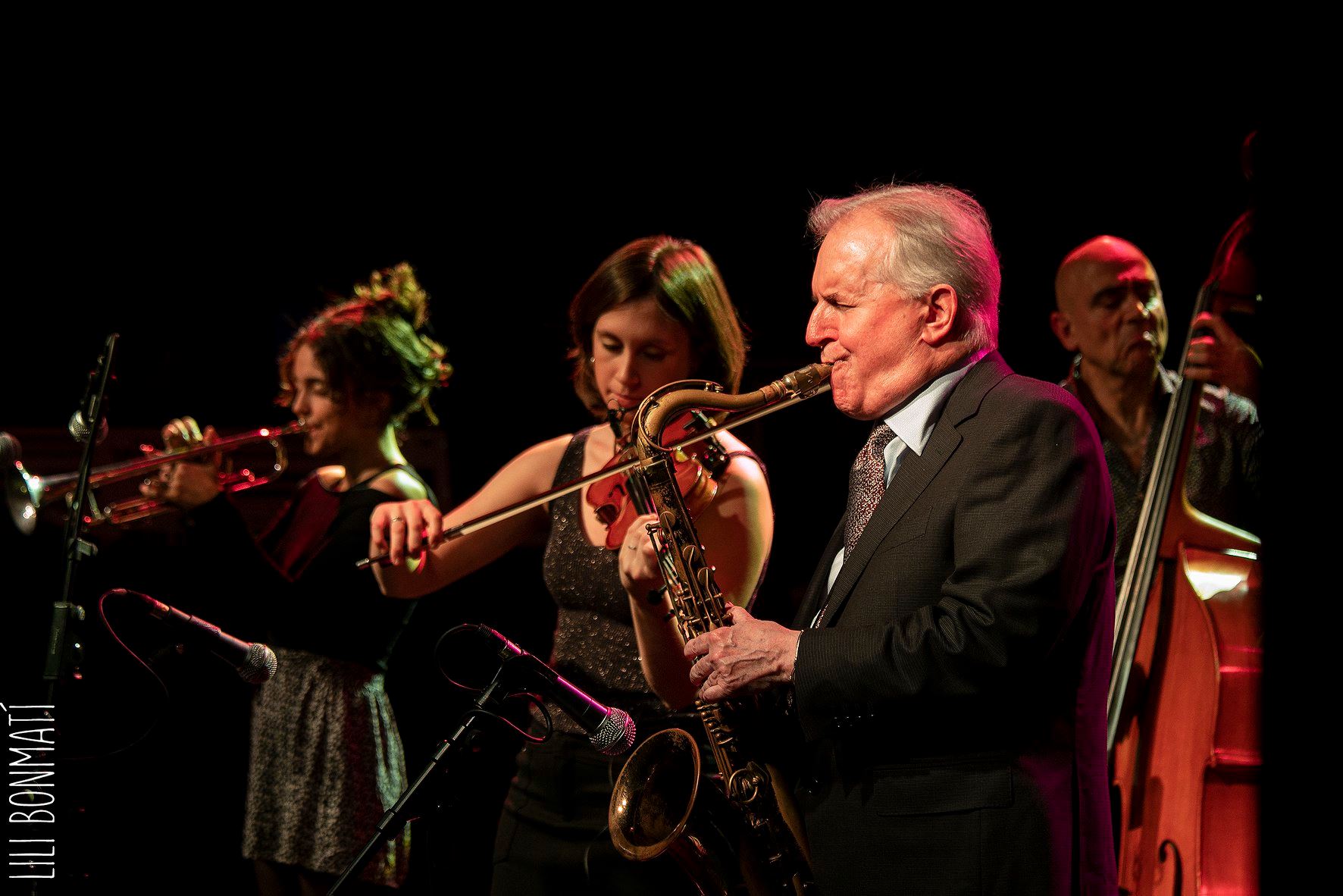
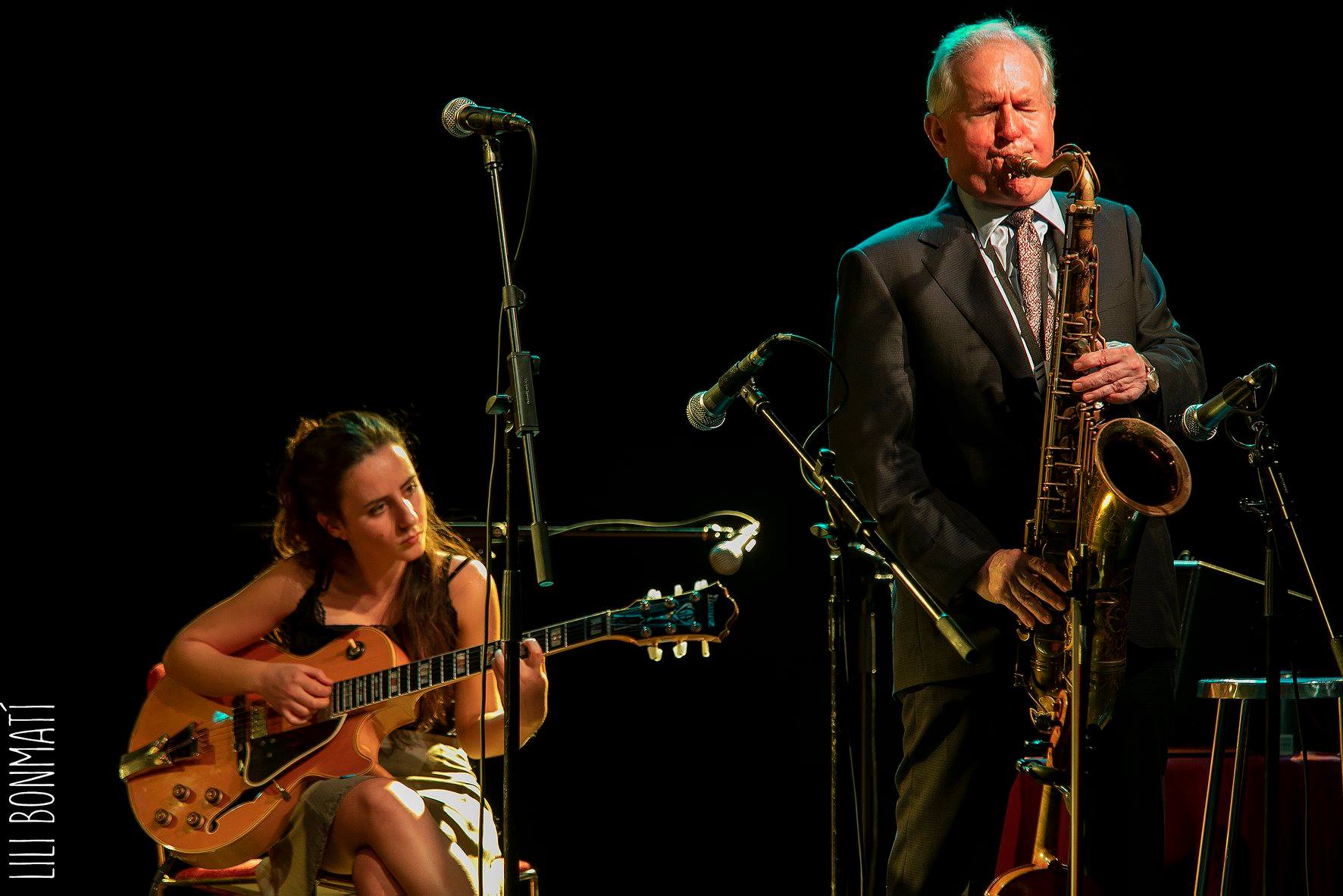
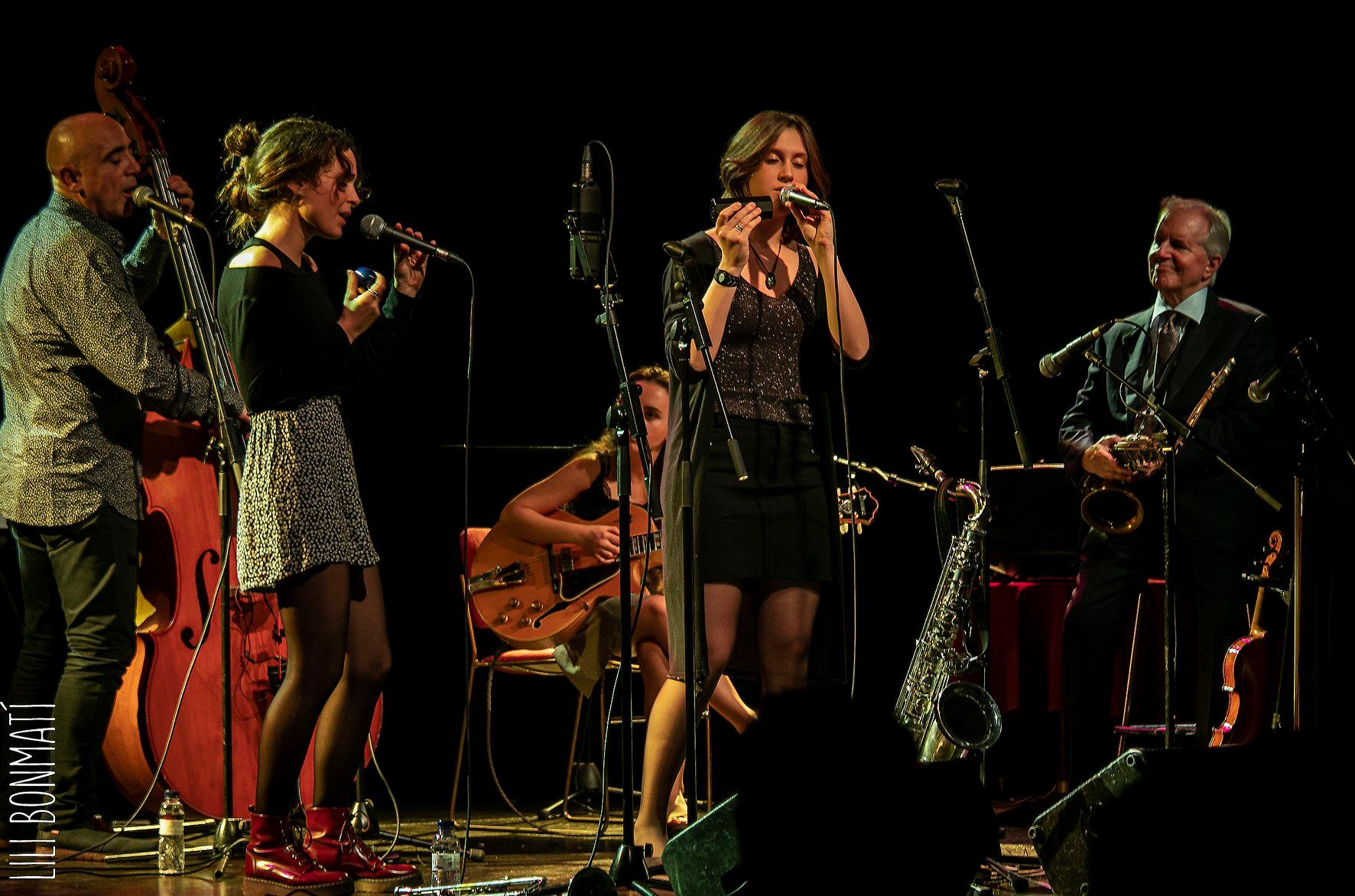
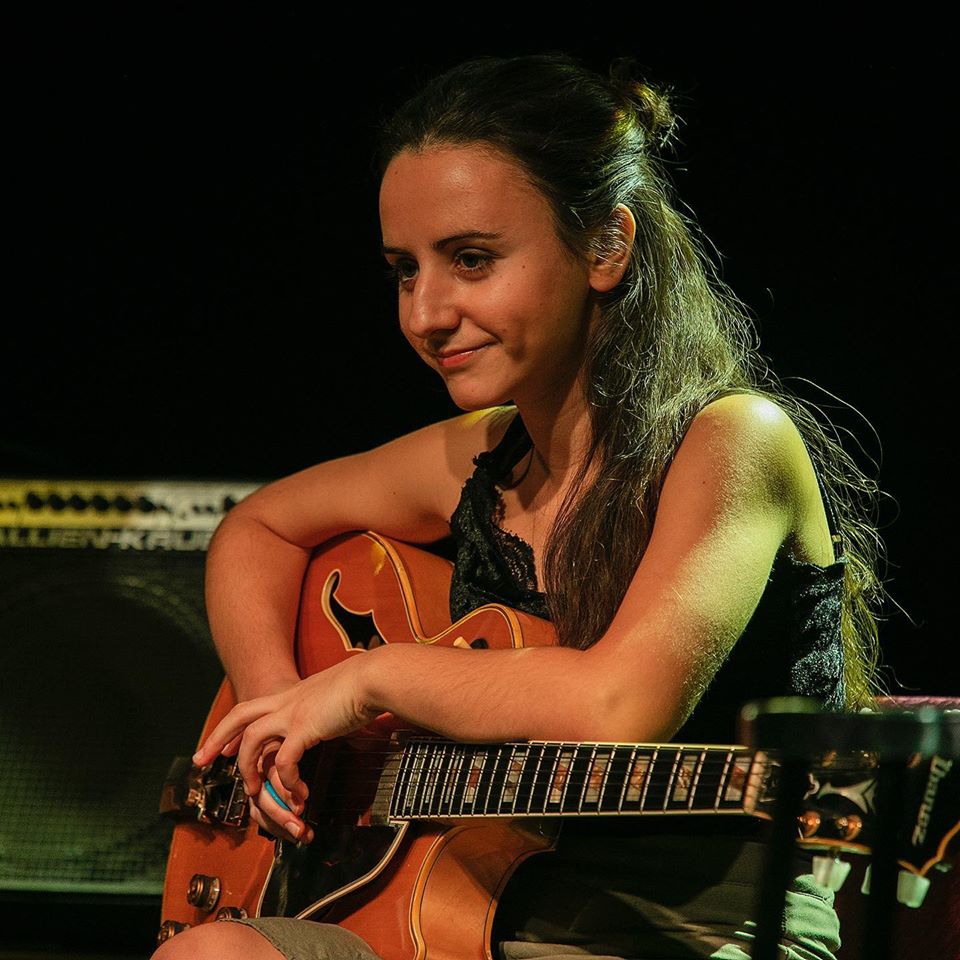
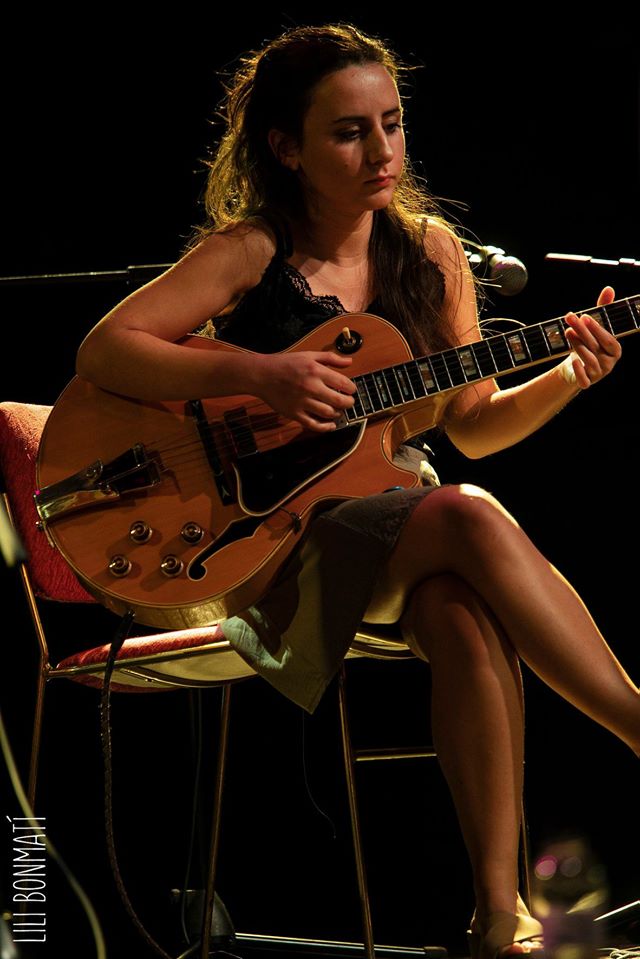
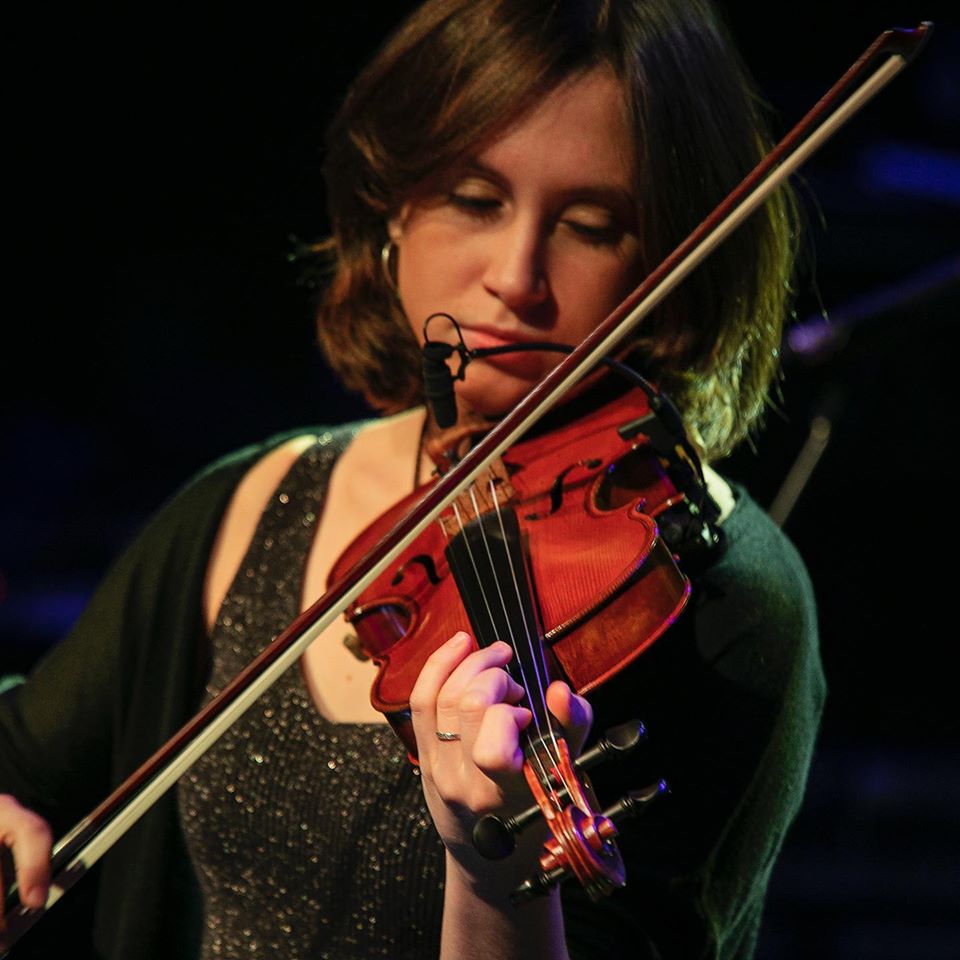
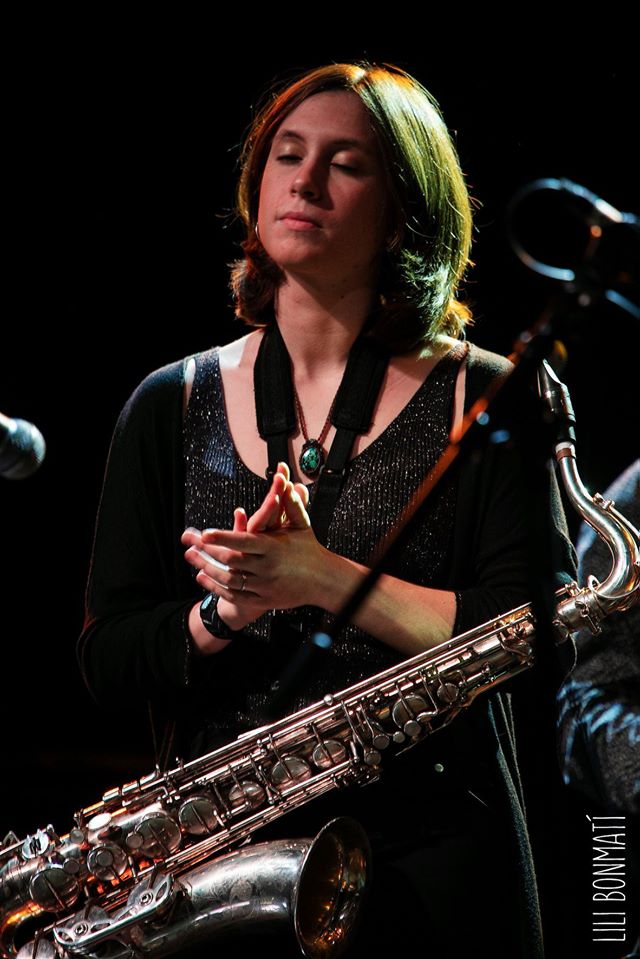
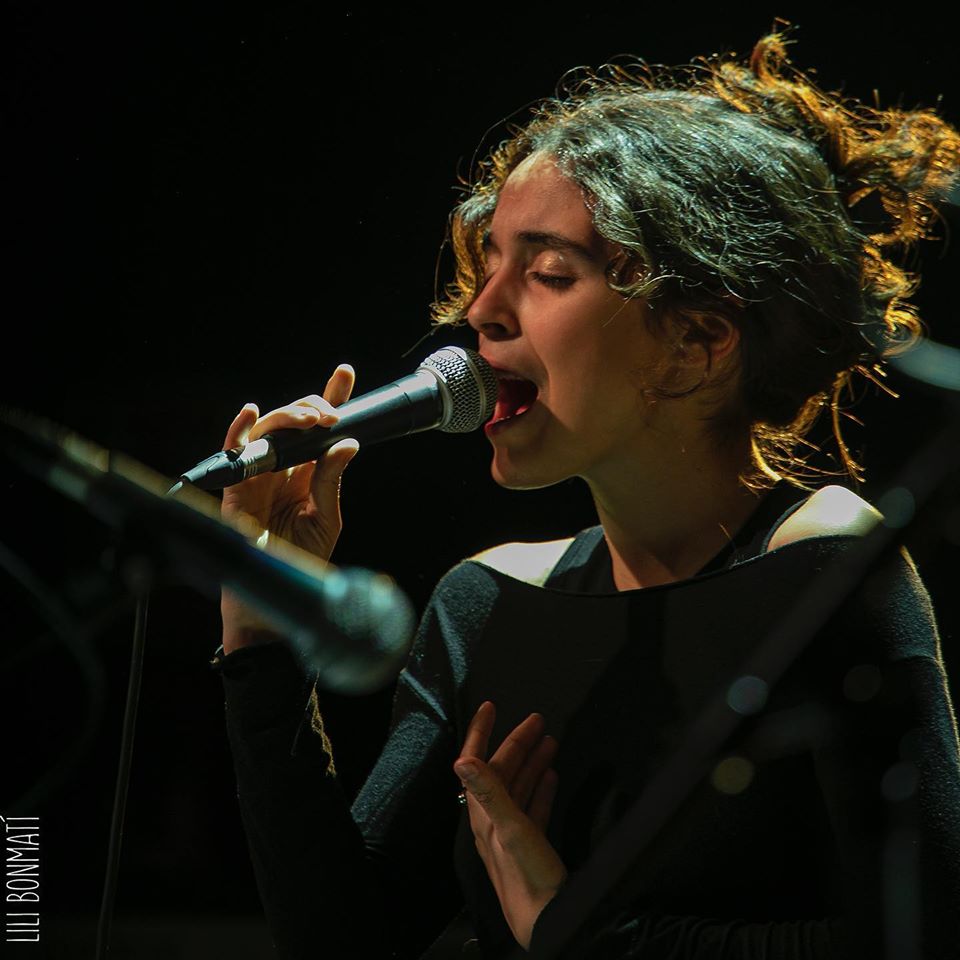 Alba Armengou is the youngest of the three, and still a member of SAJB. However, she is in every way a senior band member, carrying many soloist parts. Alba plays trumpet and saxophone, and she sings a lot with the big band and different SAJB-related smaller constellations. She does both lead and backing vocals. She sees the trumpet as her main instrument, but she also likes to sing.
Alba Armengou is the youngest of the three, and still a member of SAJB. However, she is in every way a senior band member, carrying many soloist parts. Alba plays trumpet and saxophone, and she sings a lot with the big band and different SAJB-related smaller constellations. She does both lead and backing vocals. She sees the trumpet as her main instrument, but she also likes to sing.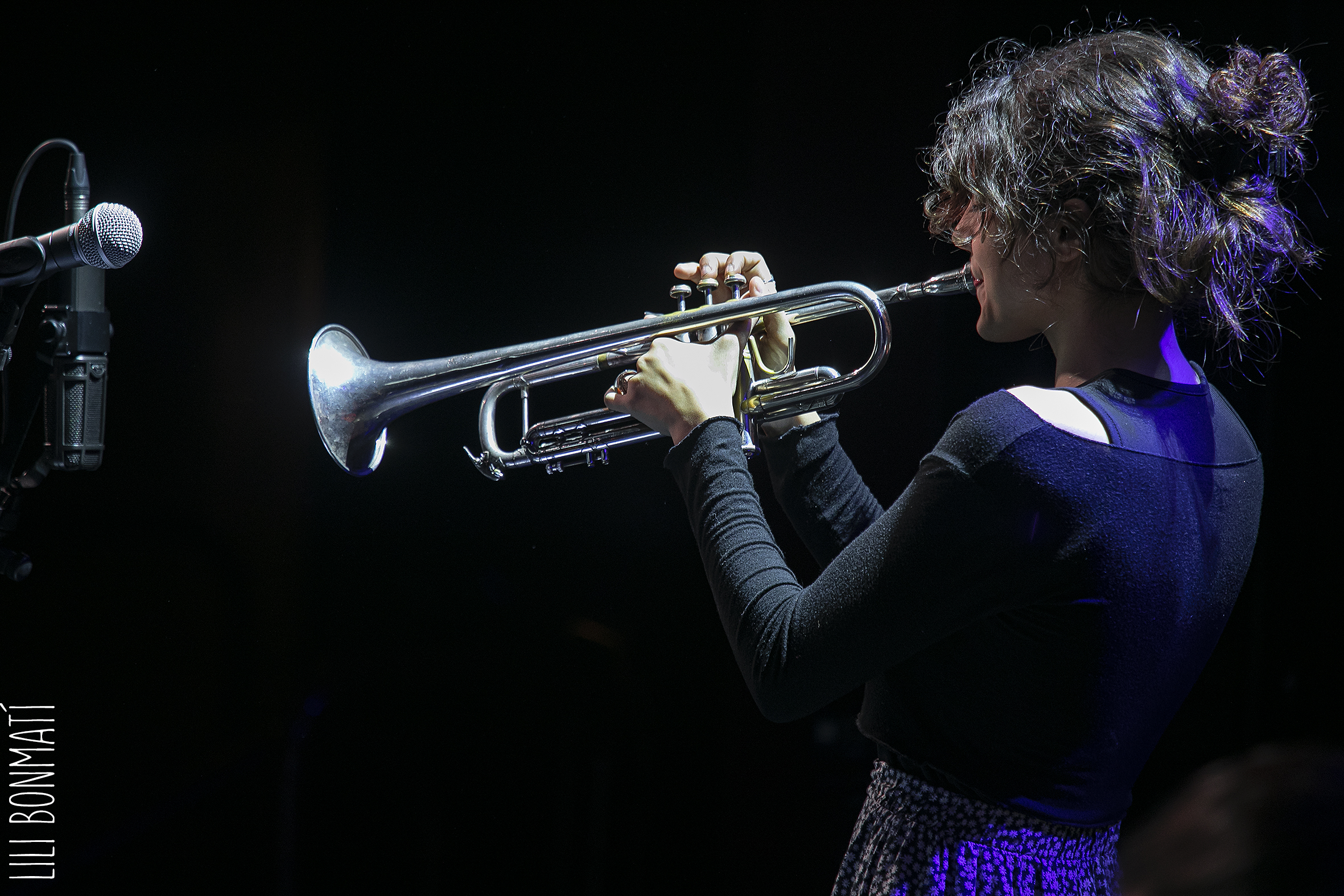 Alba’s parents are not musicians, but they love music. Alba’s musical training started at the age of three, when her parents let her attend a music school. From eight to 17 she studied trumpet and classical harmony at the IEA Oriol Martorell, and she is currently studying jazz trumpet at ESMuC.
Alba’s parents are not musicians, but they love music. Alba’s musical training started at the age of three, when her parents let her attend a music school. From eight to 17 she studied trumpet and classical harmony at the IEA Oriol Martorell, and she is currently studying jazz trumpet at ESMuC.
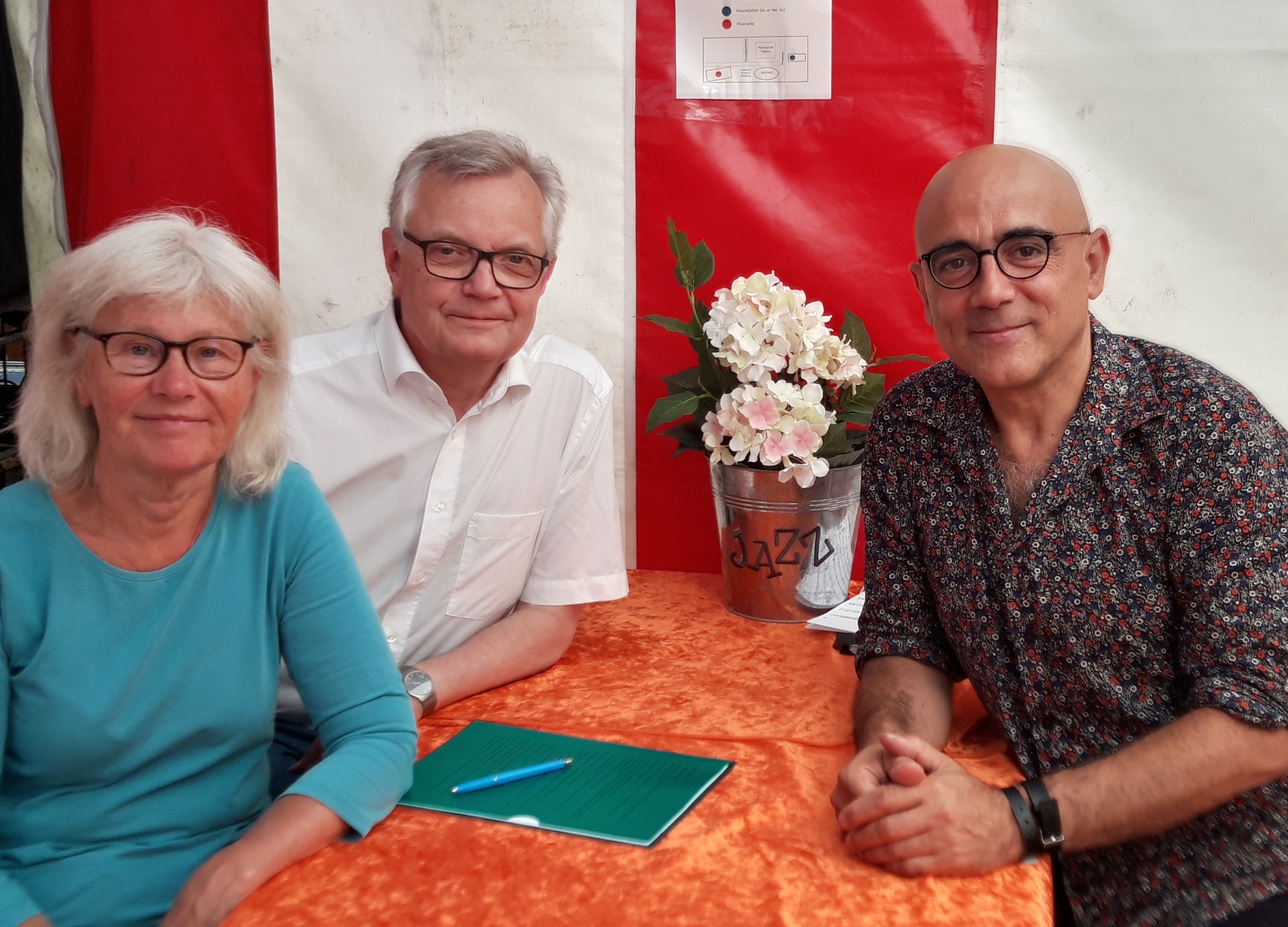
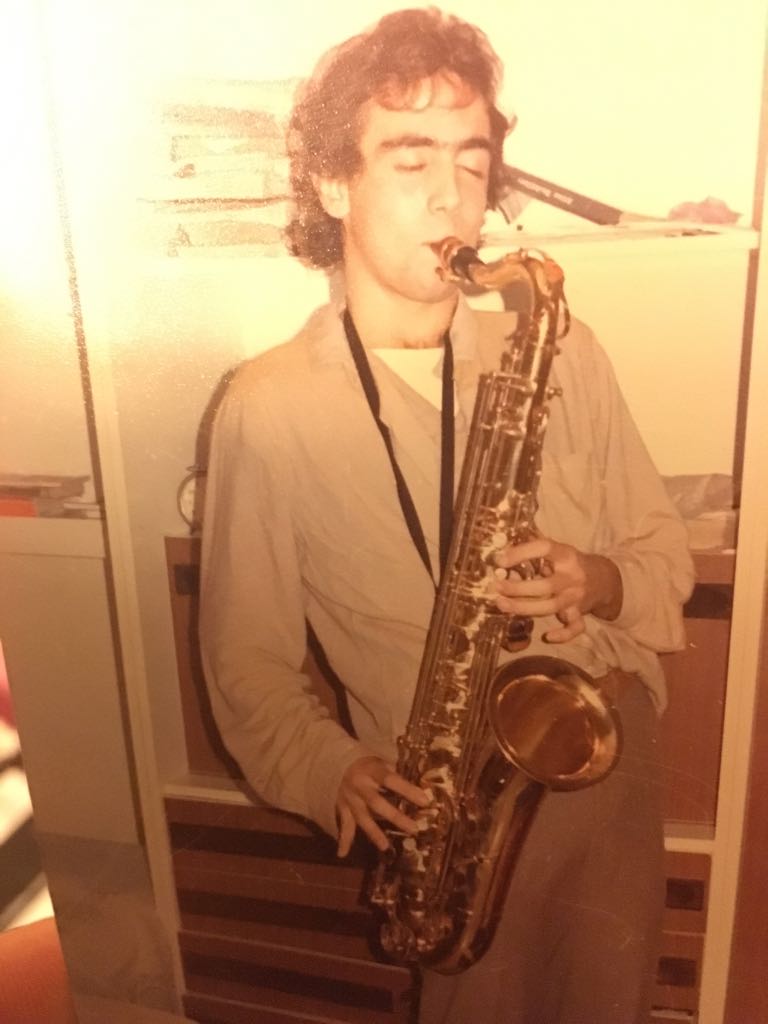

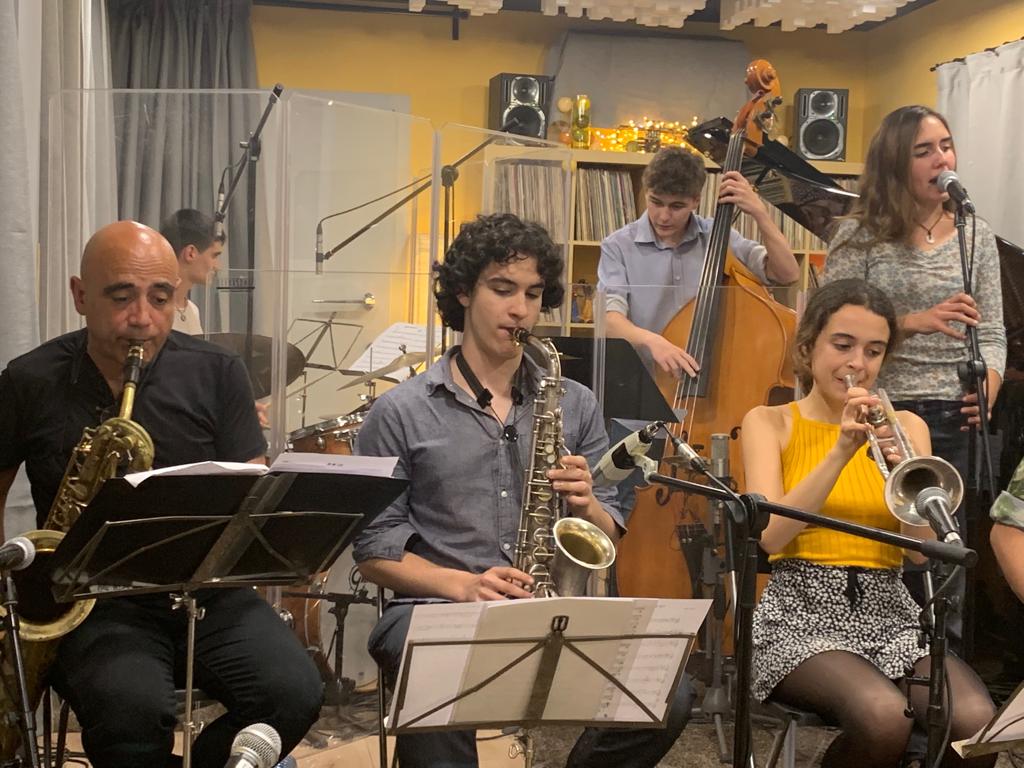
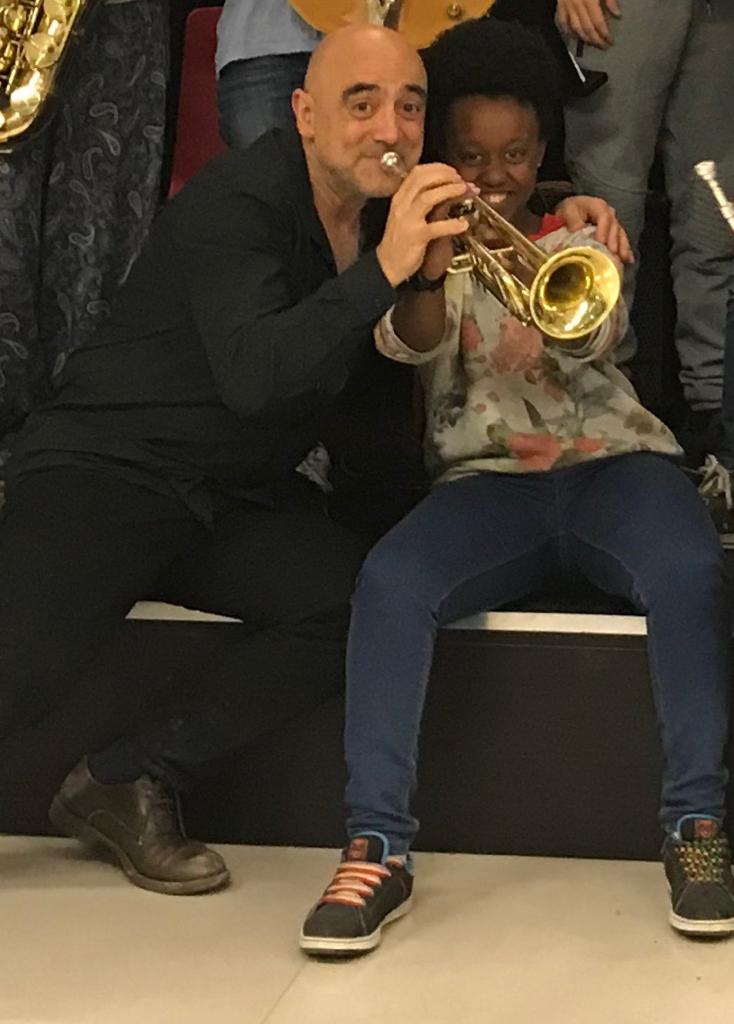
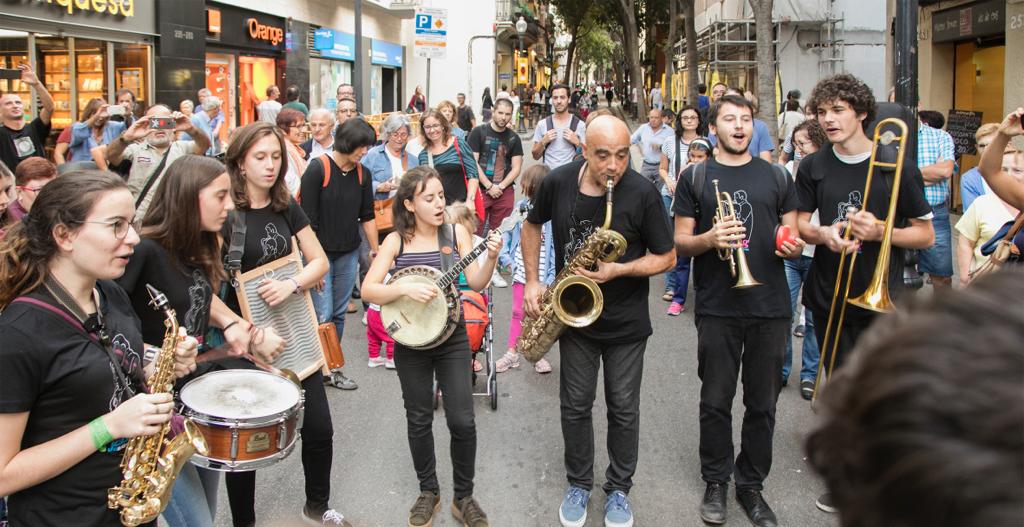
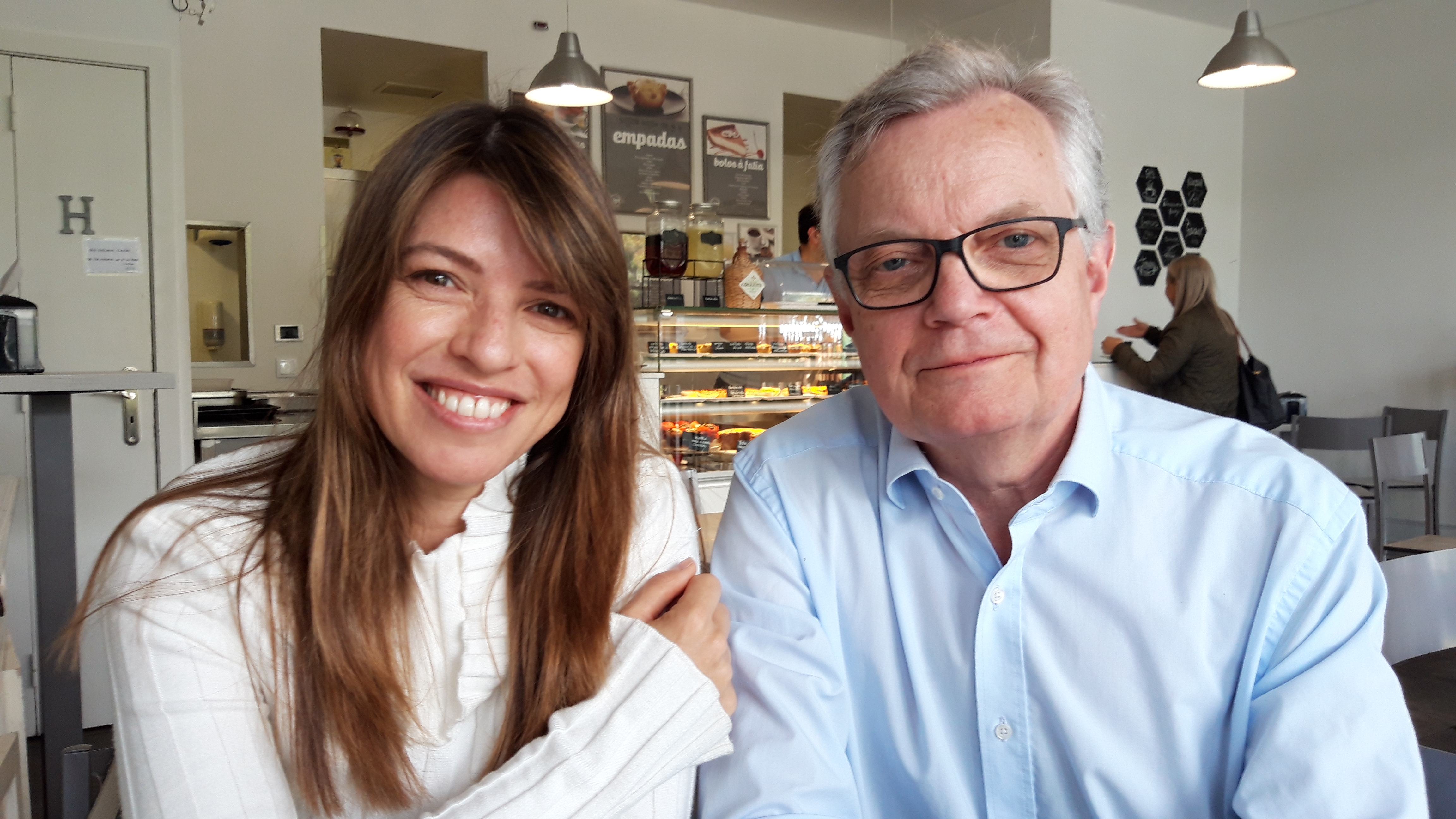
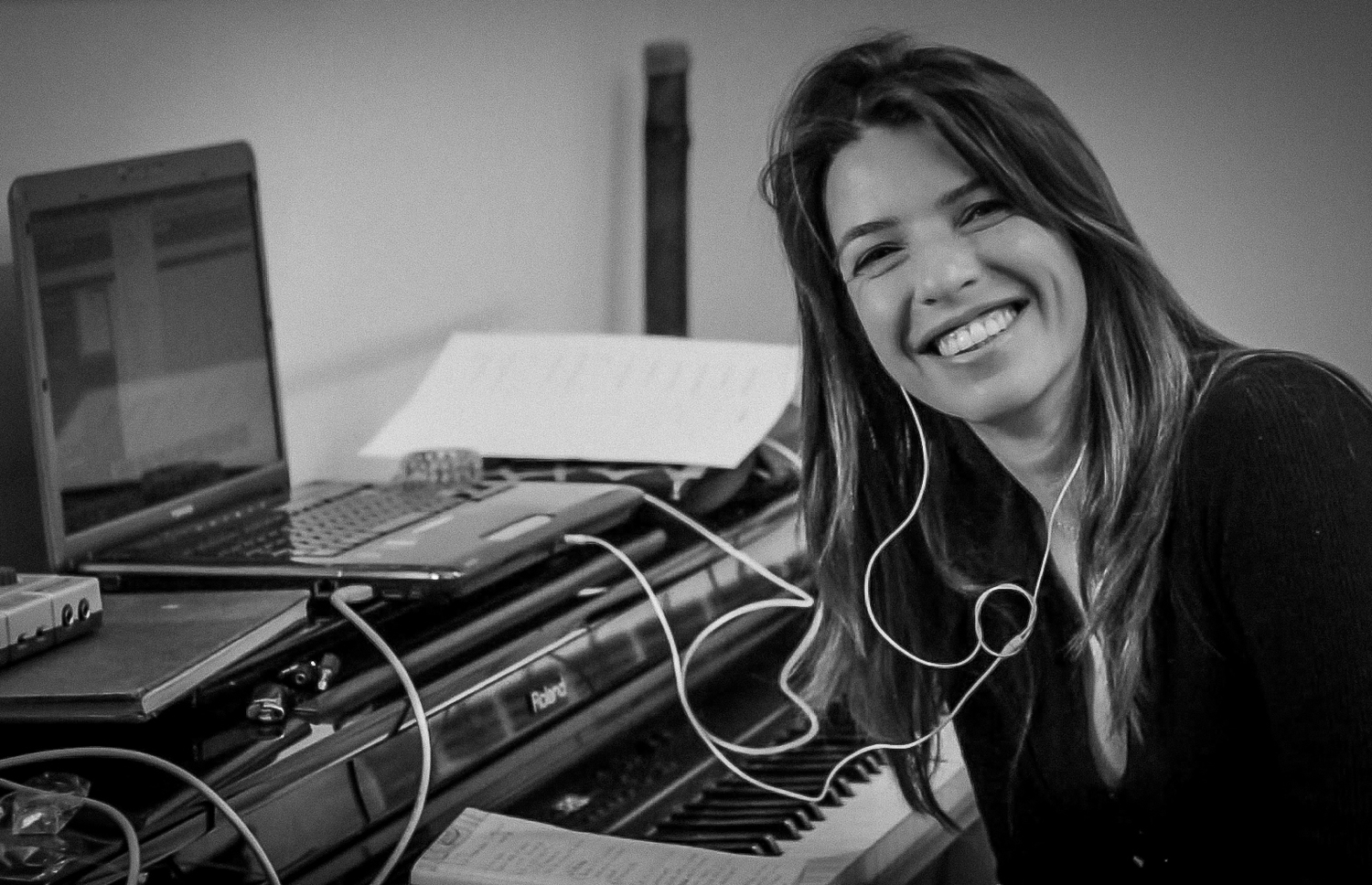 While writing this post I wonder if we sometimes unconsciously aim for a goal by moving into certain positions and options that will make the attainment of that goal more probable. It is not planning, but the effect can be the same – or even better. You avoid the boredom, the rigidity or the anxiety of conscious planning, but you might anyway get where you want. Some of that applies to me, but I do not know if it applies to Maria Ana. That is for her to say.
While writing this post I wonder if we sometimes unconsciously aim for a goal by moving into certain positions and options that will make the attainment of that goal more probable. It is not planning, but the effect can be the same – or even better. You avoid the boredom, the rigidity or the anxiety of conscious planning, but you might anyway get where you want. Some of that applies to me, but I do not know if it applies to Maria Ana. That is for her to say. However, some are born in the tradition, and they learn from people close to them. There is a vocal characteristic that seems to run in the family, a kind of coloratura with ornaments. Others learn fado from the outside. There is almost like a genetic thing which marks the difference between coming from the inside or the outside, says Maria Ana. It is not that one or the other is better, but they are different. And the Portuguese listener can tell the difference.
However, some are born in the tradition, and they learn from people close to them. There is a vocal characteristic that seems to run in the family, a kind of coloratura with ornaments. Others learn fado from the outside. There is almost like a genetic thing which marks the difference between coming from the inside or the outside, says Maria Ana. It is not that one or the other is better, but they are different. And the Portuguese listener can tell the difference.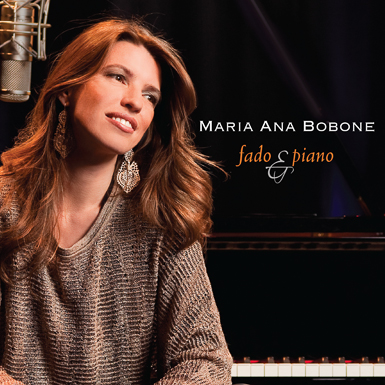 But new instruments are introduced, and Maria Ana Bobone is one of the fadistas who does that. Not only the piano, but also less expected instruments. In her album Luz Destino there is a harpsichord, and in the album Senhora da Lapa a saxophone. But, as Maria Ana points out, even Amalia Rodrigues experimented with the saxophone by Don Byas in 1973.
But new instruments are introduced, and Maria Ana Bobone is one of the fadistas who does that. Not only the piano, but also less expected instruments. In her album Luz Destino there is a harpsichord, and in the album Senhora da Lapa a saxophone. But, as Maria Ana points out, even Amalia Rodrigues experimented with the saxophone by Don Byas in 1973.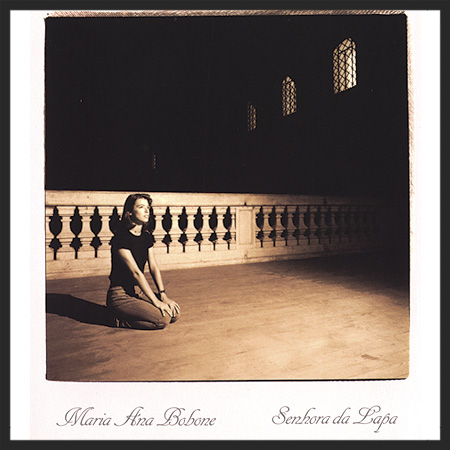 Most often fadistas do not accompany themselves on an instrument, but Maria Ana Bobone does. Often on a piano, and sometimes on a classical guitar. And the bass player Rodrigo Serrão, who often accompanies her, plays an upright bass, sometimes one with a futuristic design. So there are some things in Maria Ana Bobone’s performances and albums that differ from the kind of fado you most often experience in the fado houses of today. But it is beautiful and exciting music, sometimes with melody and/or lyrics by Maria Ana.
Most often fadistas do not accompany themselves on an instrument, but Maria Ana Bobone does. Often on a piano, and sometimes on a classical guitar. And the bass player Rodrigo Serrão, who often accompanies her, plays an upright bass, sometimes one with a futuristic design. So there are some things in Maria Ana Bobone’s performances and albums that differ from the kind of fado you most often experience in the fado houses of today. But it is beautiful and exciting music, sometimes with melody and/or lyrics by Maria Ana.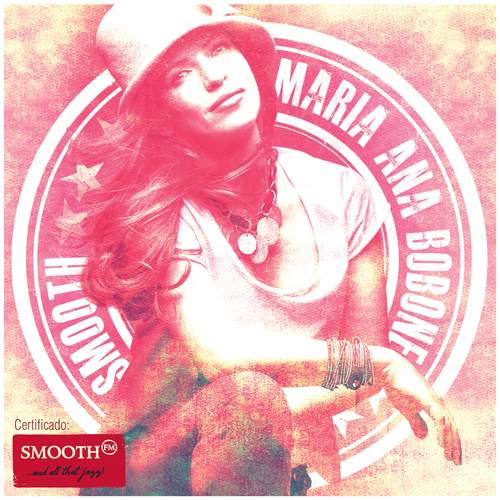 But Maria Ana has also recorded music far from fado. I am thinking of her album Smooth. Actually, I cannot see any relation at all to fado. The English title indicates instead that this album positions itself in the North American/North European culture sphere. When I saw that album for the first time, I got suspicious. I have experienced beautiful fadistas reduce themselves into much less significant singers, trying to interpret songs from the American tradition. They have not been able to compete with singers raised in that tradition, and they have not been able to bring interesting elements of fado into the American tradition. But Maria Ana Bobone is exceptional. She is in this album well in class with her most well-known American colleagues, and she has a part in most of the songs as composer and/or lyricist. My respect for this multi-talented artist continues to grow.
But Maria Ana has also recorded music far from fado. I am thinking of her album Smooth. Actually, I cannot see any relation at all to fado. The English title indicates instead that this album positions itself in the North American/North European culture sphere. When I saw that album for the first time, I got suspicious. I have experienced beautiful fadistas reduce themselves into much less significant singers, trying to interpret songs from the American tradition. They have not been able to compete with singers raised in that tradition, and they have not been able to bring interesting elements of fado into the American tradition. But Maria Ana Bobone is exceptional. She is in this album well in class with her most well-known American colleagues, and she has a part in most of the songs as composer and/or lyricist. My respect for this multi-talented artist continues to grow.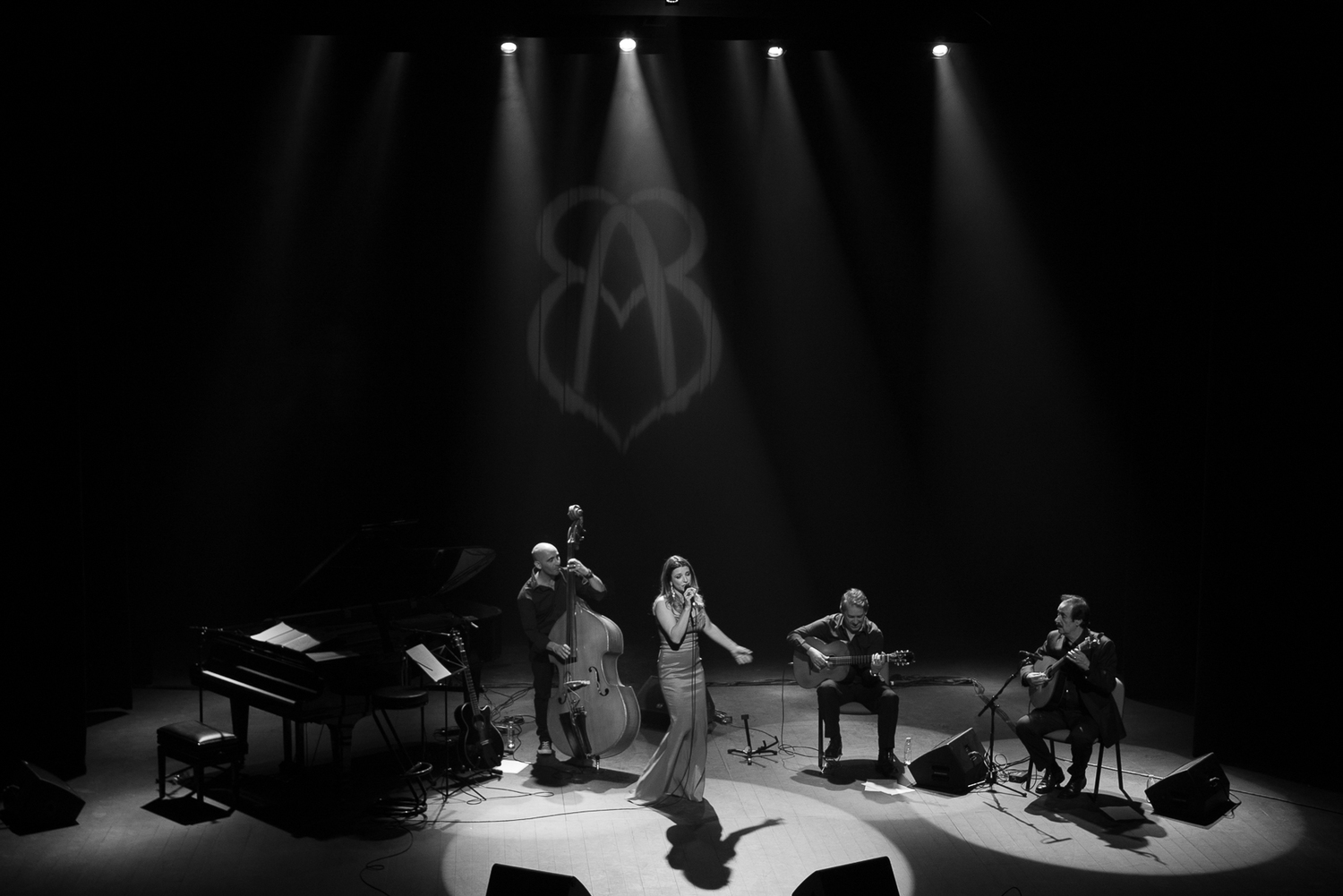 Which kind of venue does she prefer? They are different experiences, she says. Maria Ana likes the human contact without barriers and technique in a fado house or other small venue, but she also enjoys the show of a big concert, for instance in the great auditorium in Centro Cultural de Belém. She earlier used to sing in churches, which of course is a kind of venue suitable for her way of singing. Maria Ana has also performed internationally in different countries – in big concert halls and at small venues.
Which kind of venue does she prefer? They are different experiences, she says. Maria Ana likes the human contact without barriers and technique in a fado house or other small venue, but she also enjoys the show of a big concert, for instance in the great auditorium in Centro Cultural de Belém. She earlier used to sing in churches, which of course is a kind of venue suitable for her way of singing. Maria Ana has also performed internationally in different countries – in big concert halls and at small venues. I agree with Maria Ana. Empathy and passion are two of the feelings that give depth to a fado experience – even if you only understand the emotional expression, not the language. Actually, I believe that is why you have to be quiet and concentrate on the performance in a fado house. If you think of something else your experience will be disturbed. And if you talk or eat during the performance, the fado experience will be ruined for everyone in the room.
I agree with Maria Ana. Empathy and passion are two of the feelings that give depth to a fado experience – even if you only understand the emotional expression, not the language. Actually, I believe that is why you have to be quiet and concentrate on the performance in a fado house. If you think of something else your experience will be disturbed. And if you talk or eat during the performance, the fado experience will be ruined for everyone in the room.